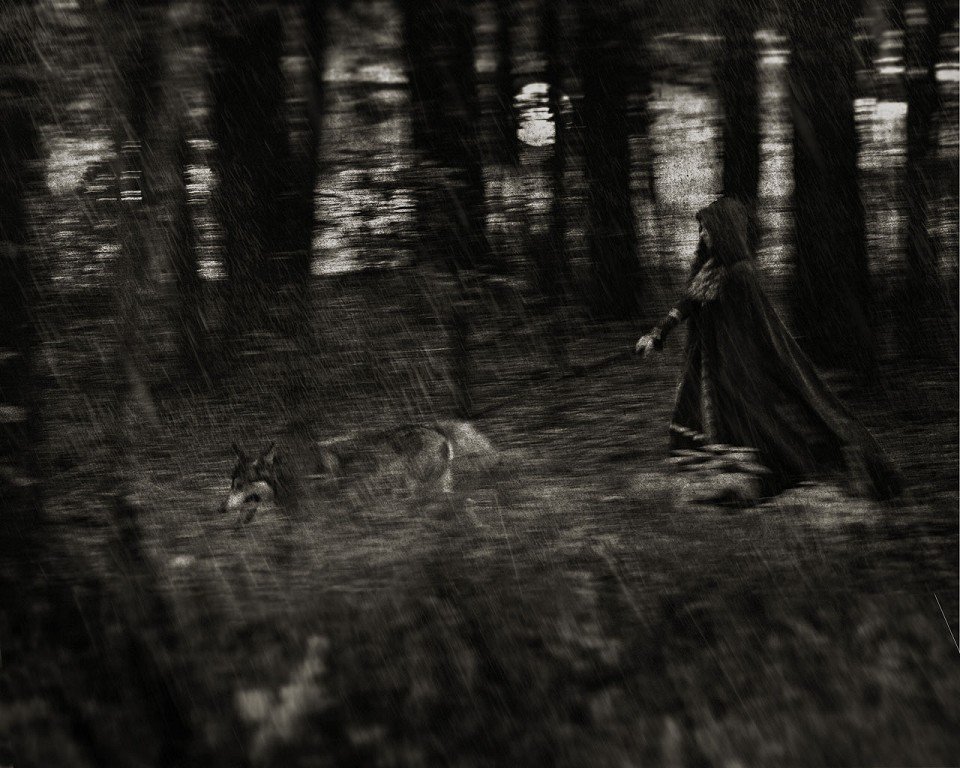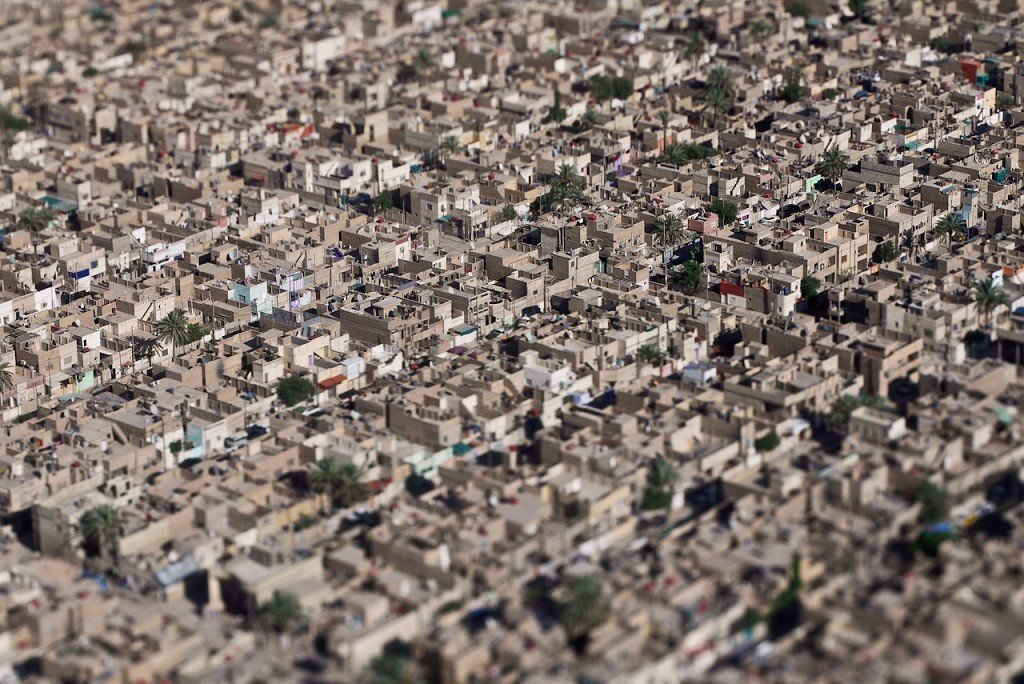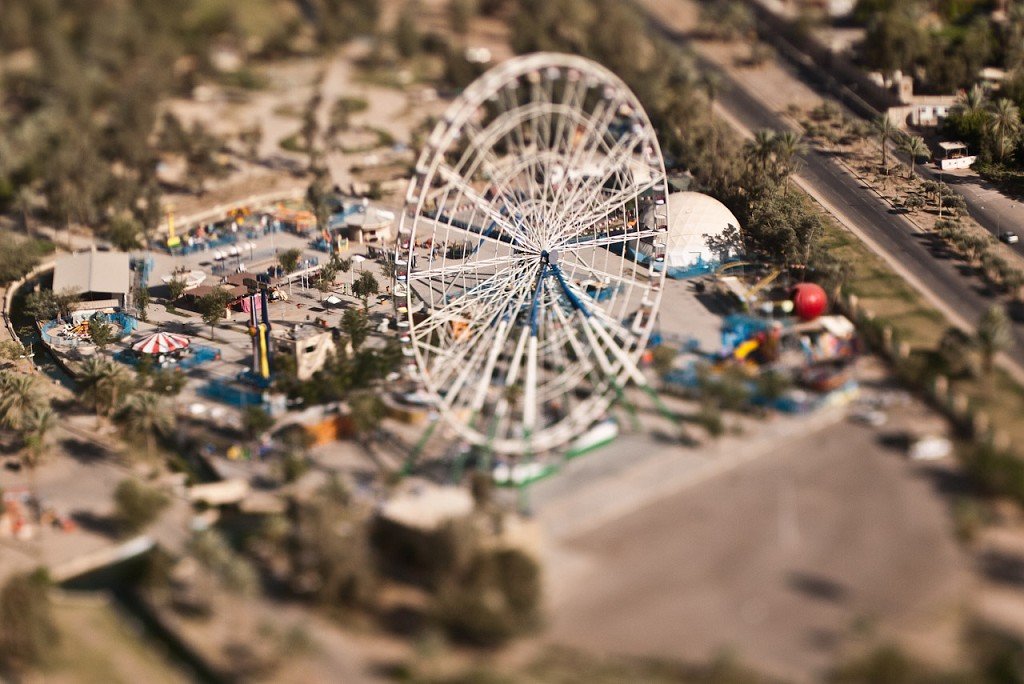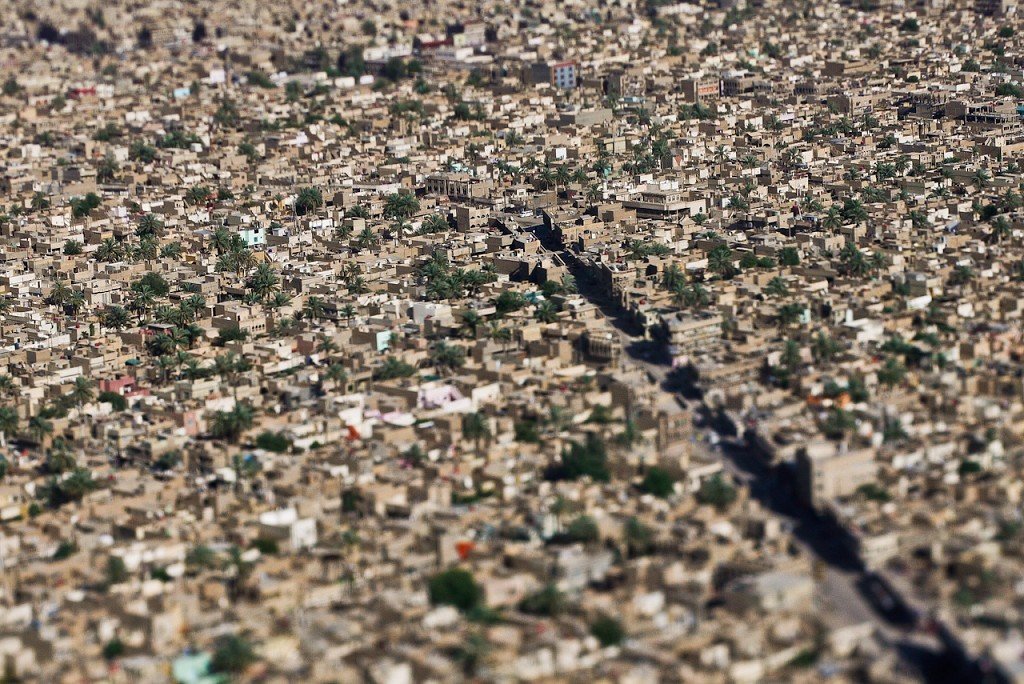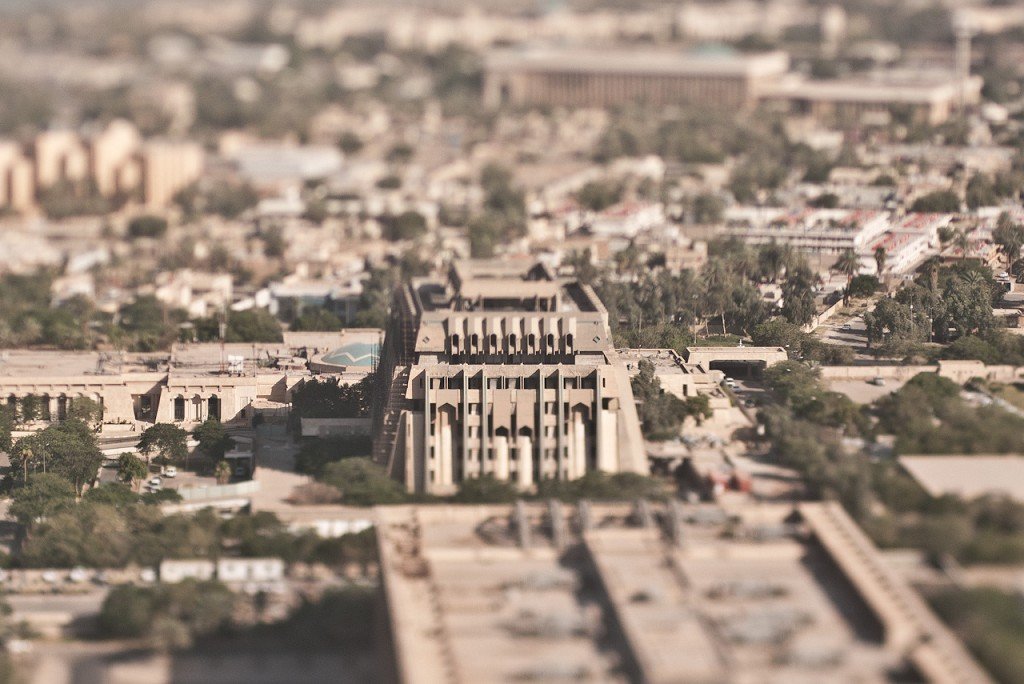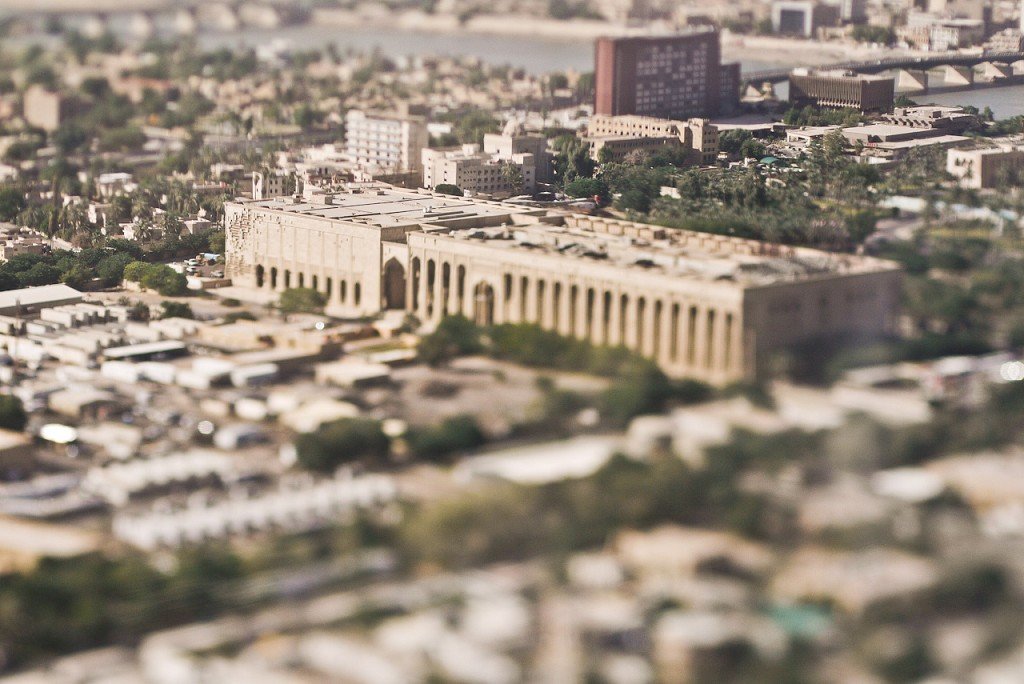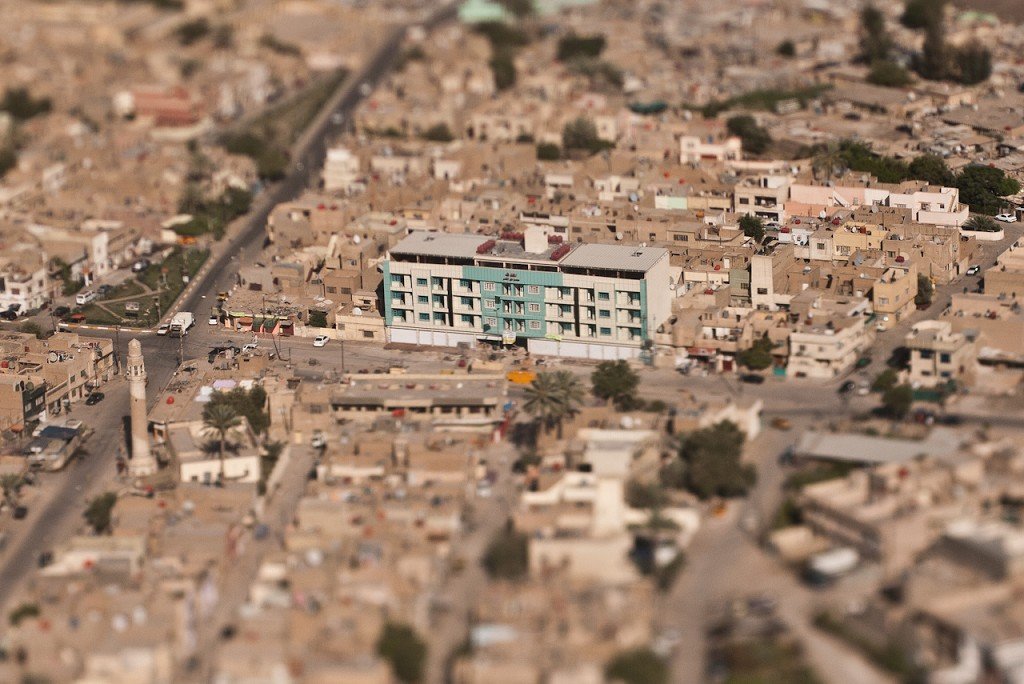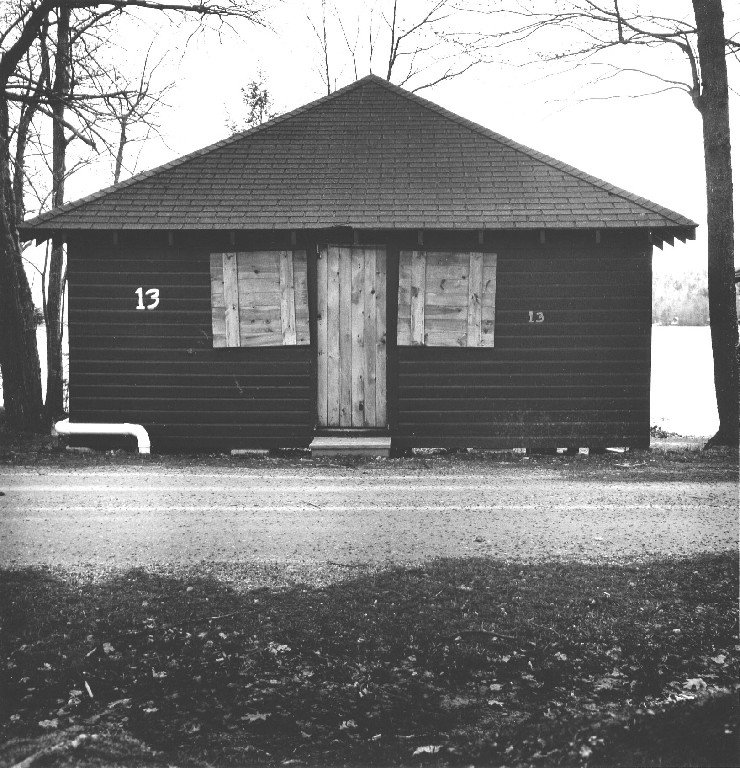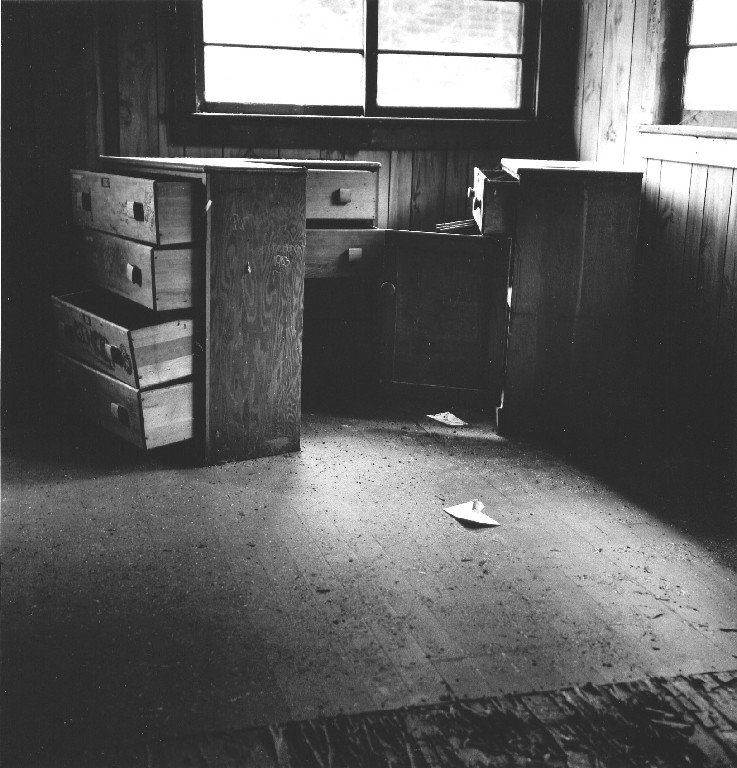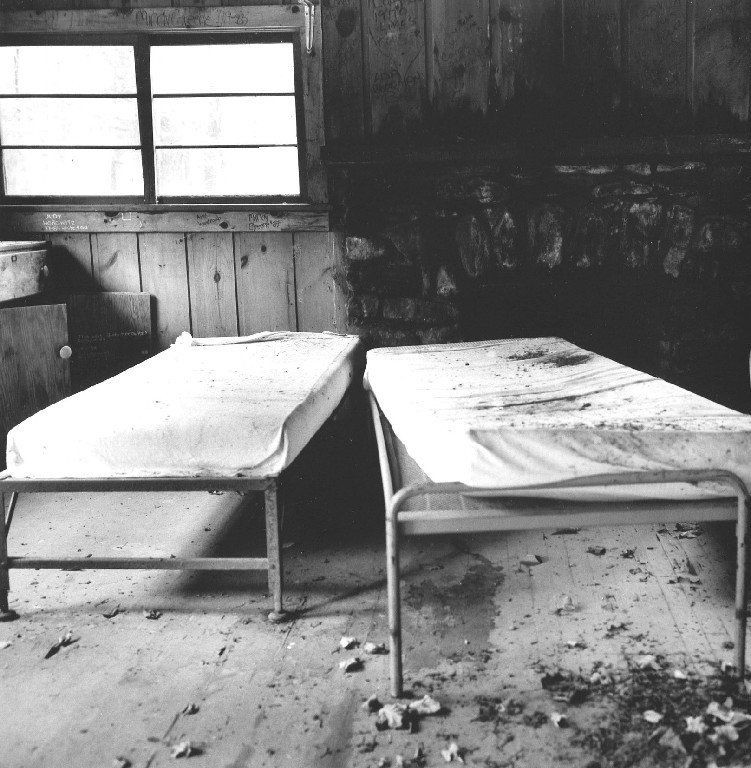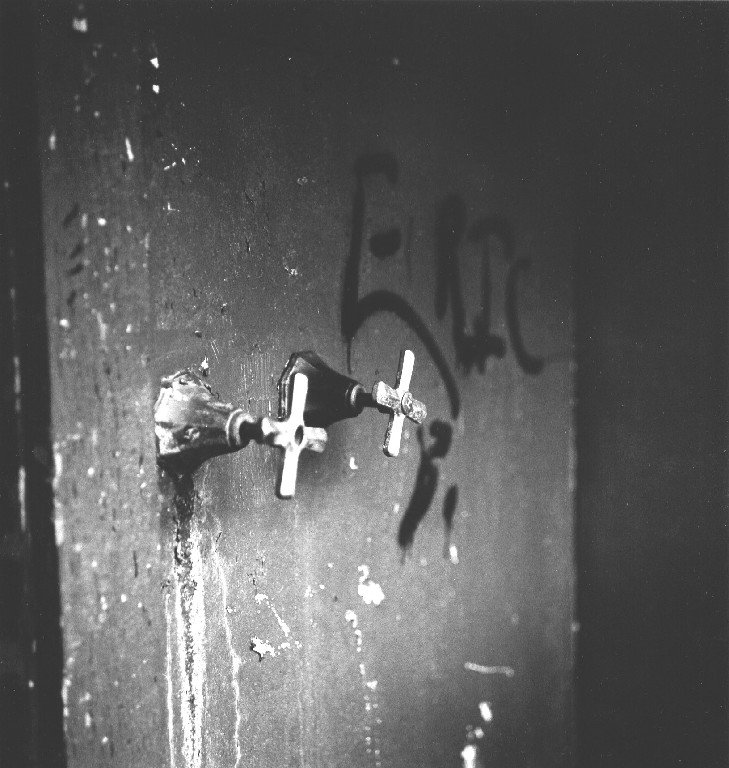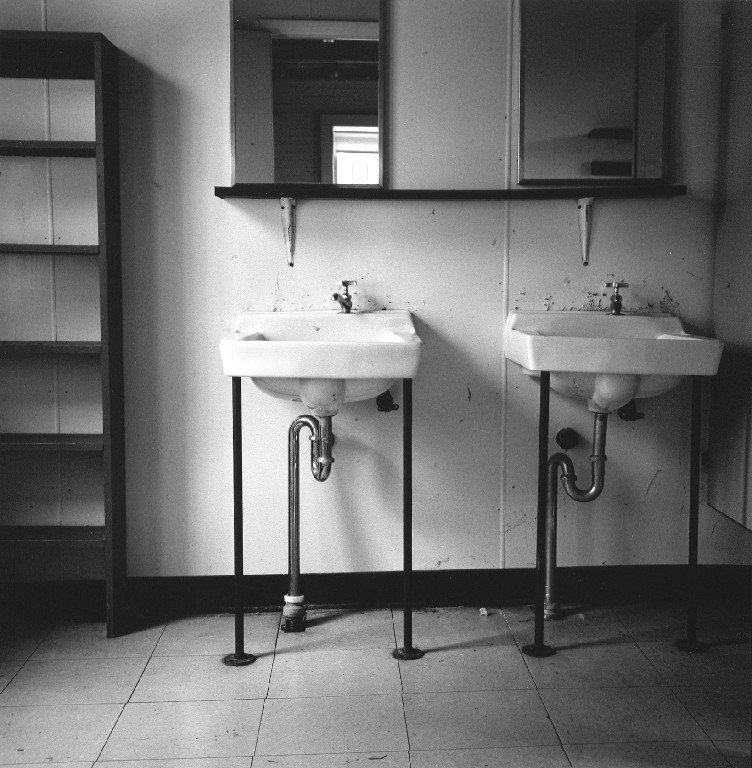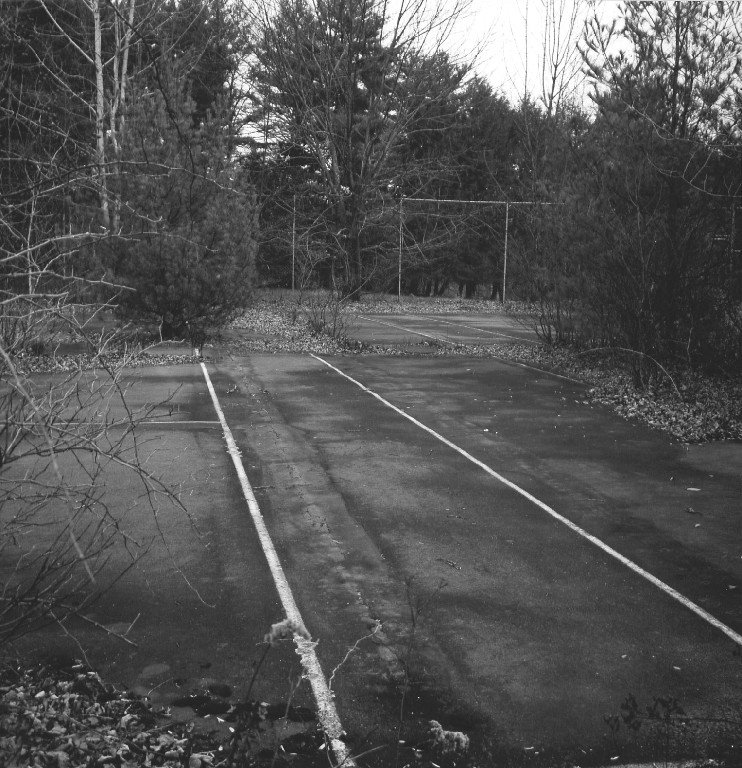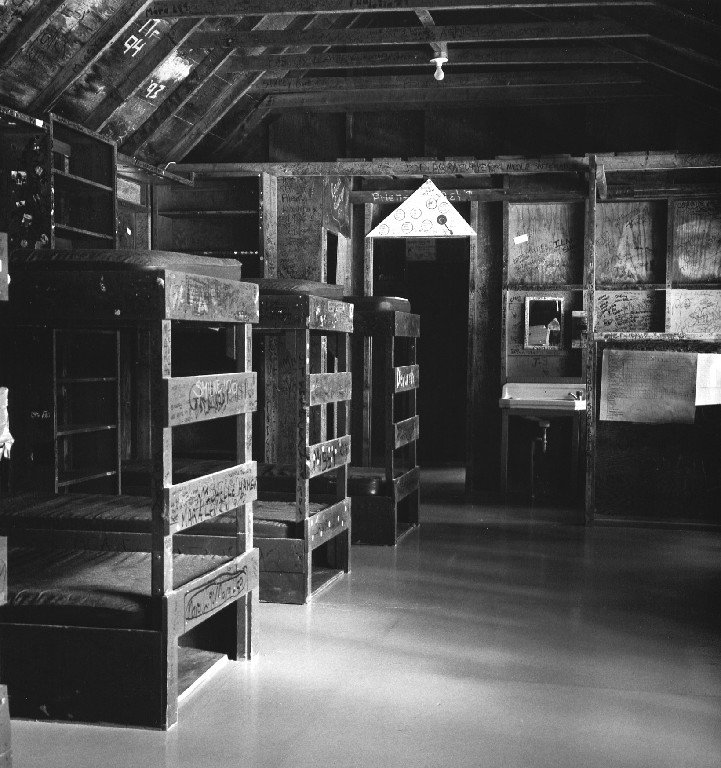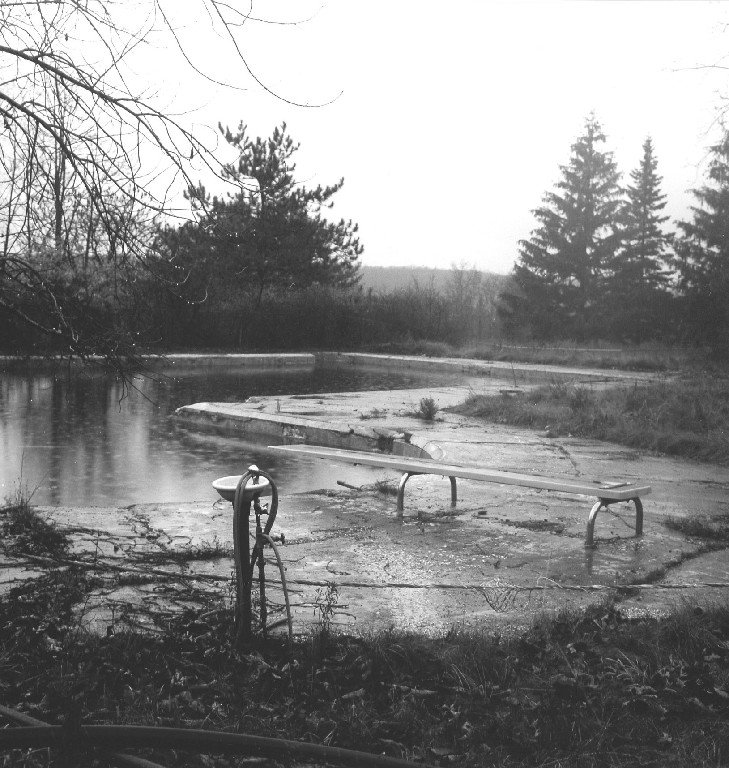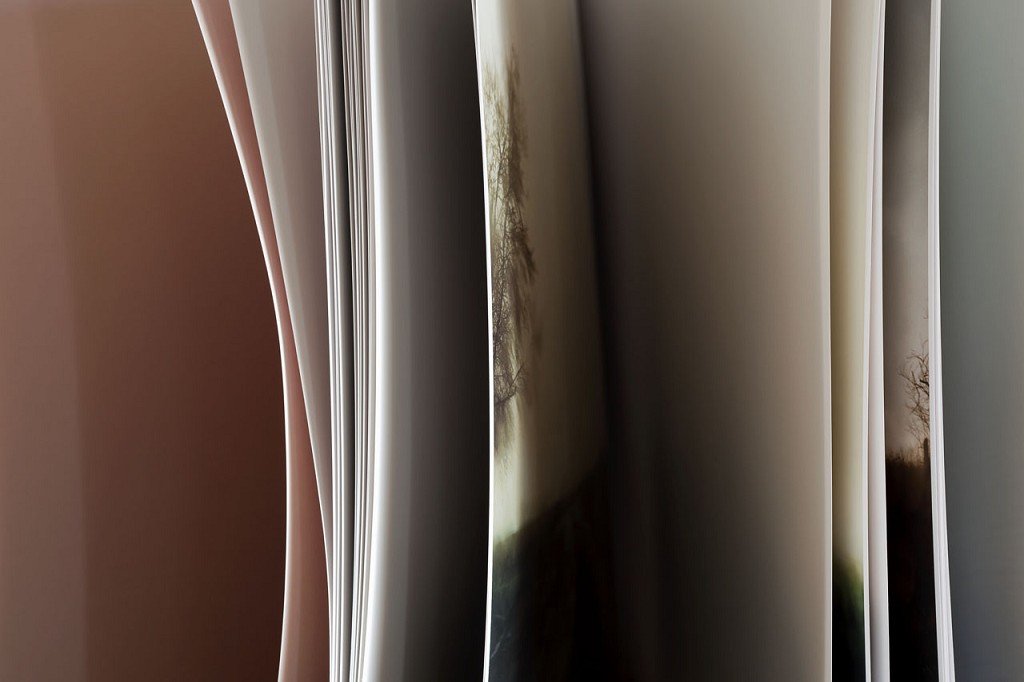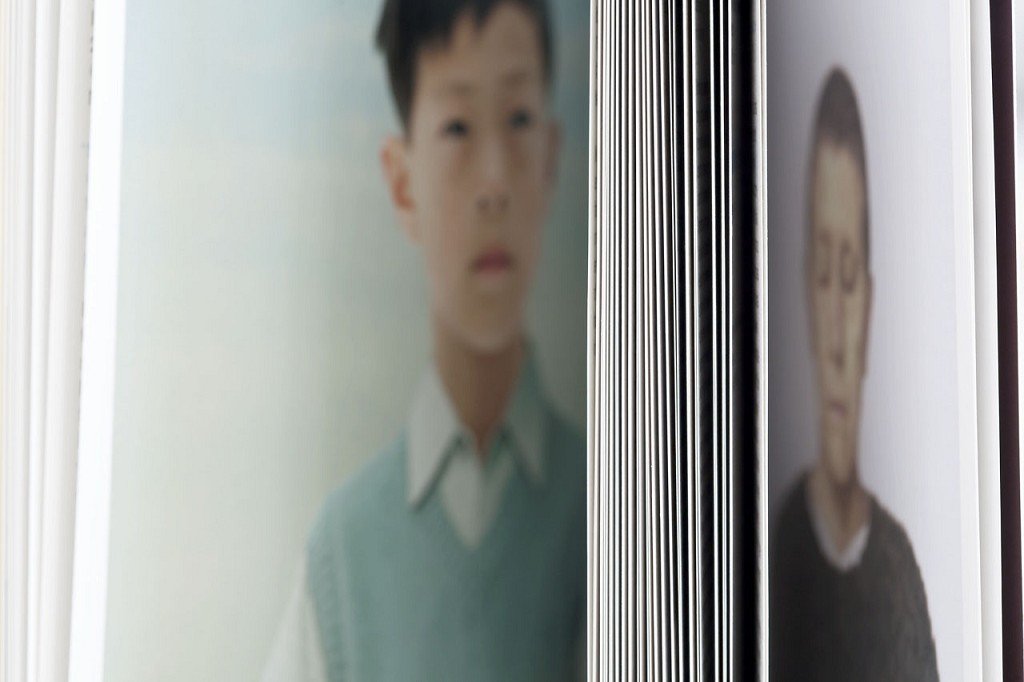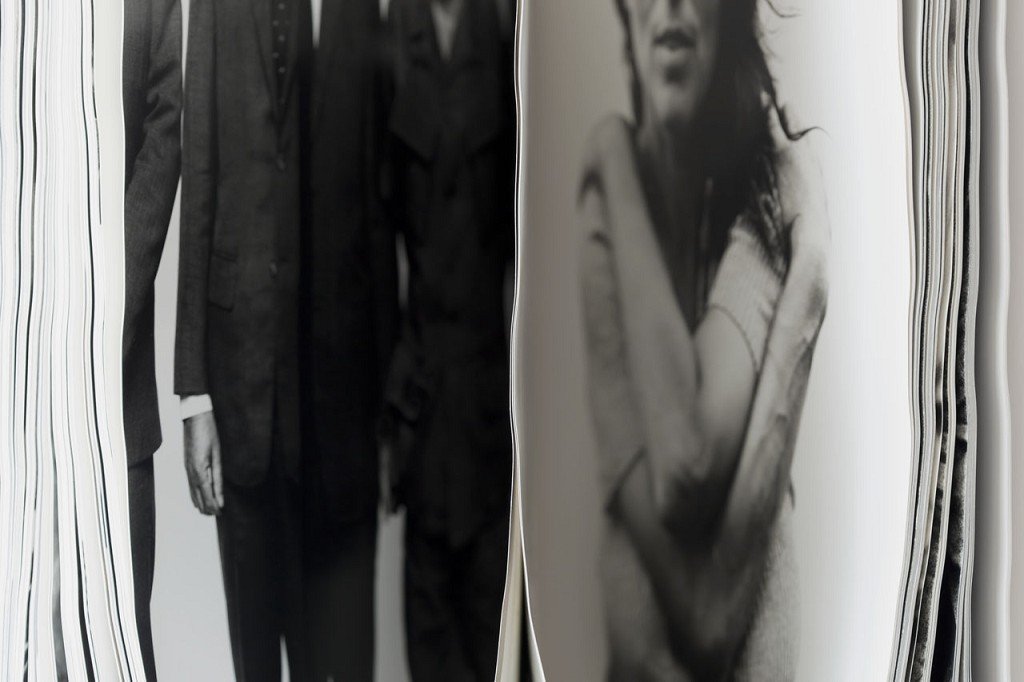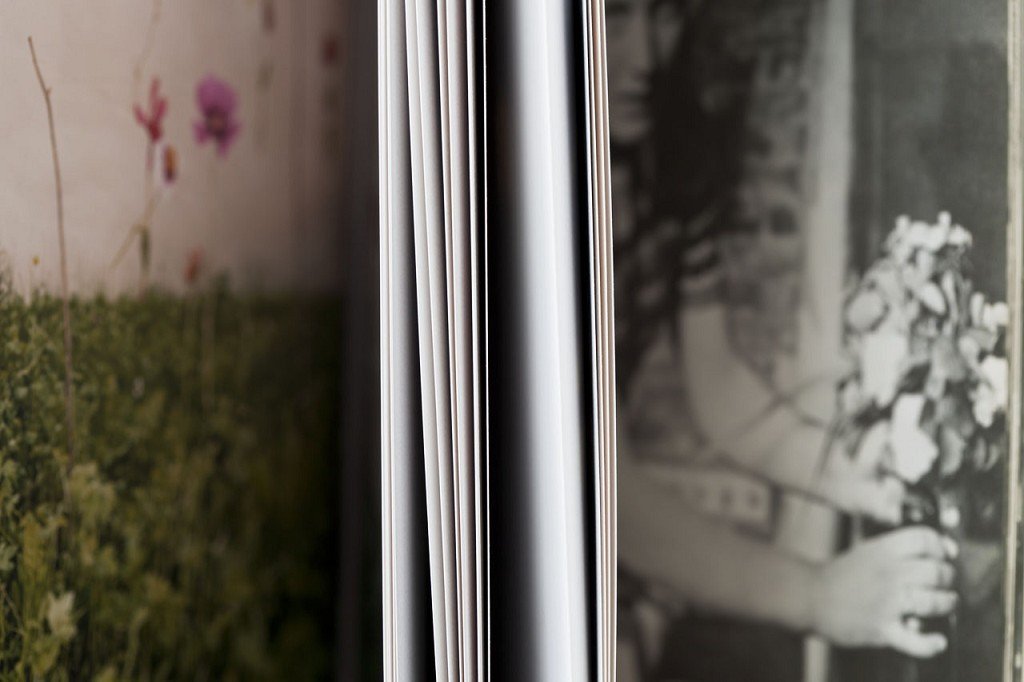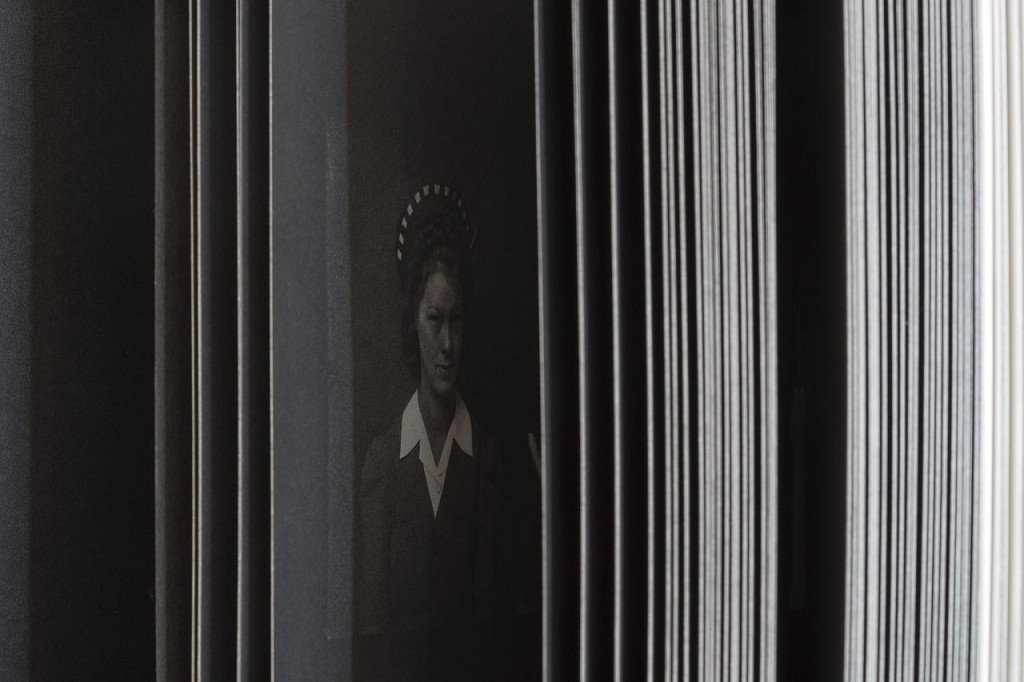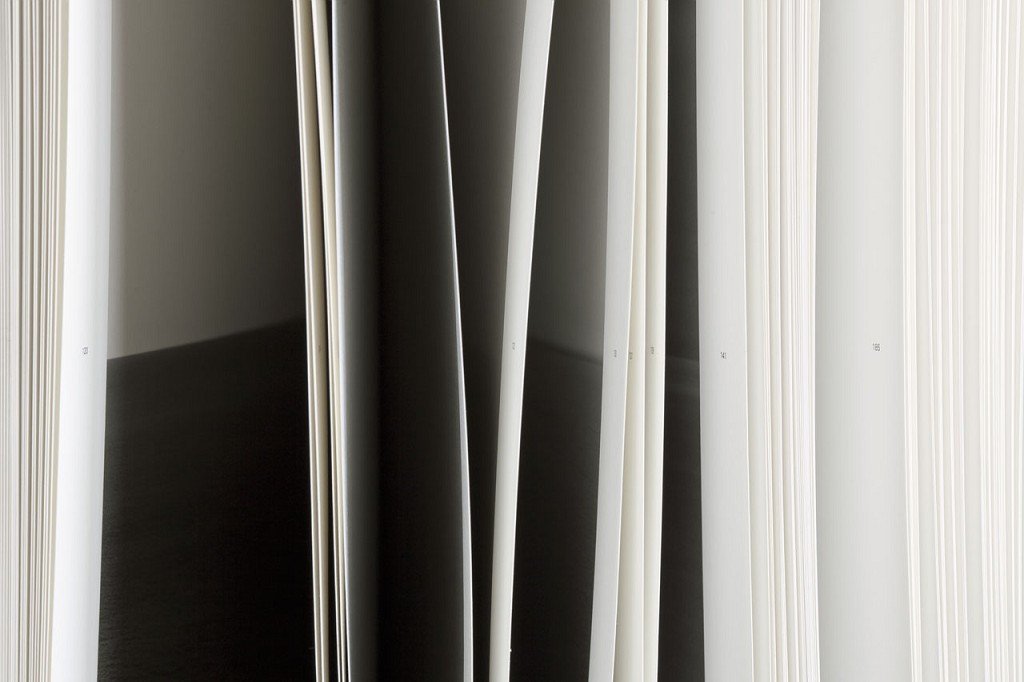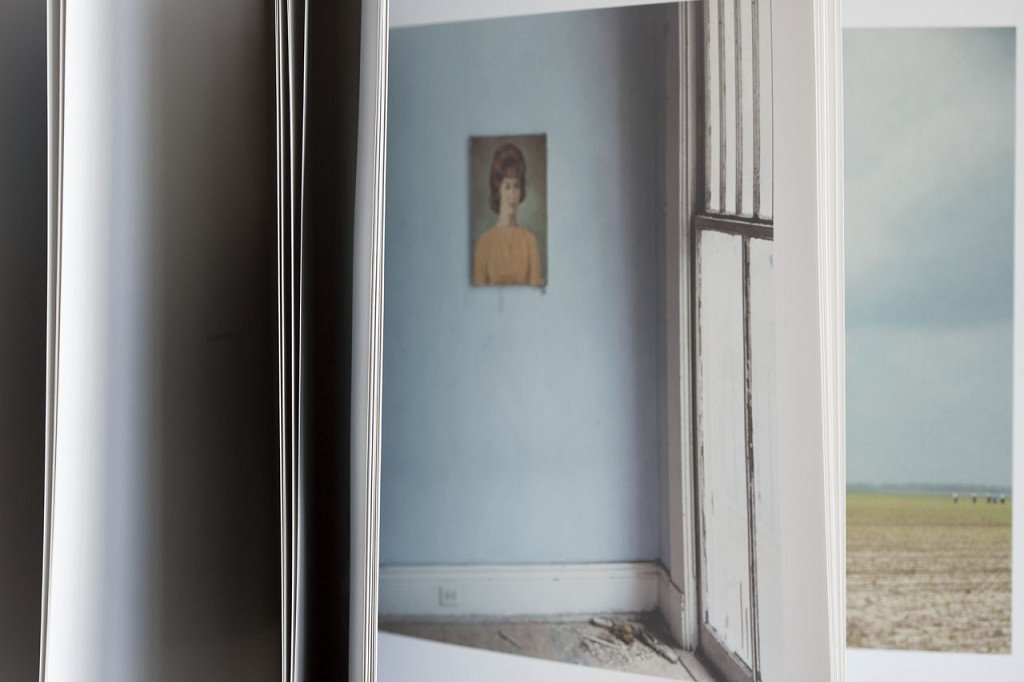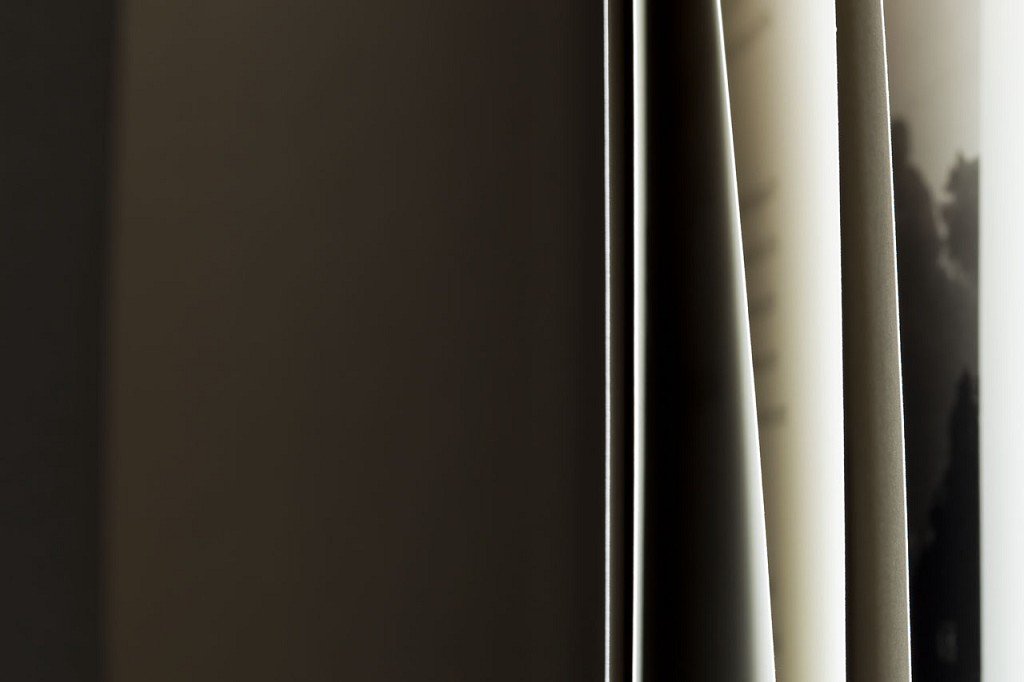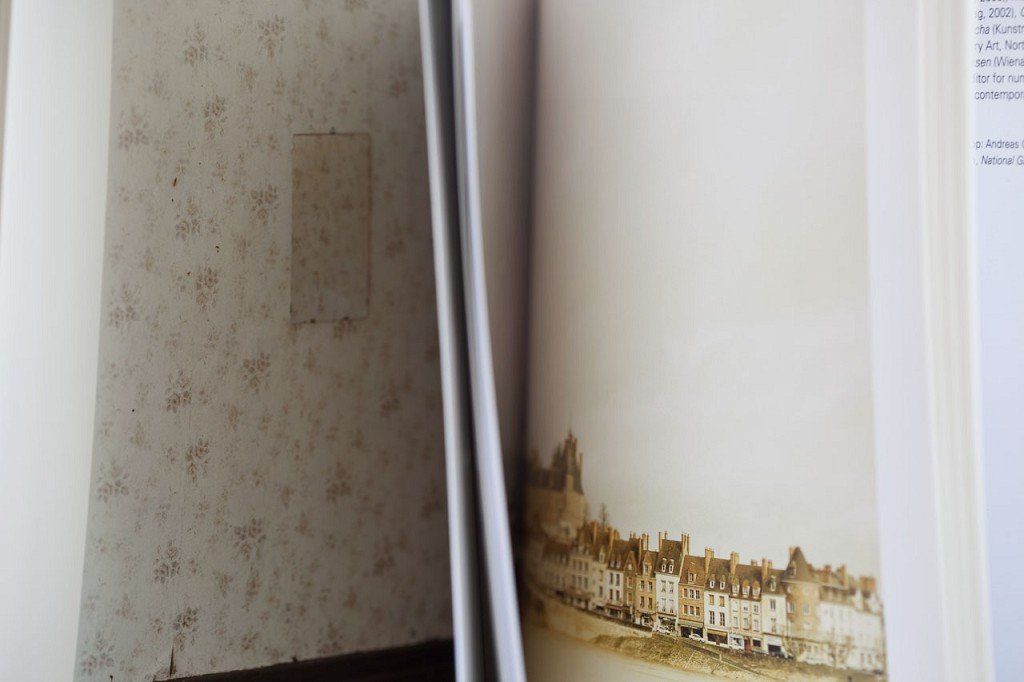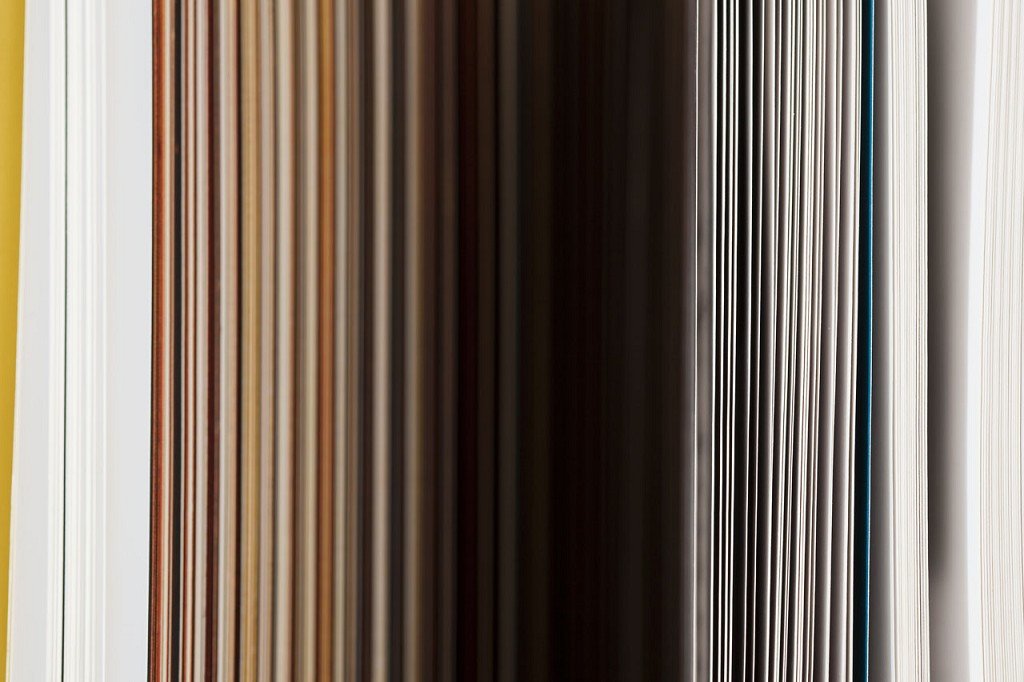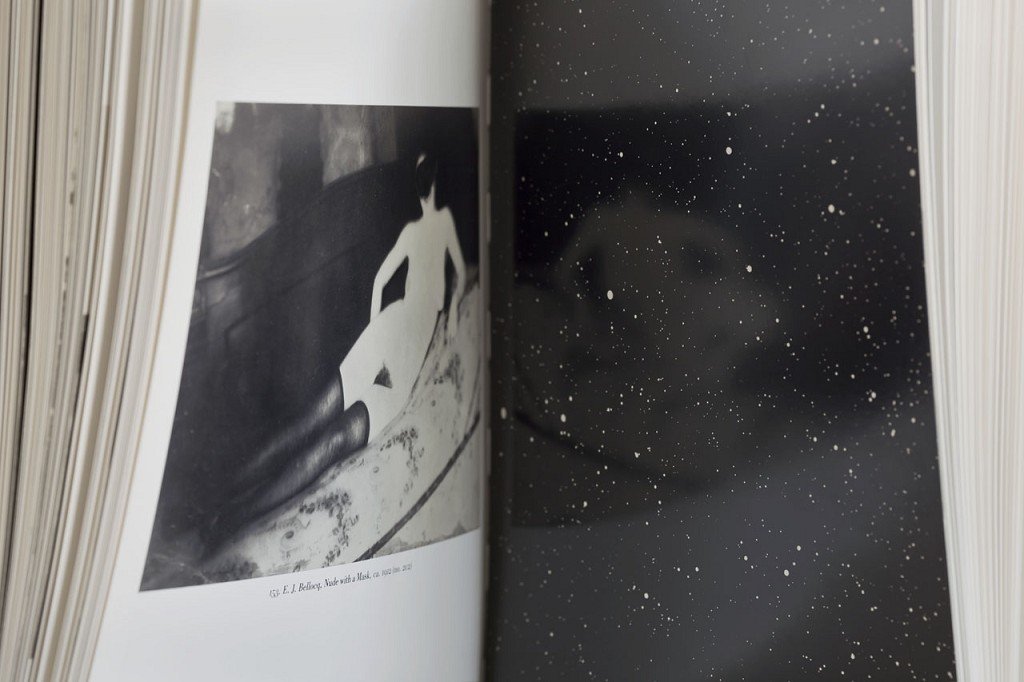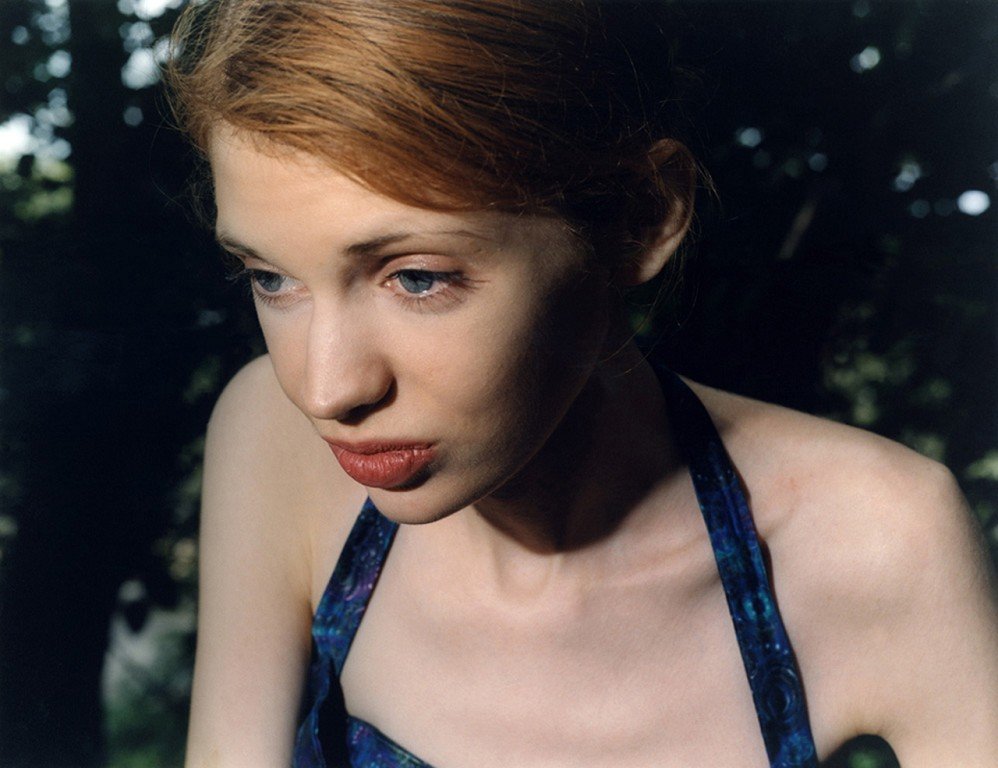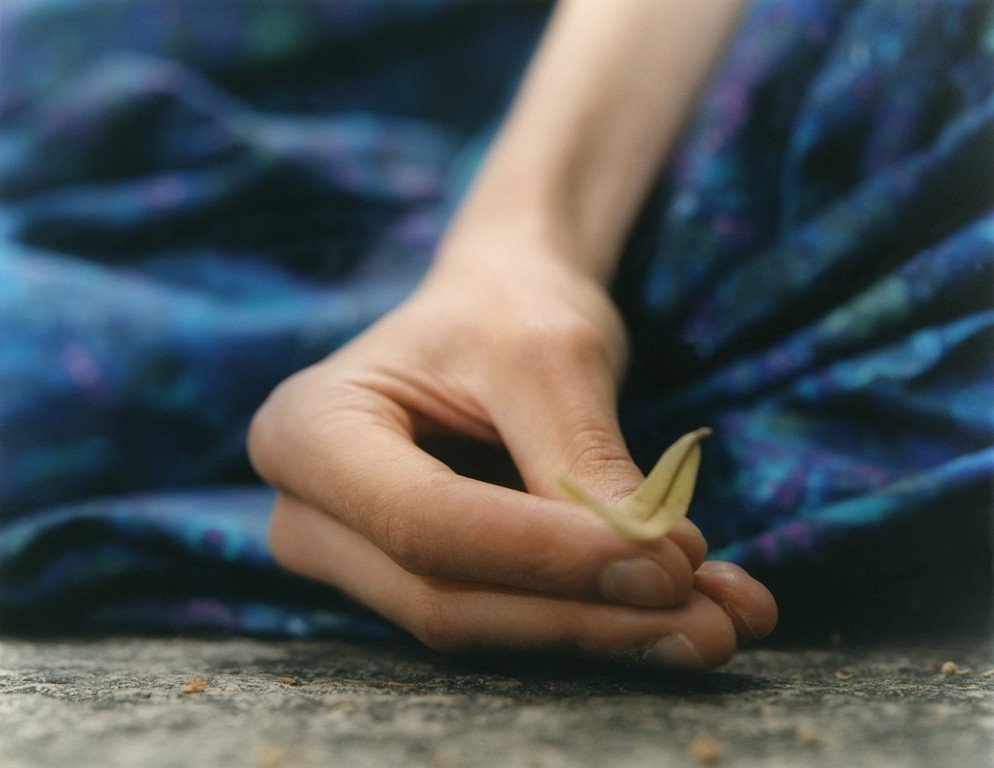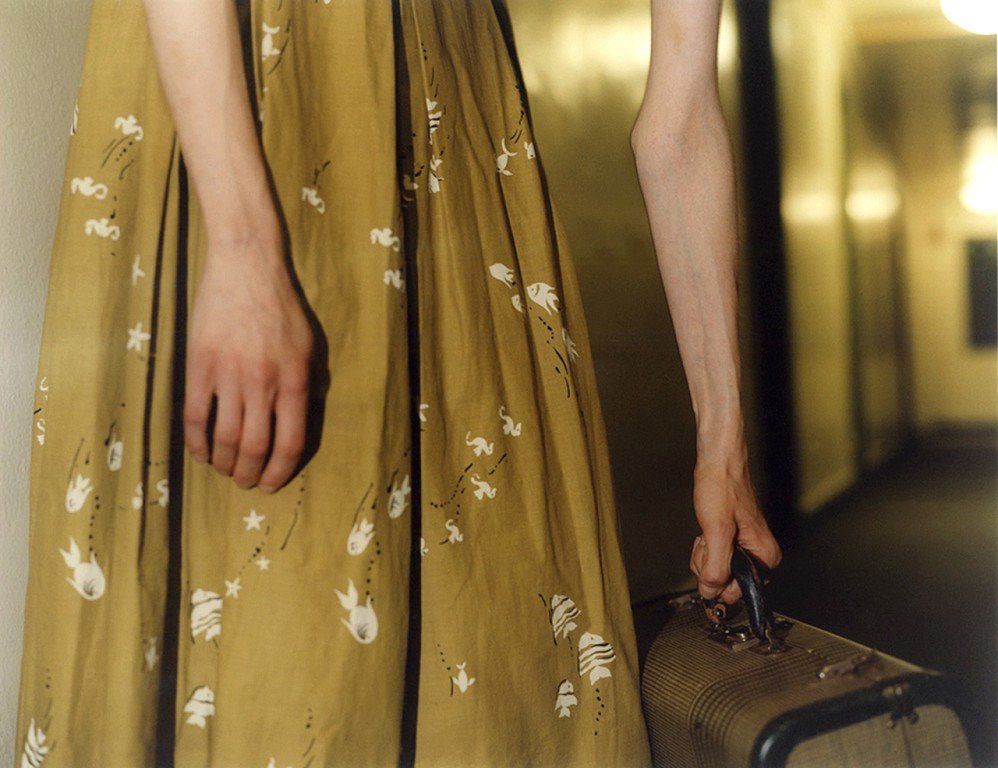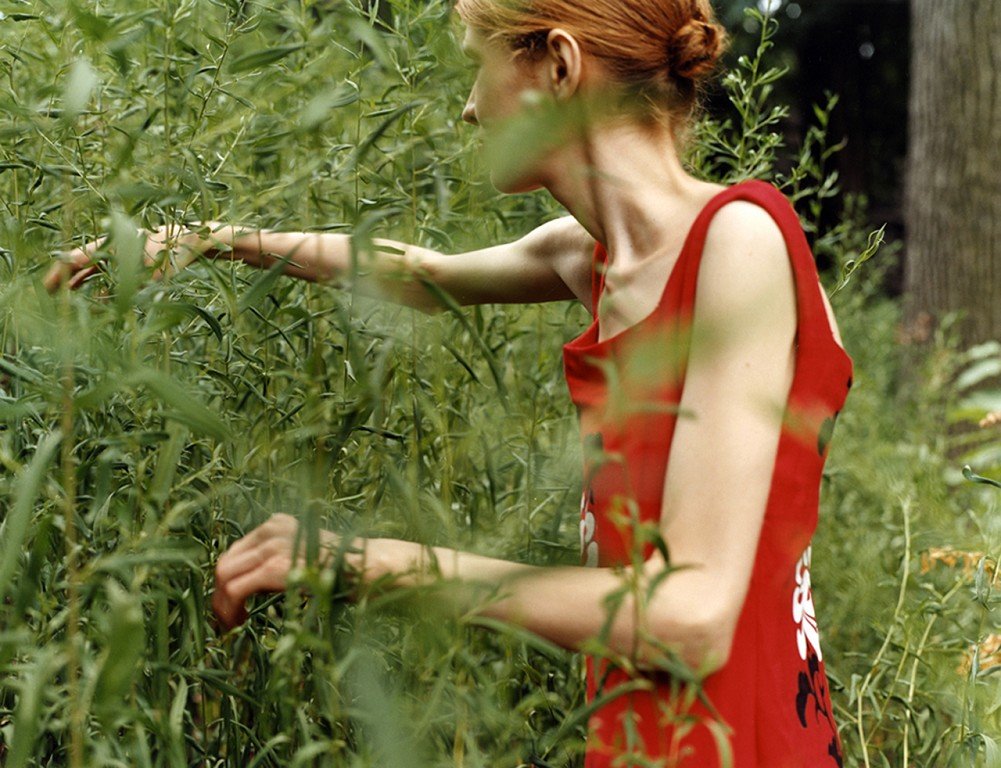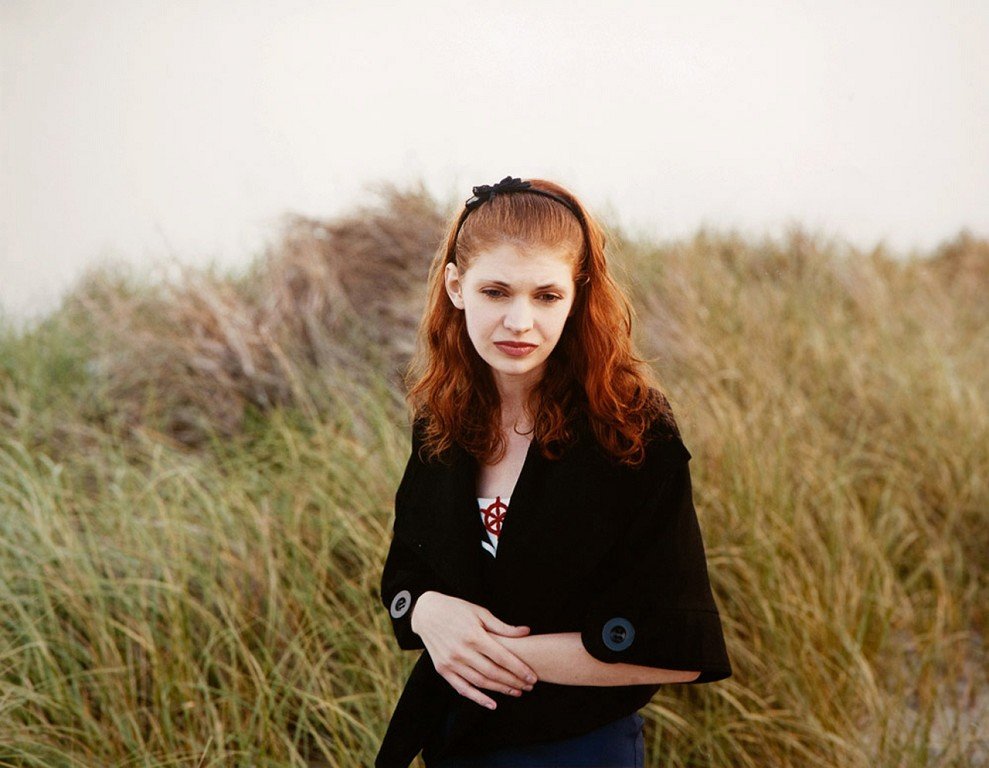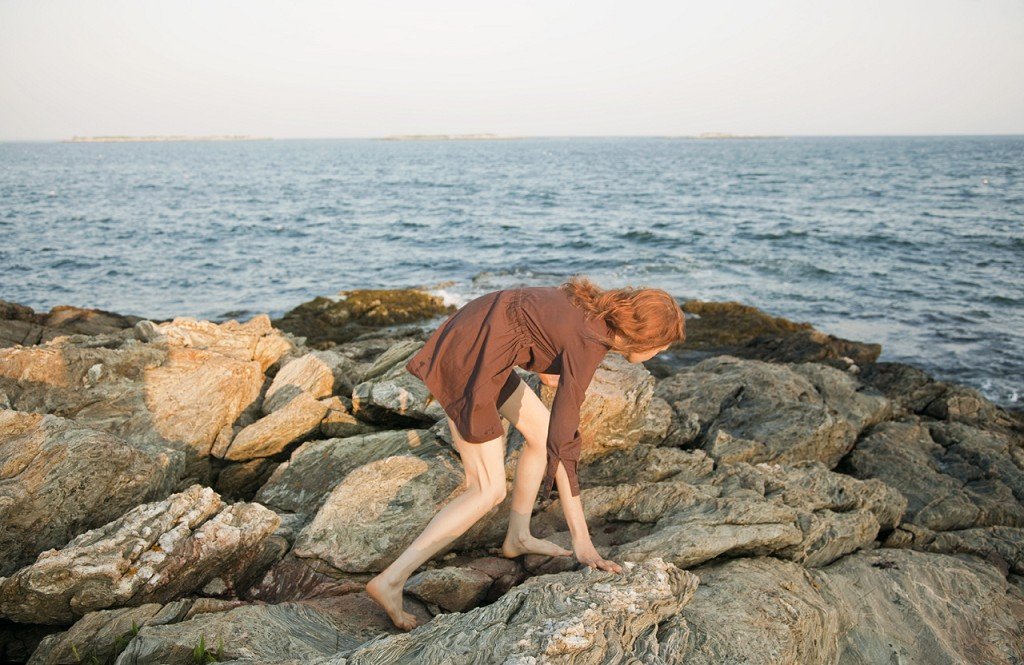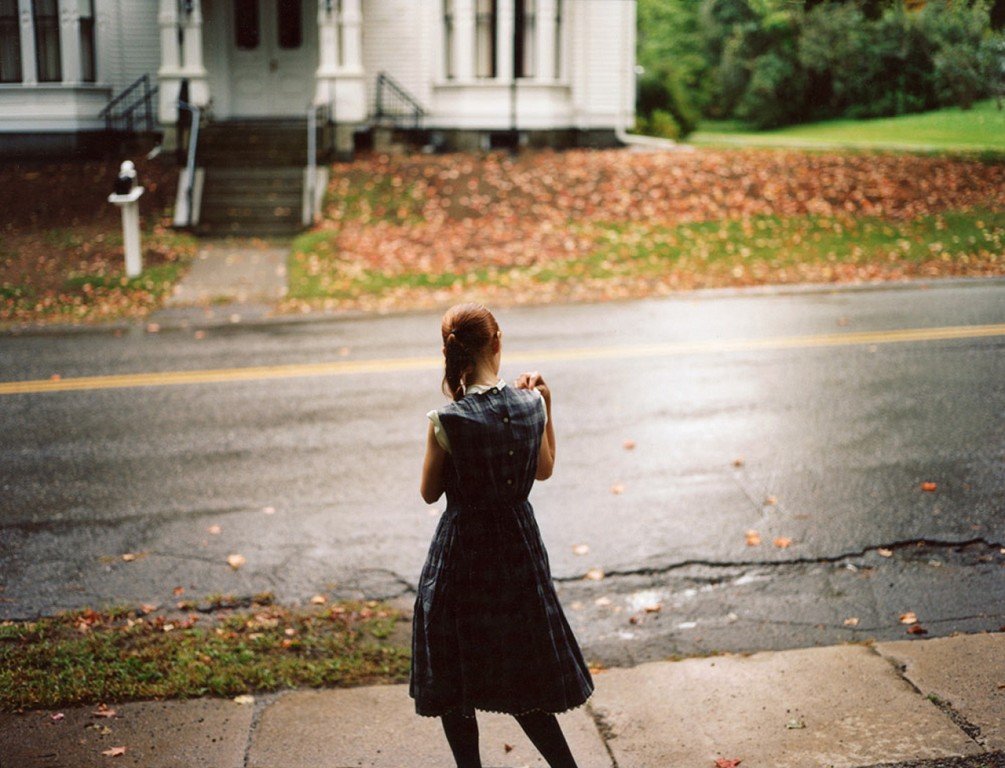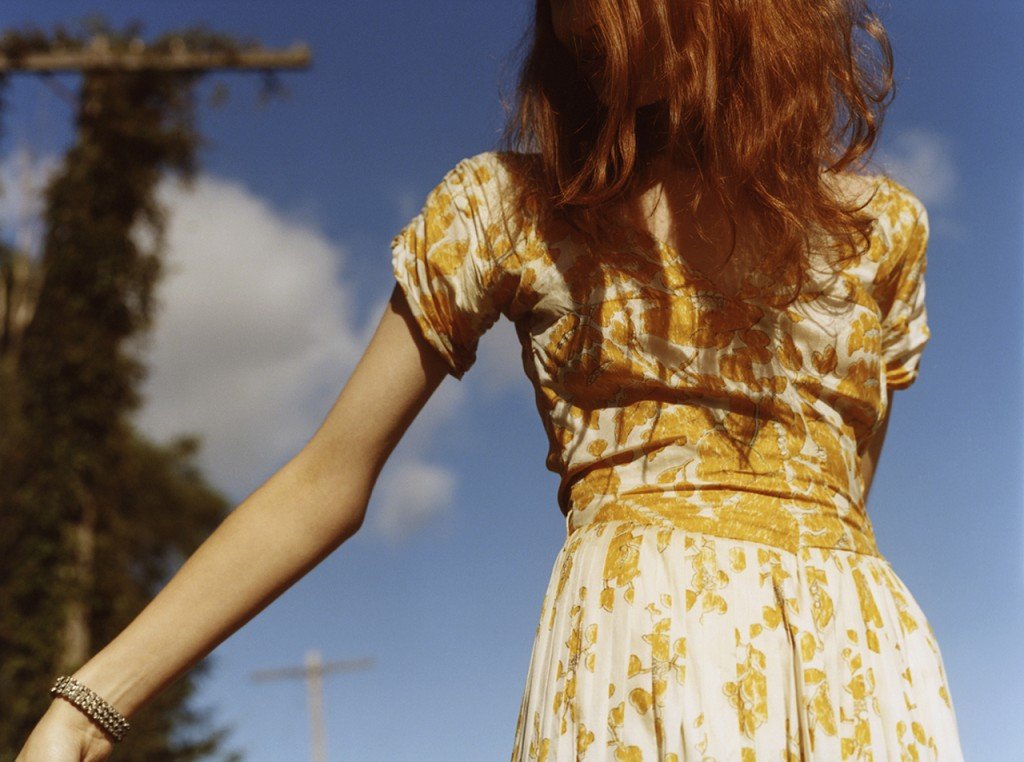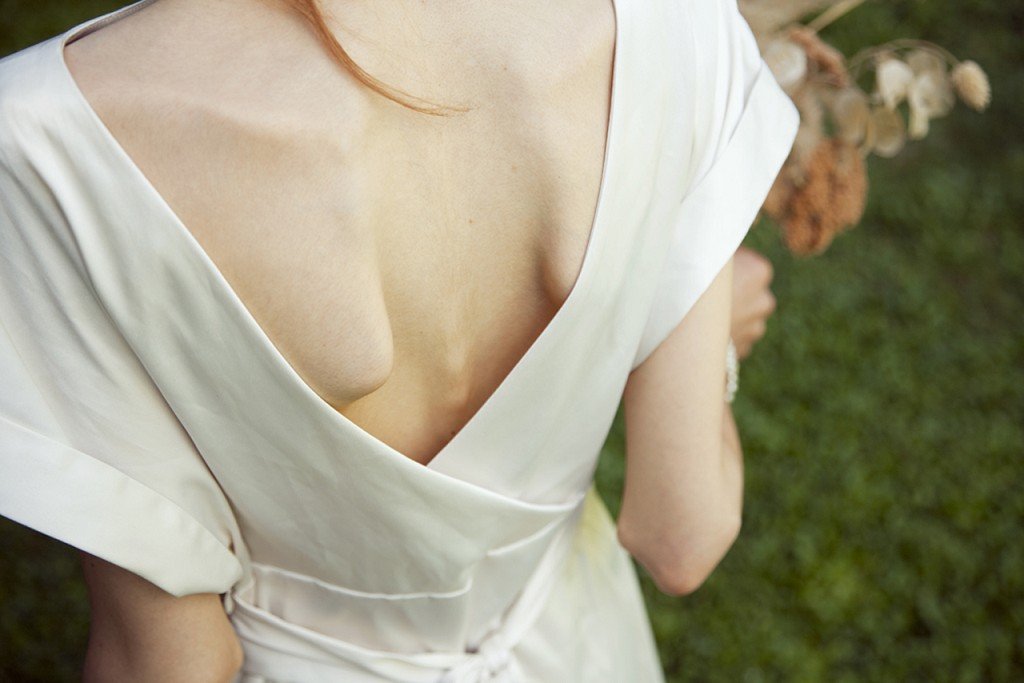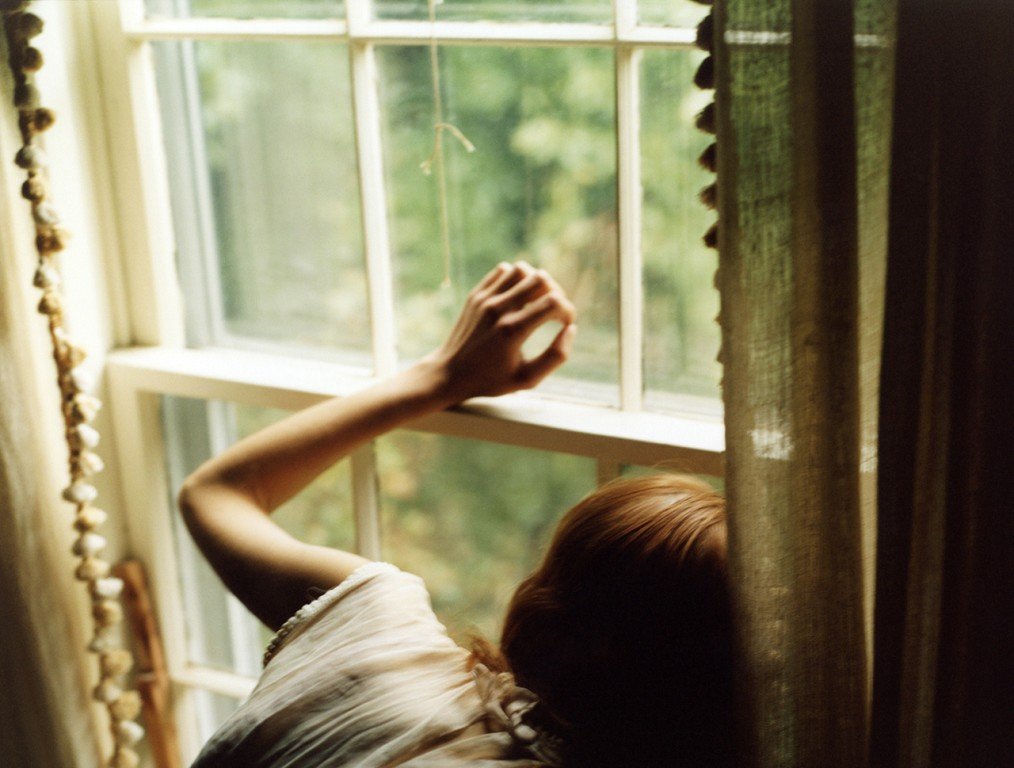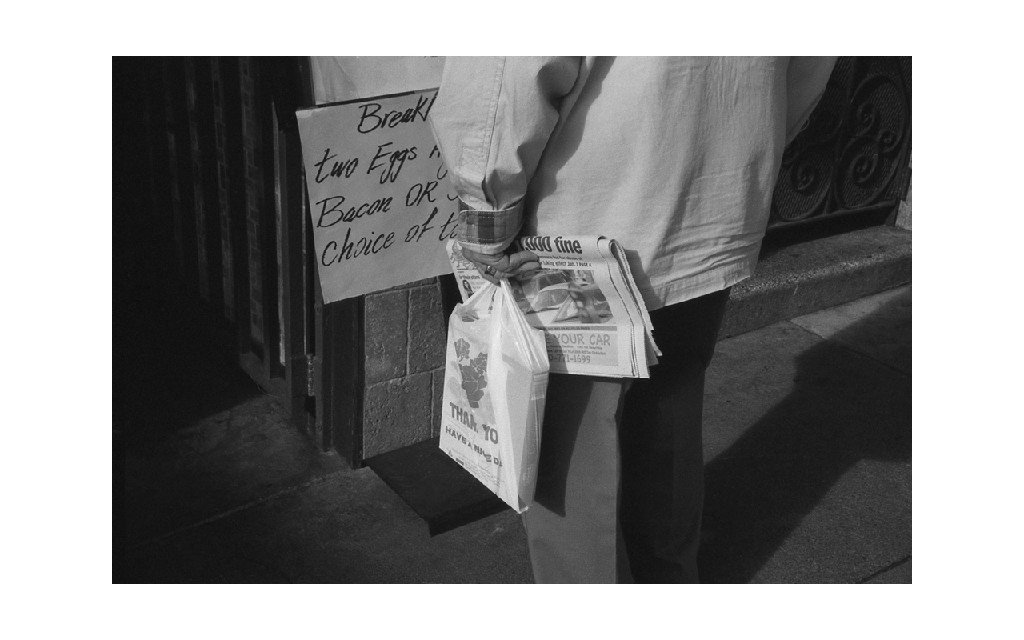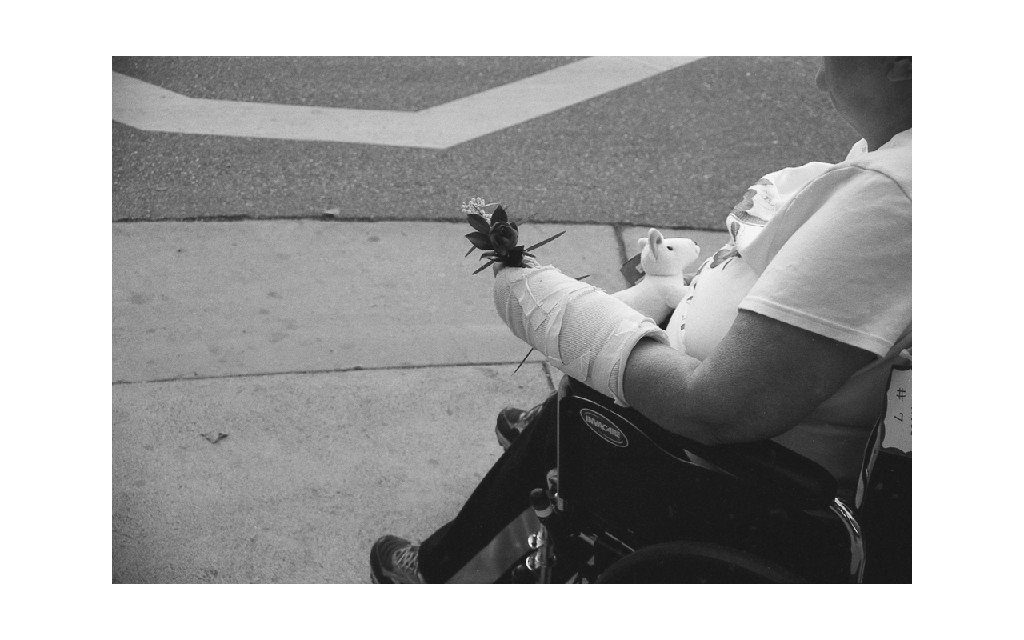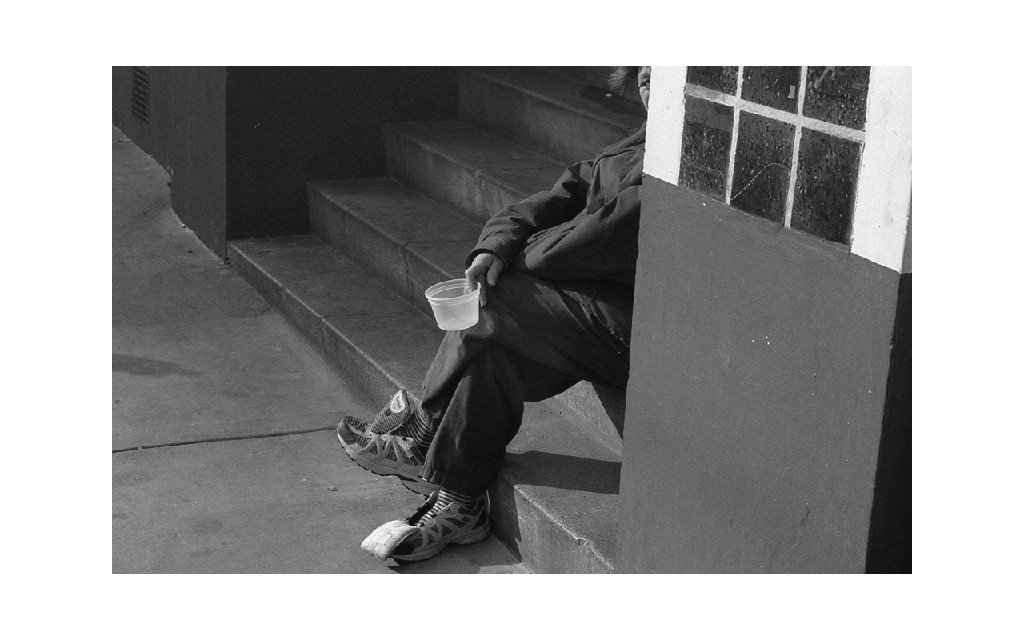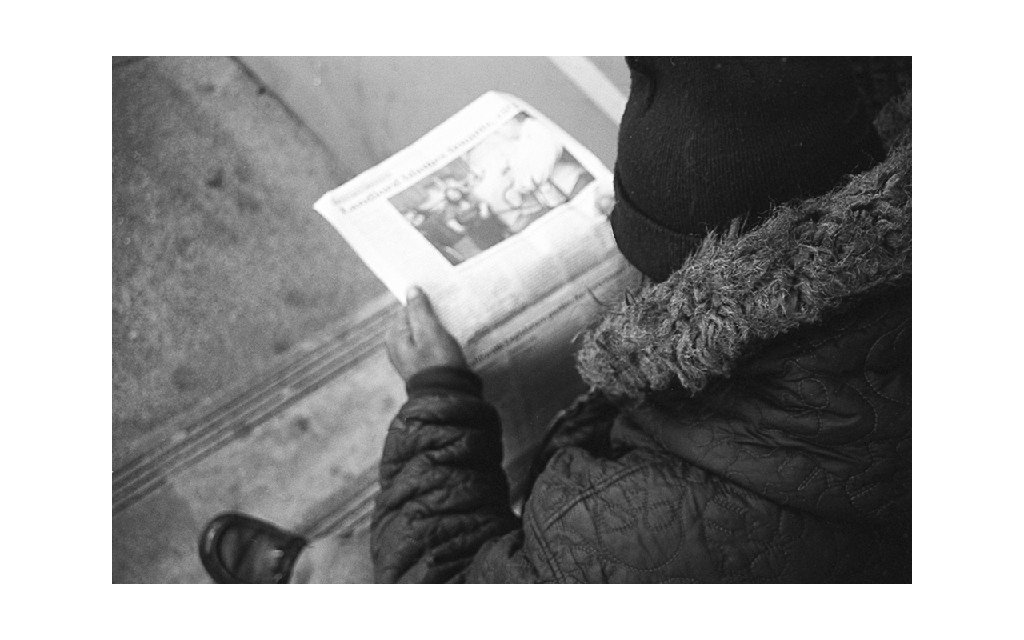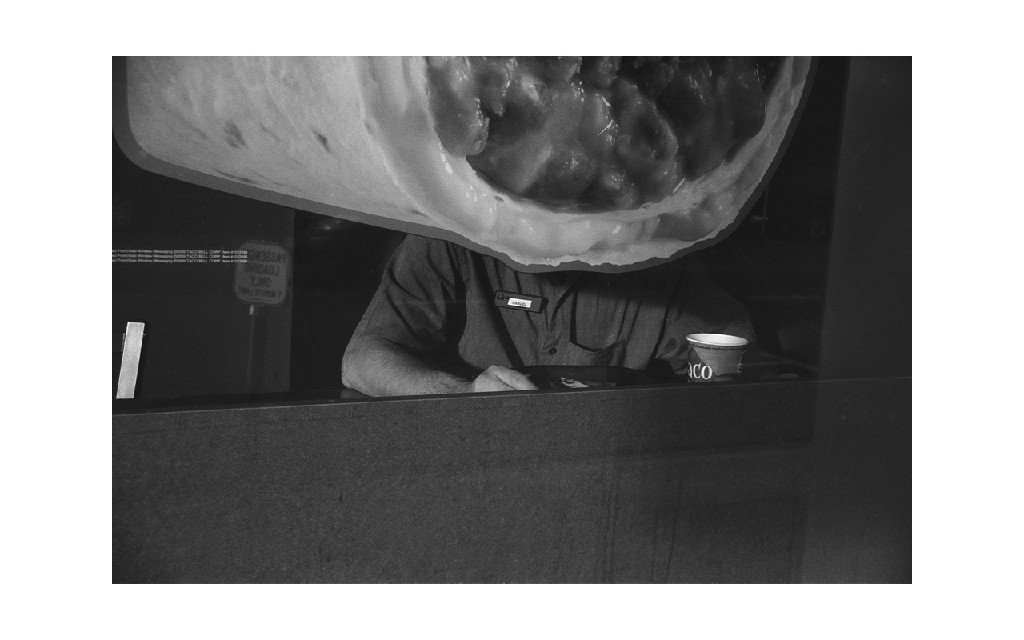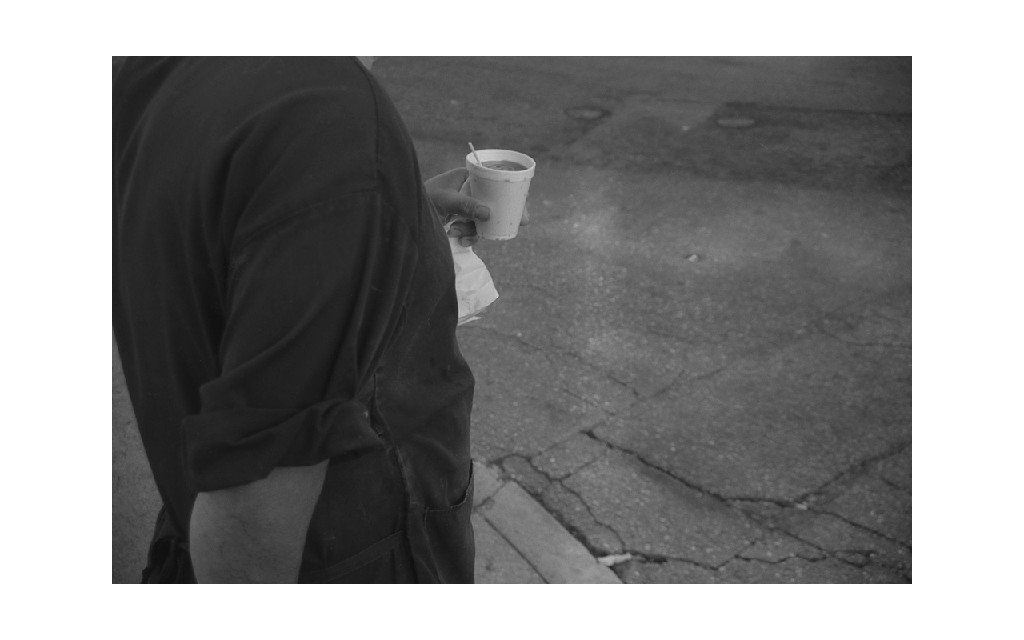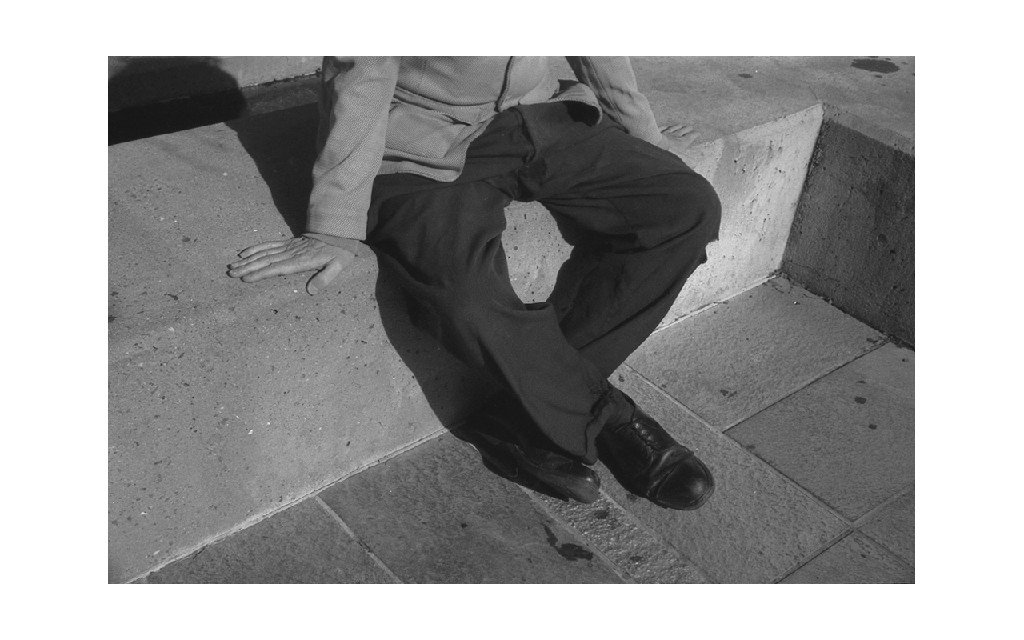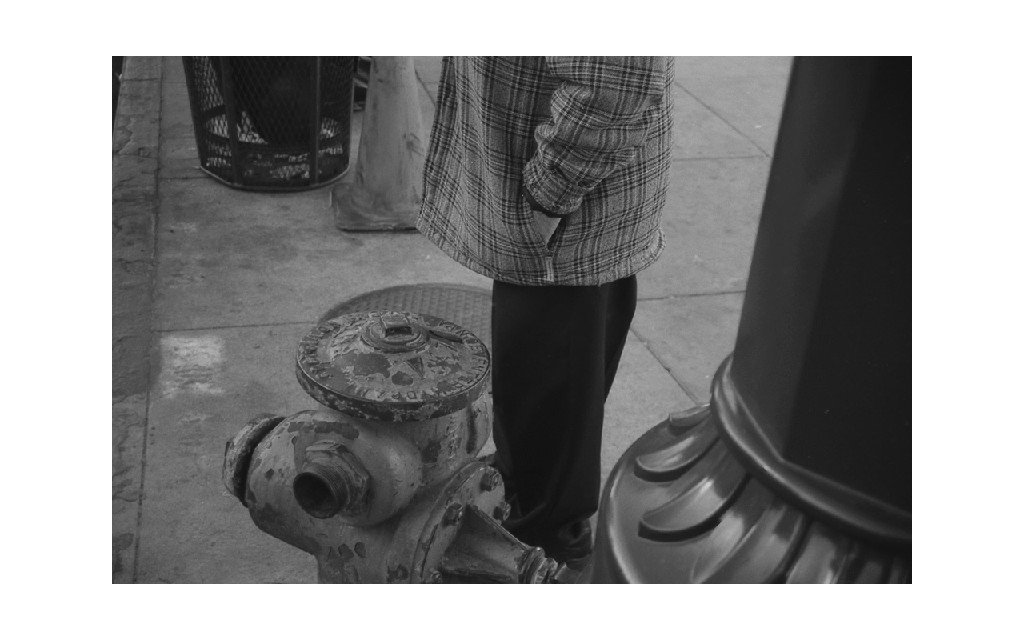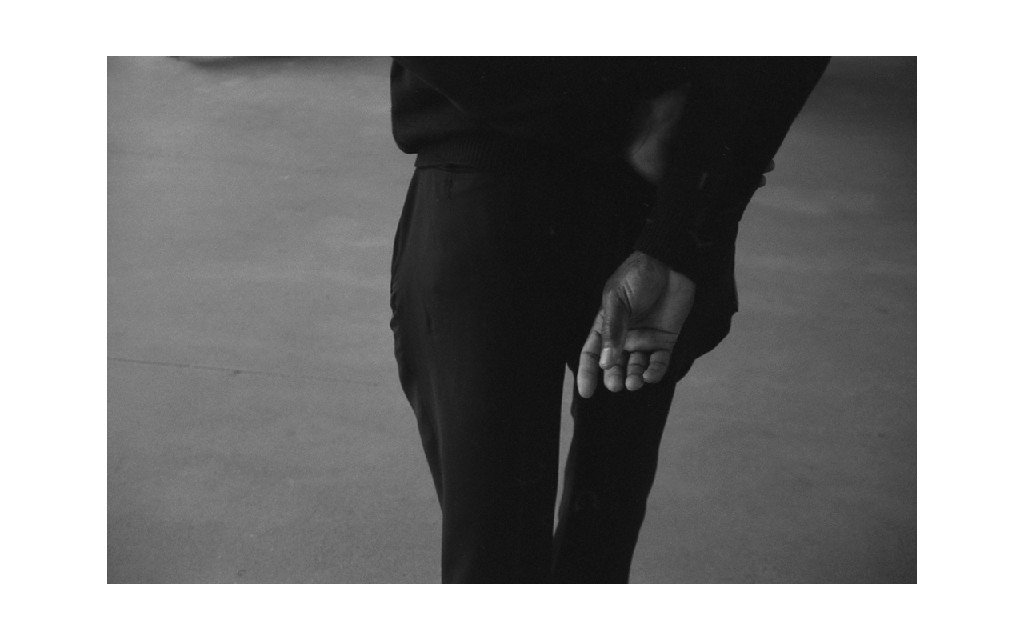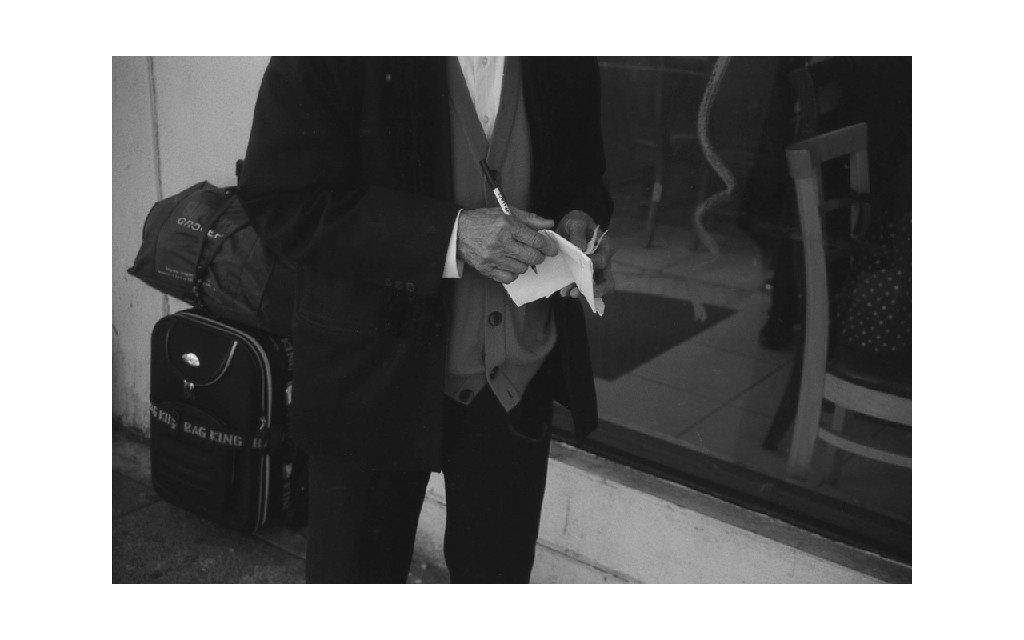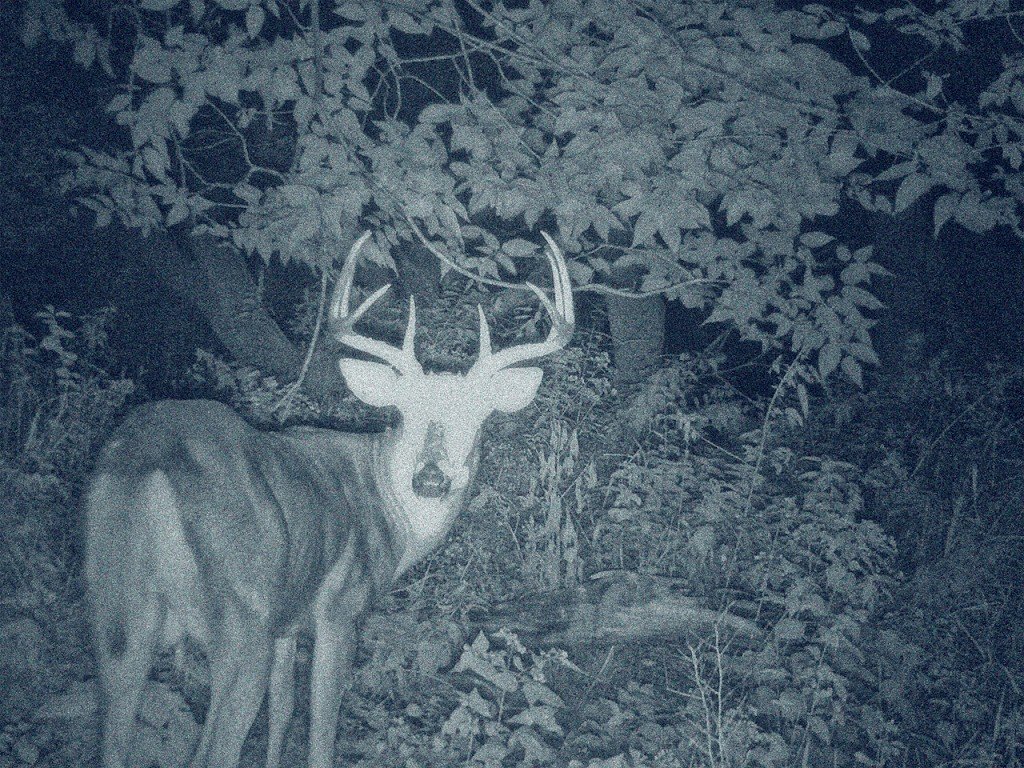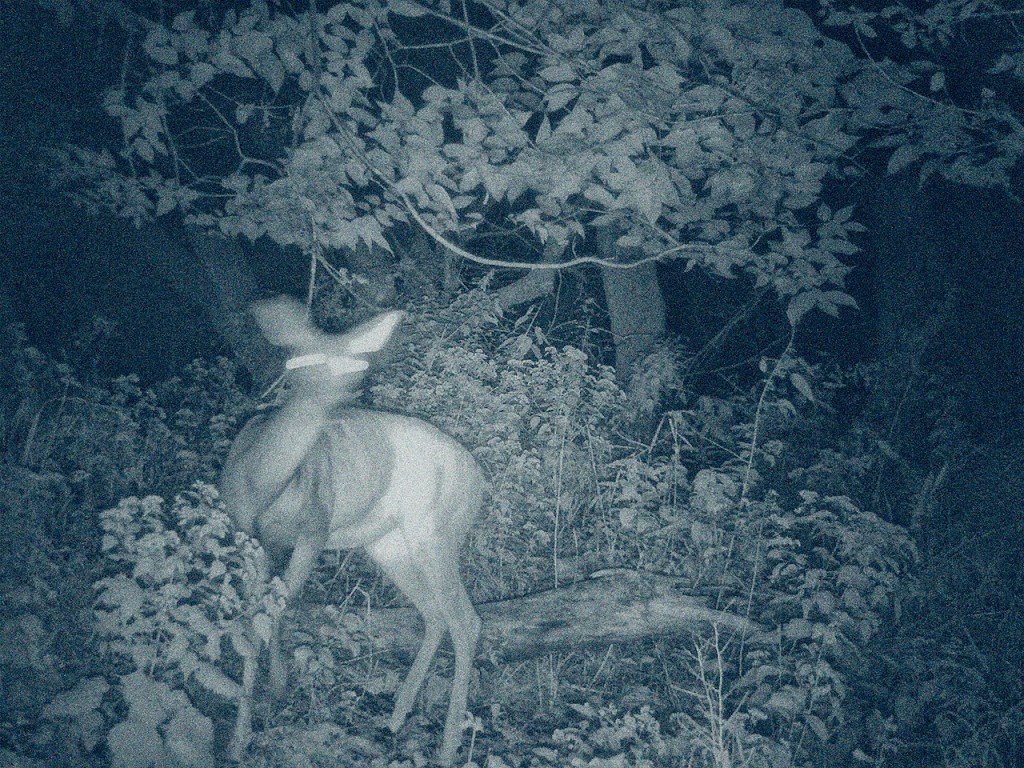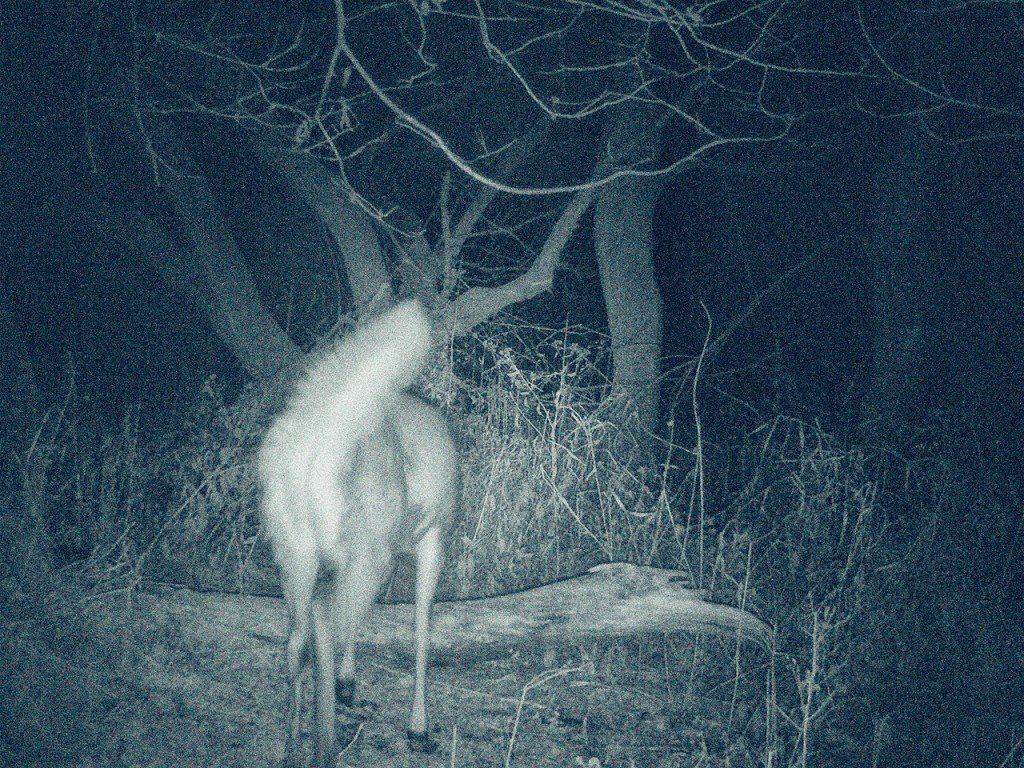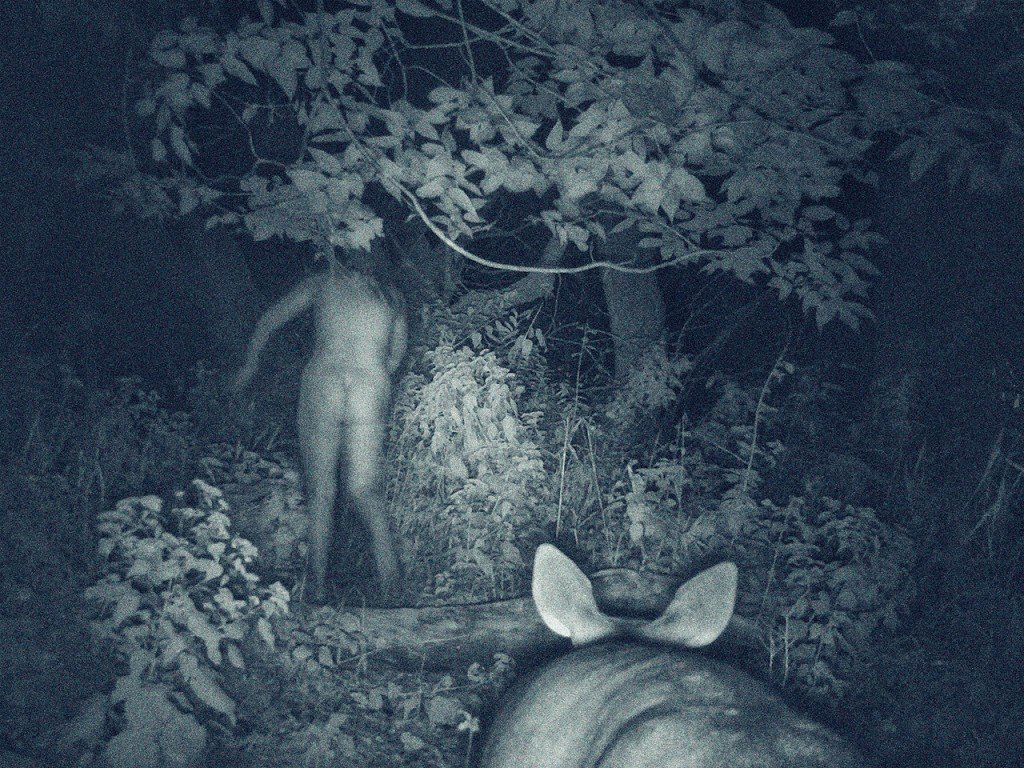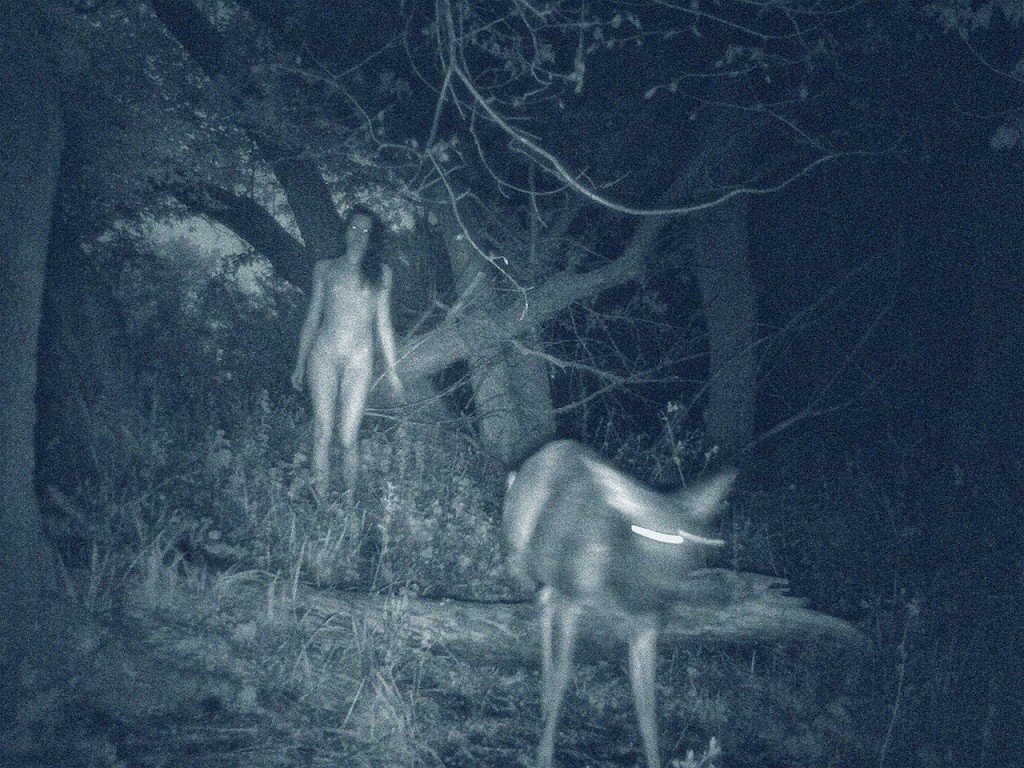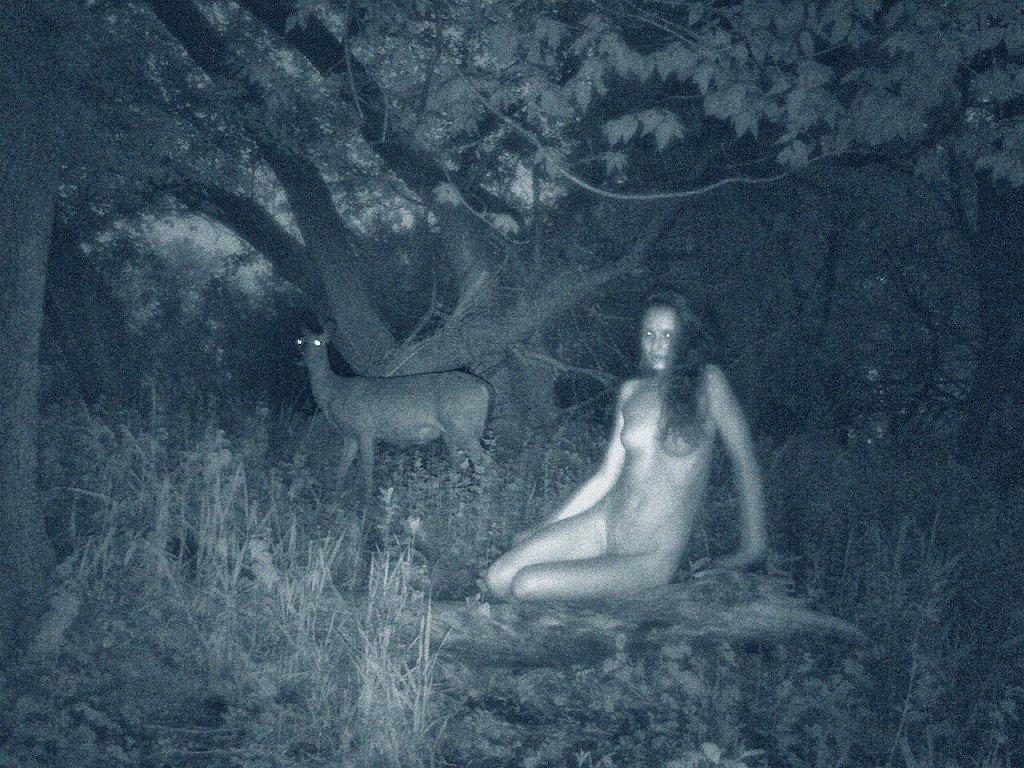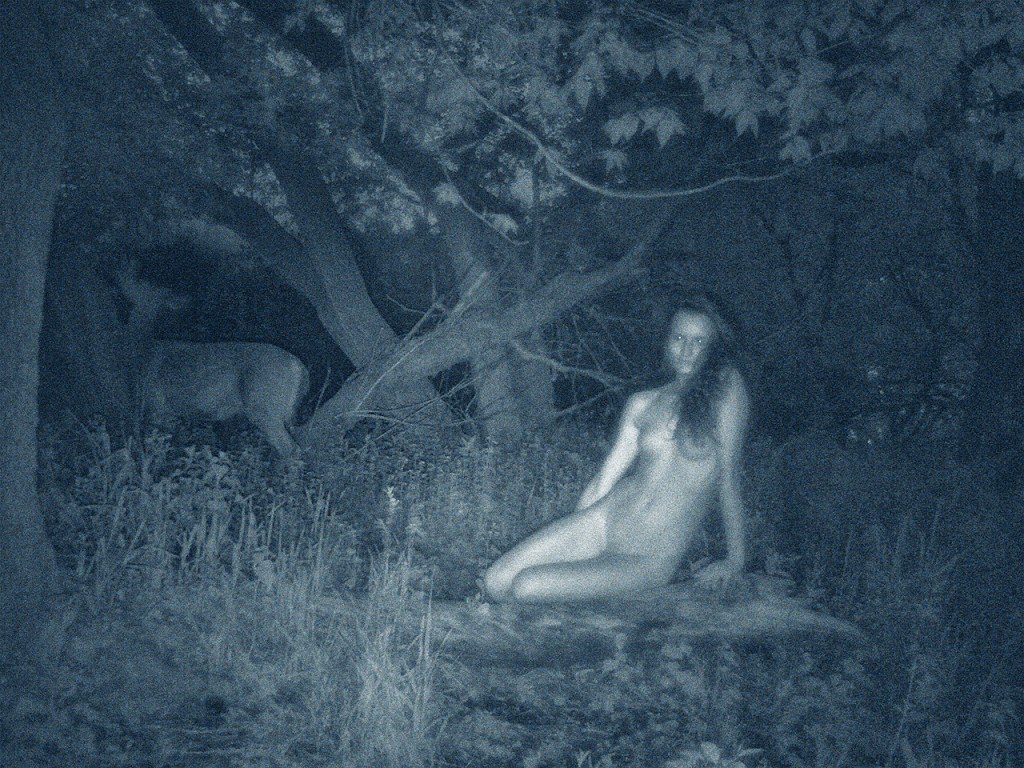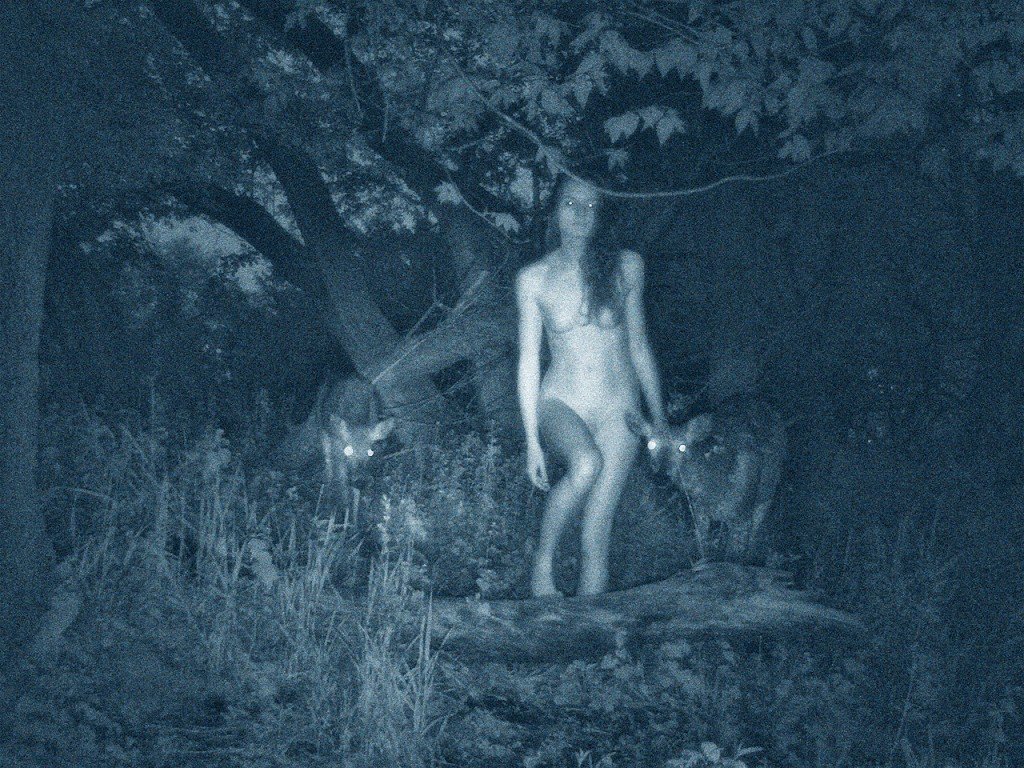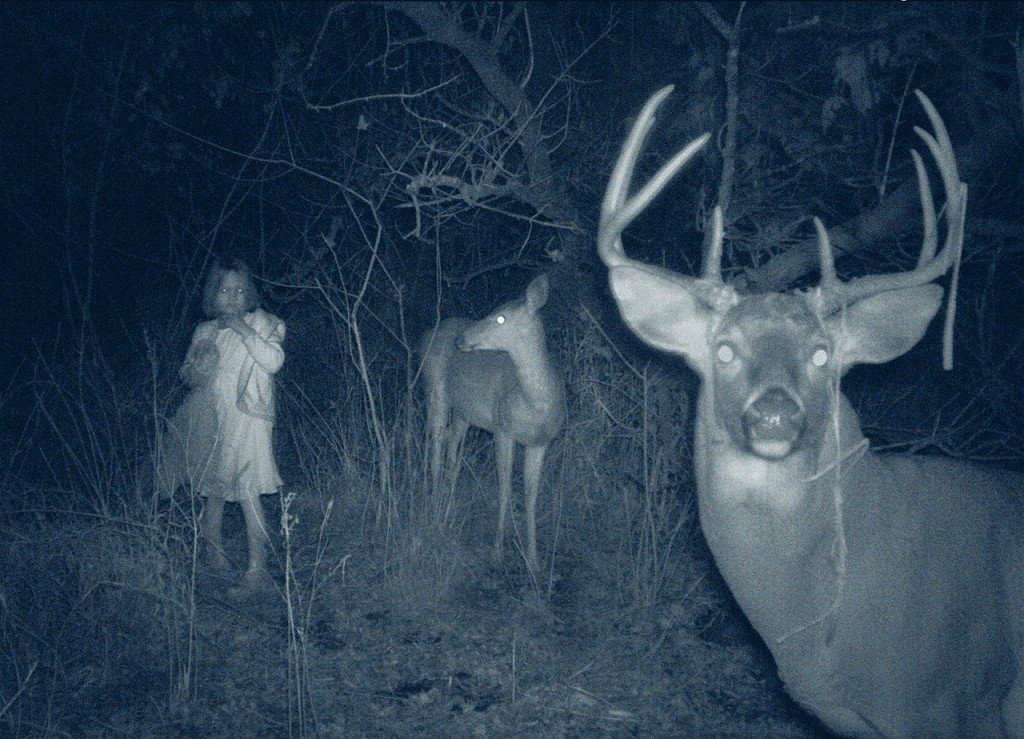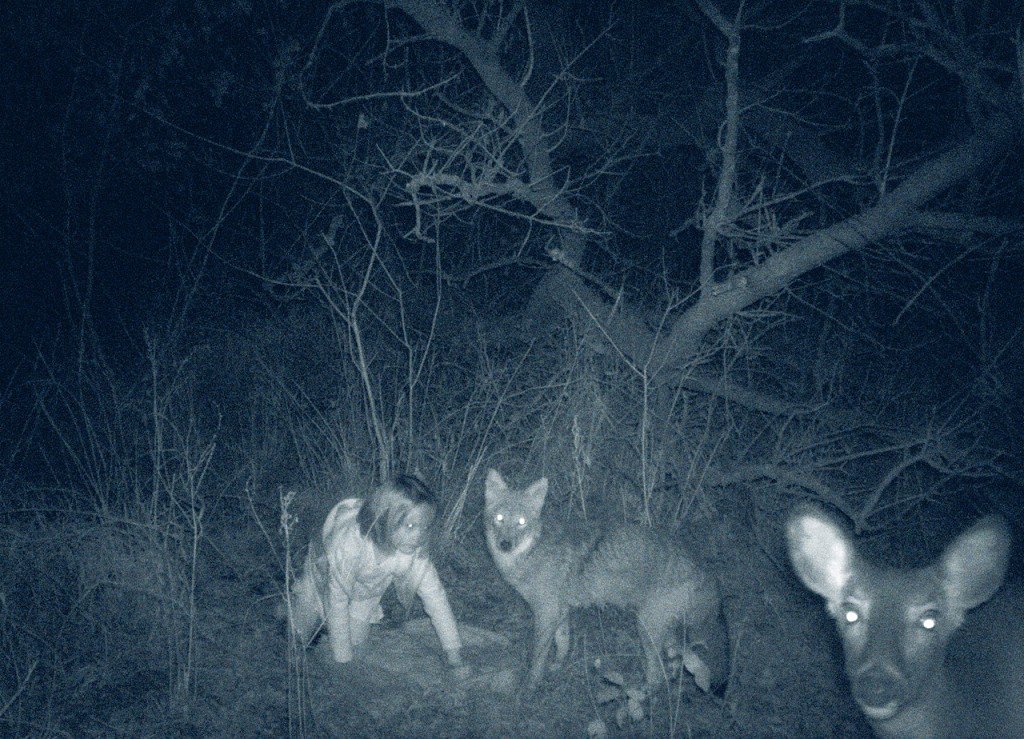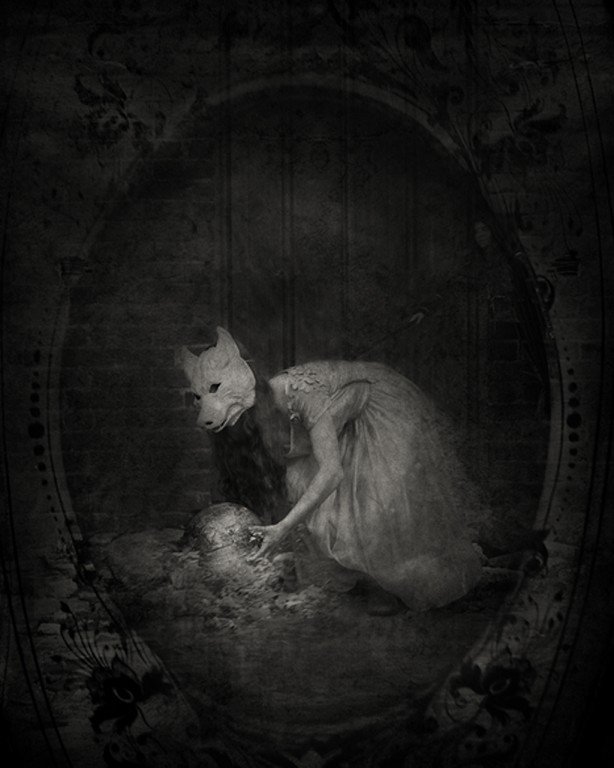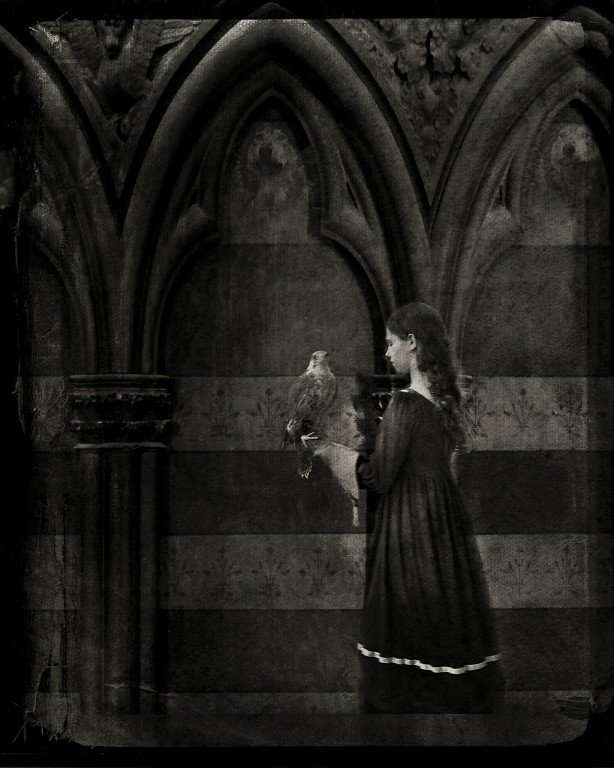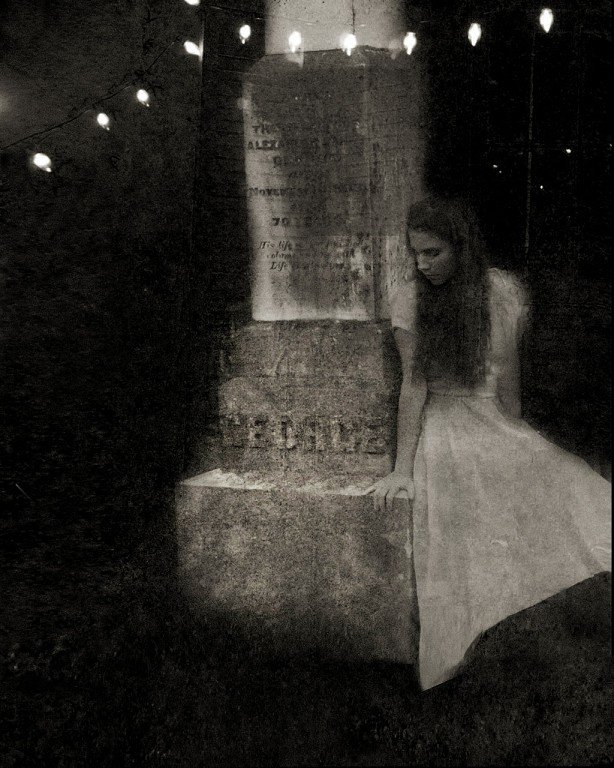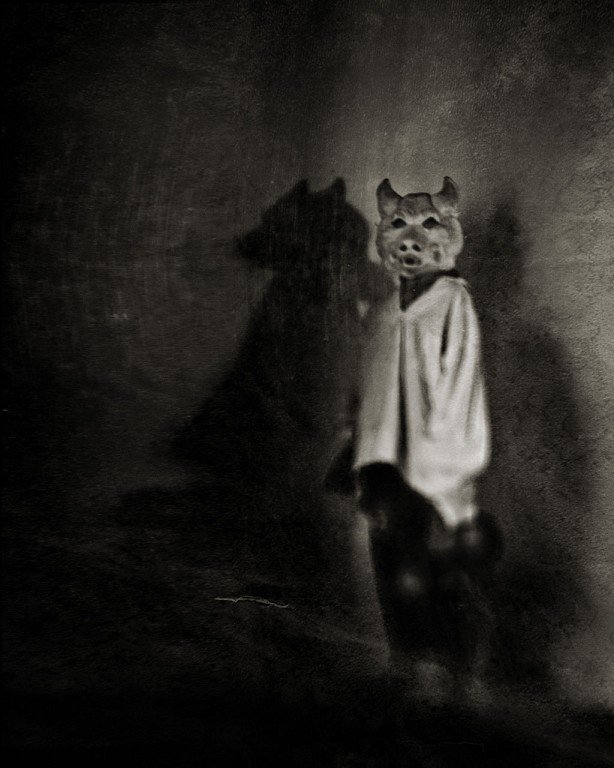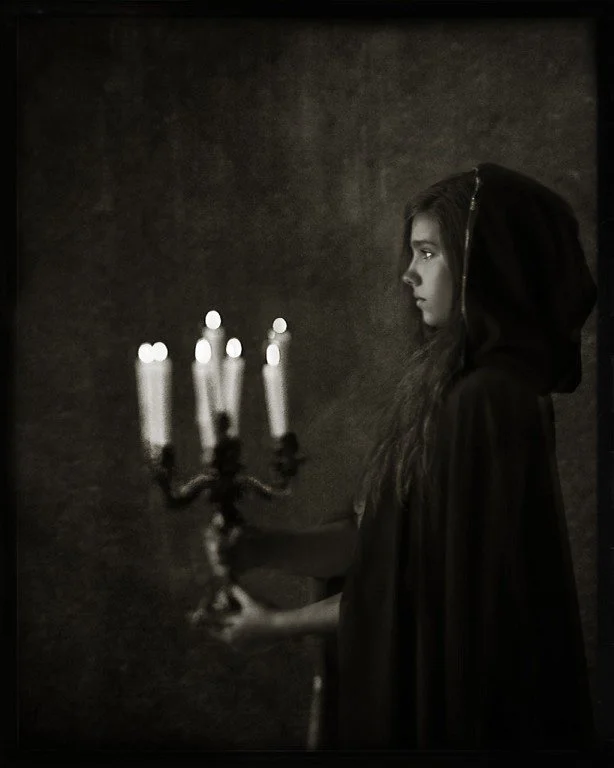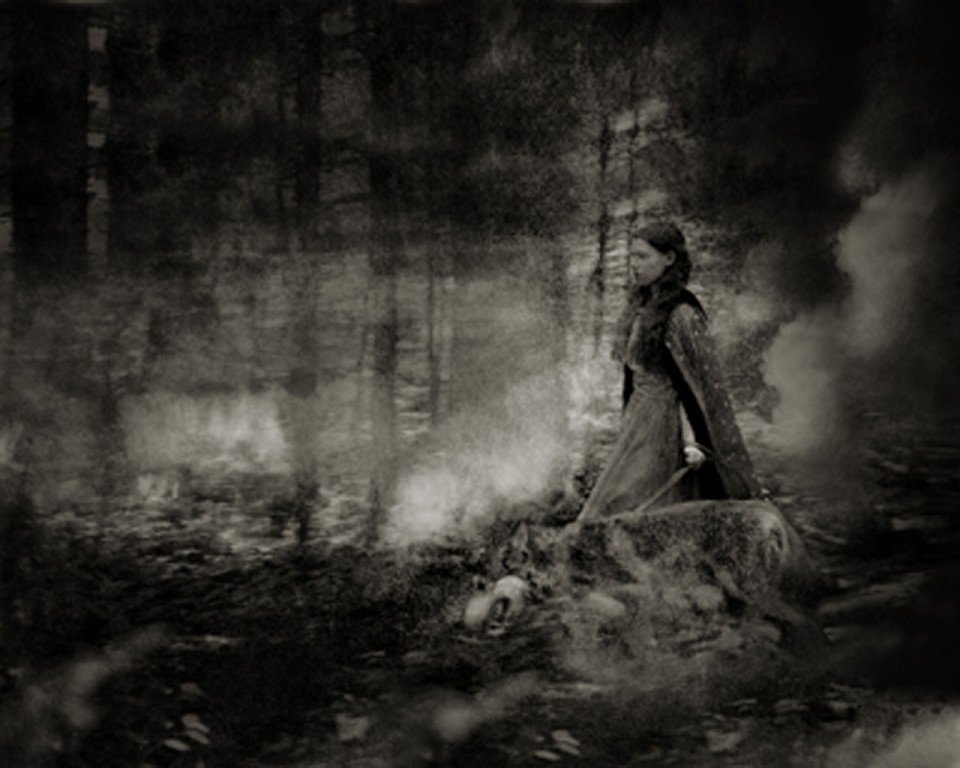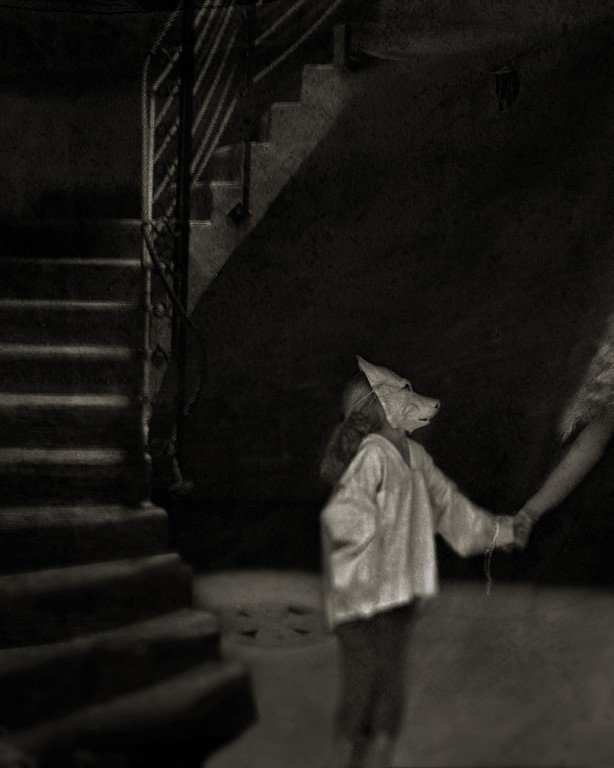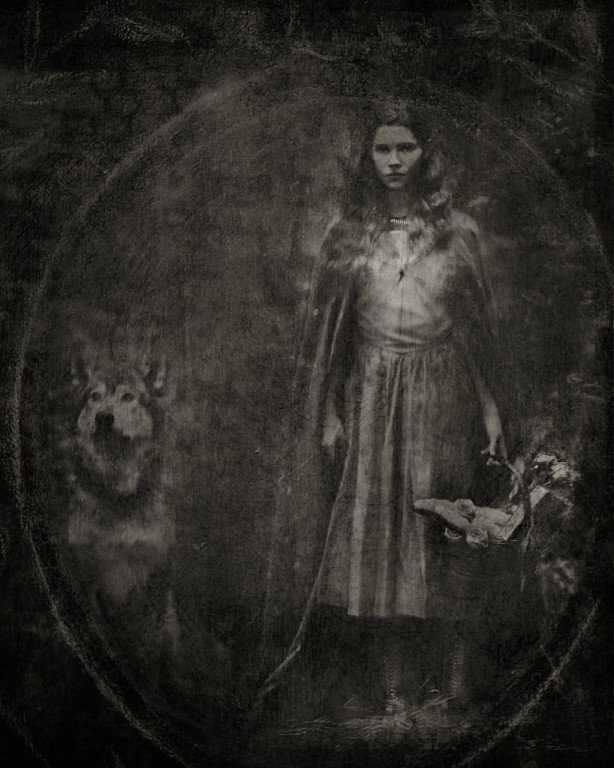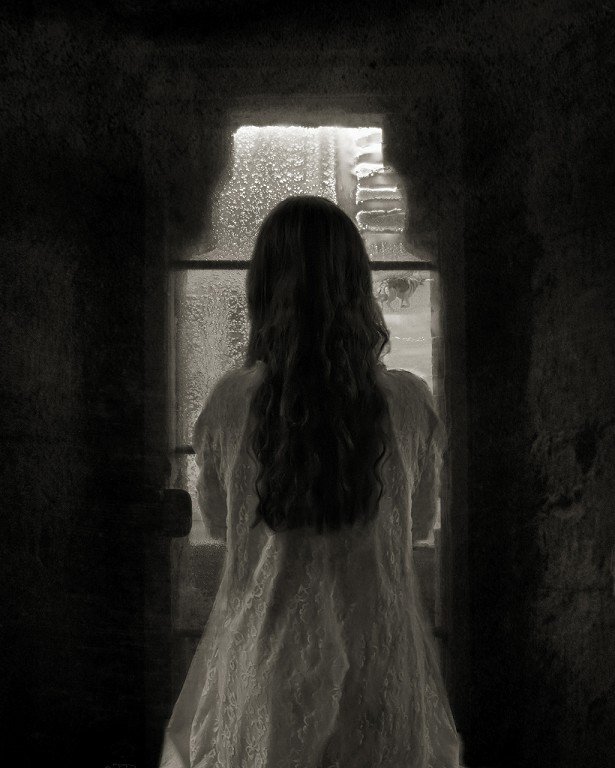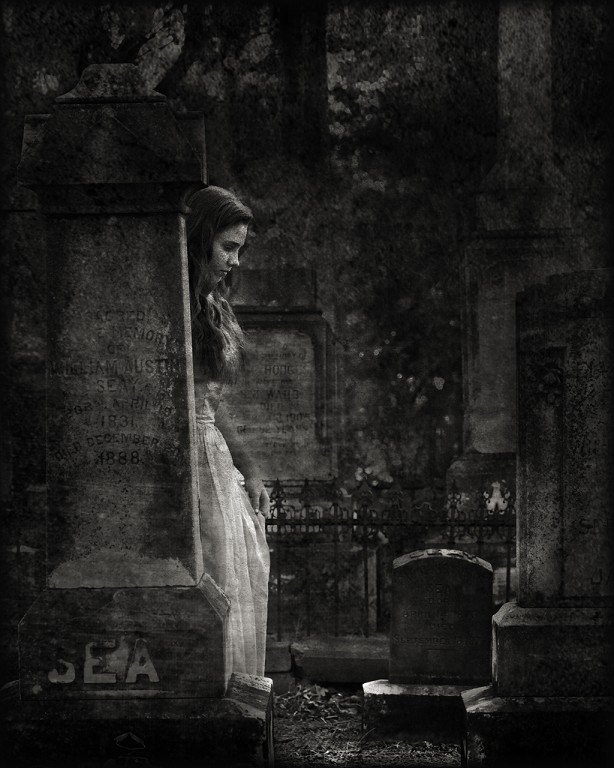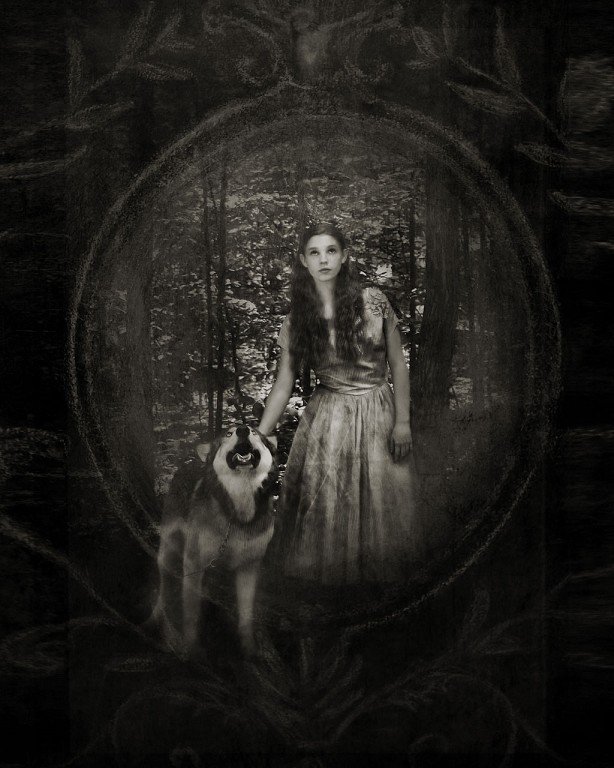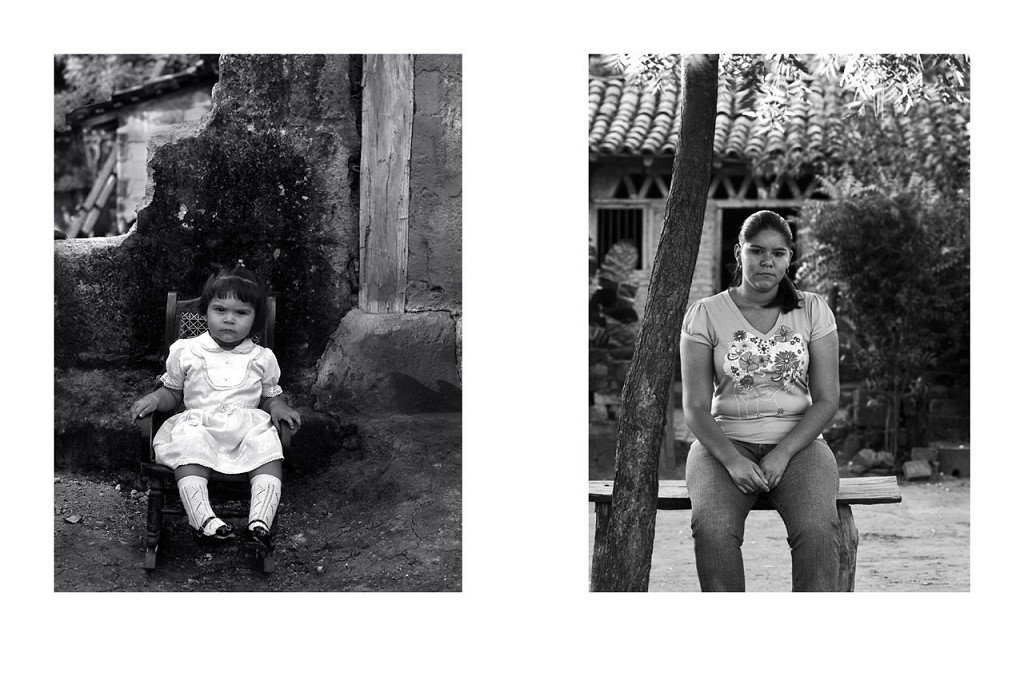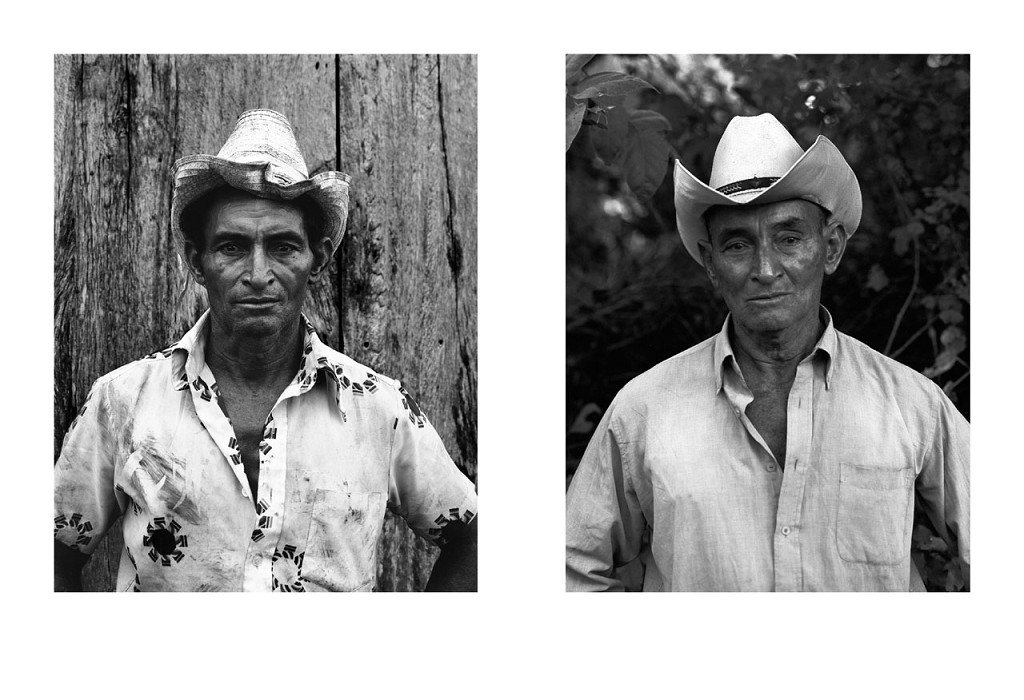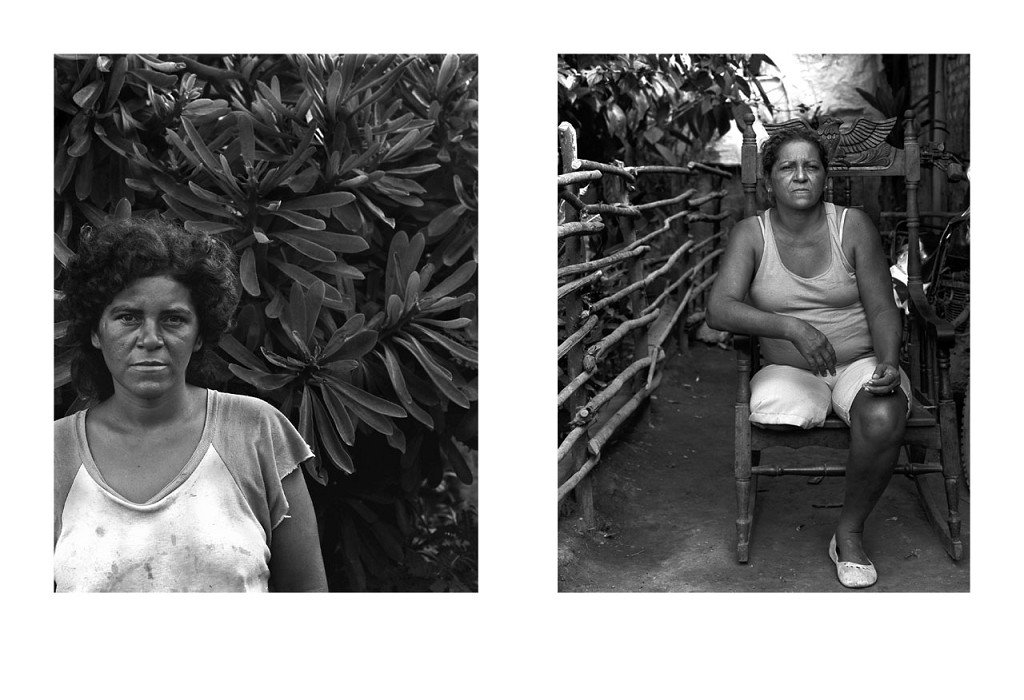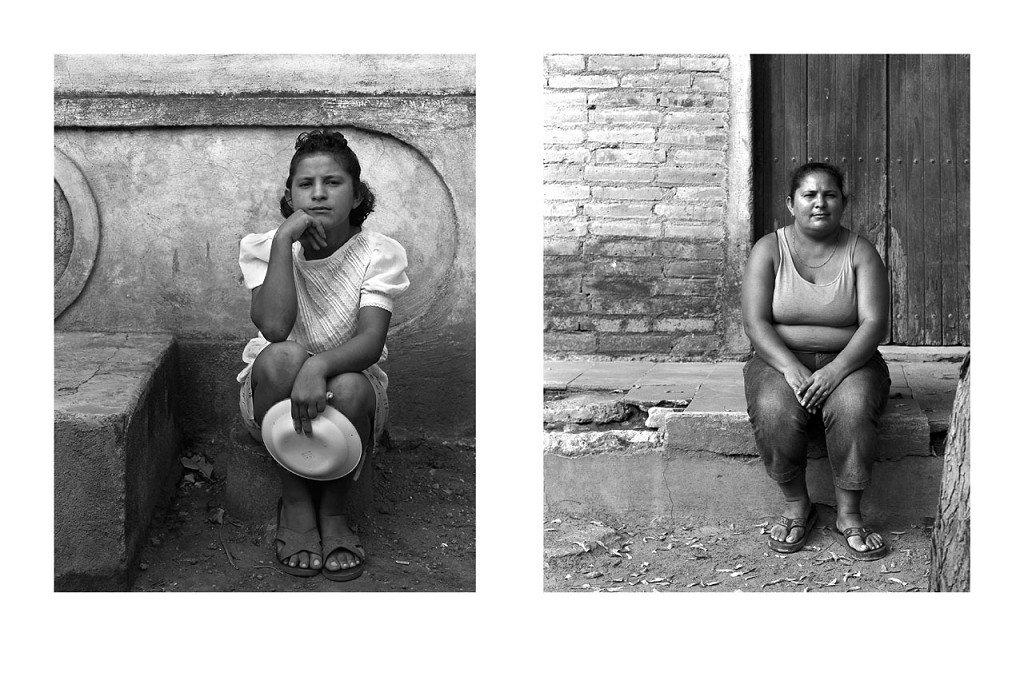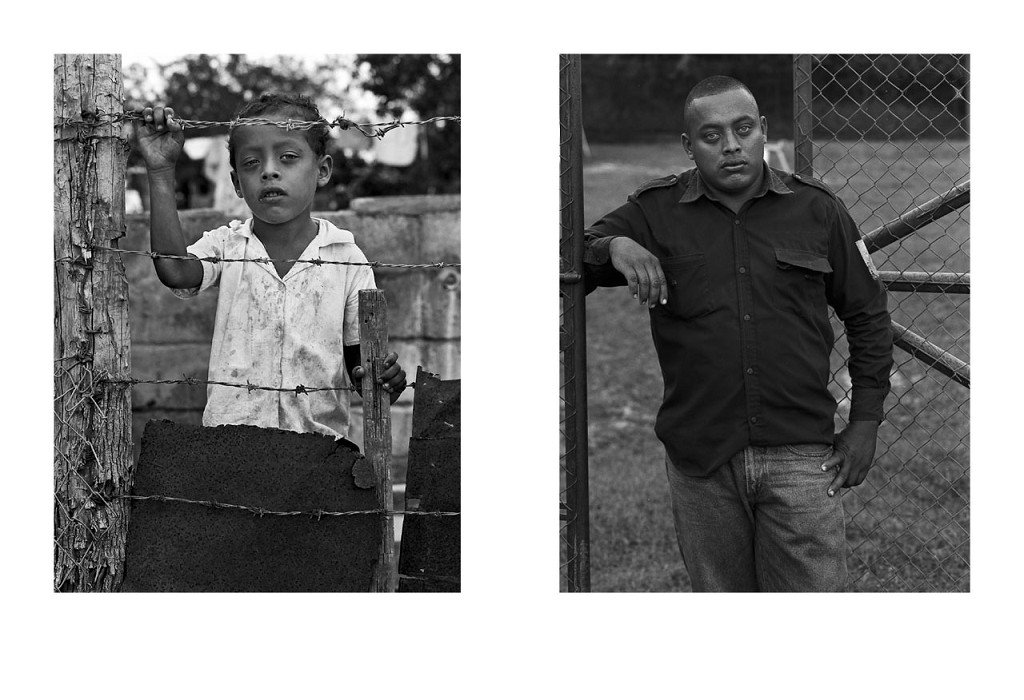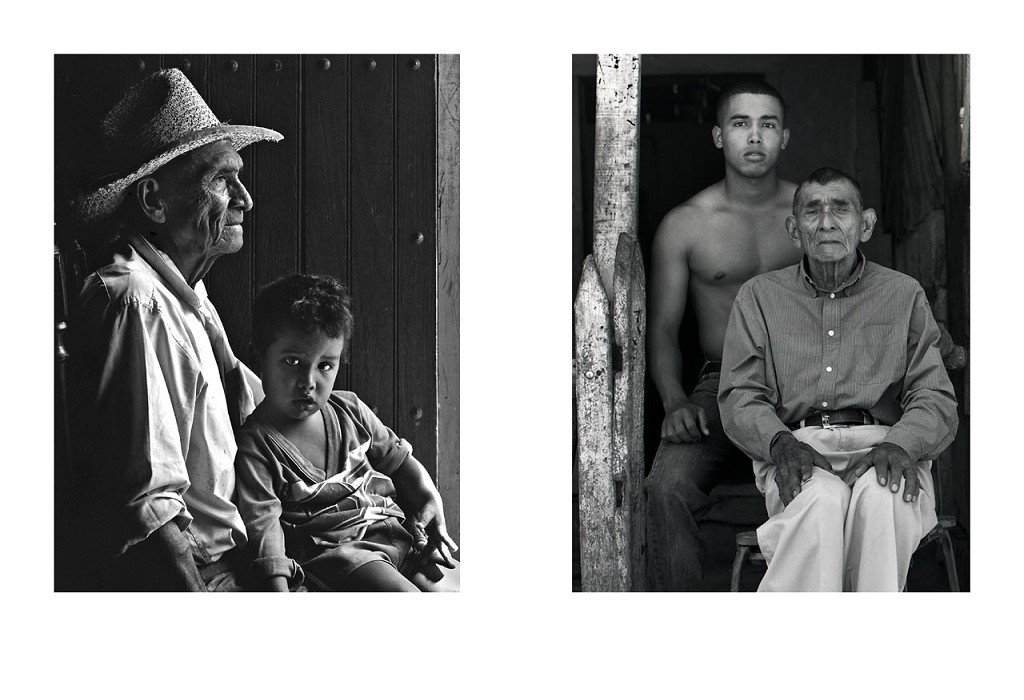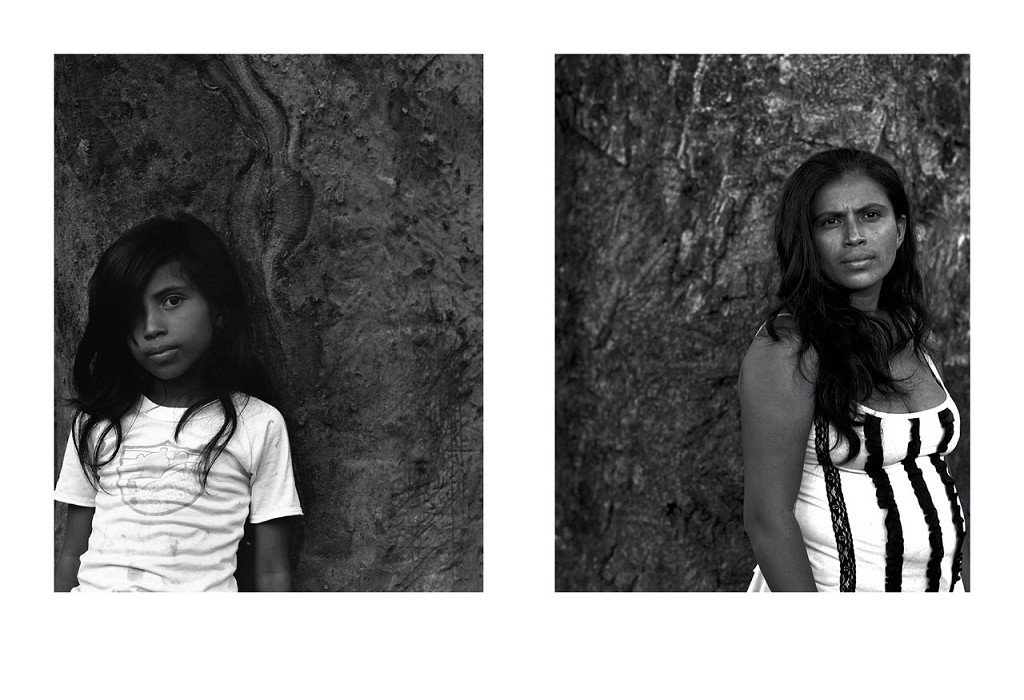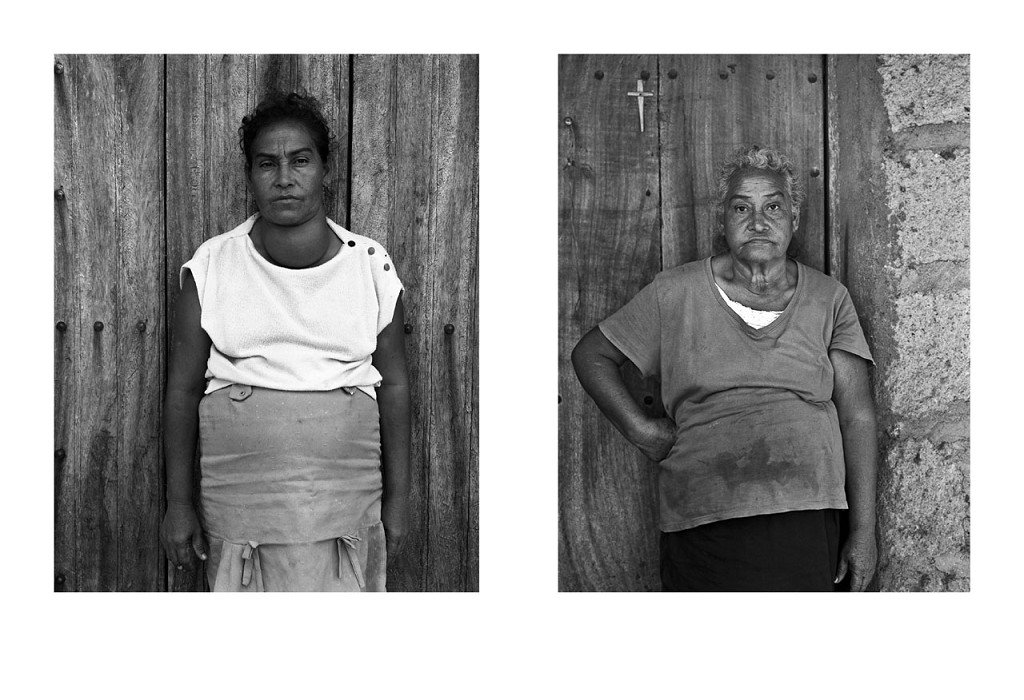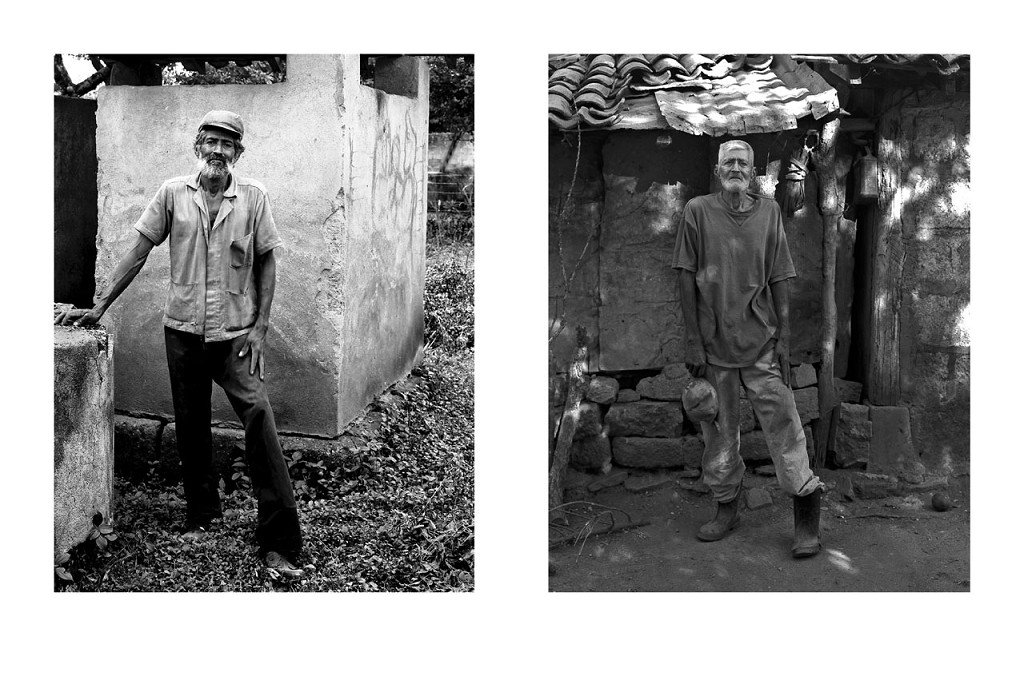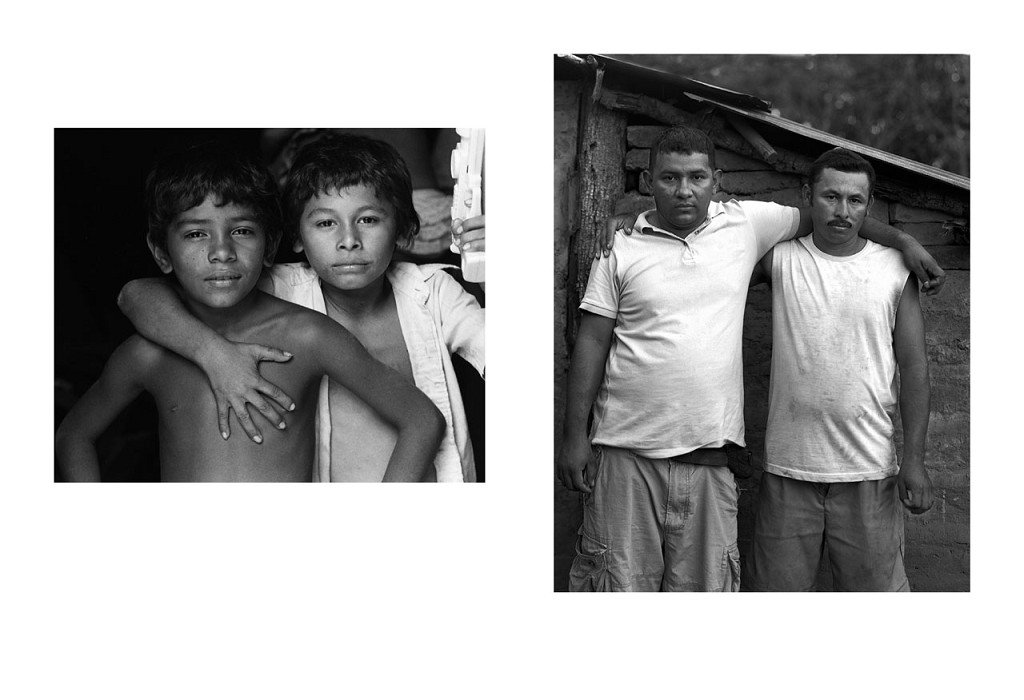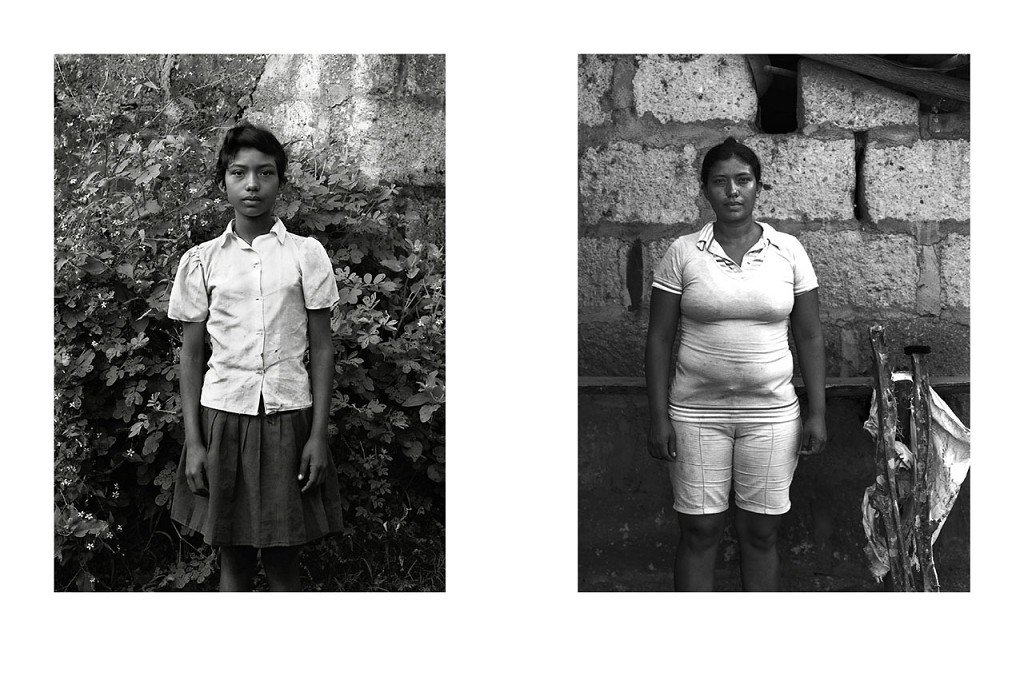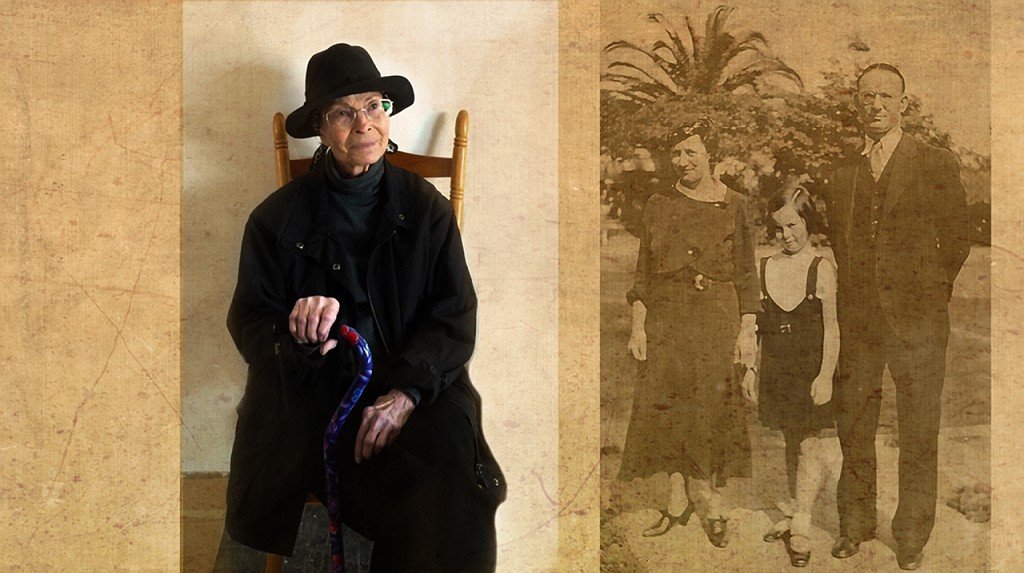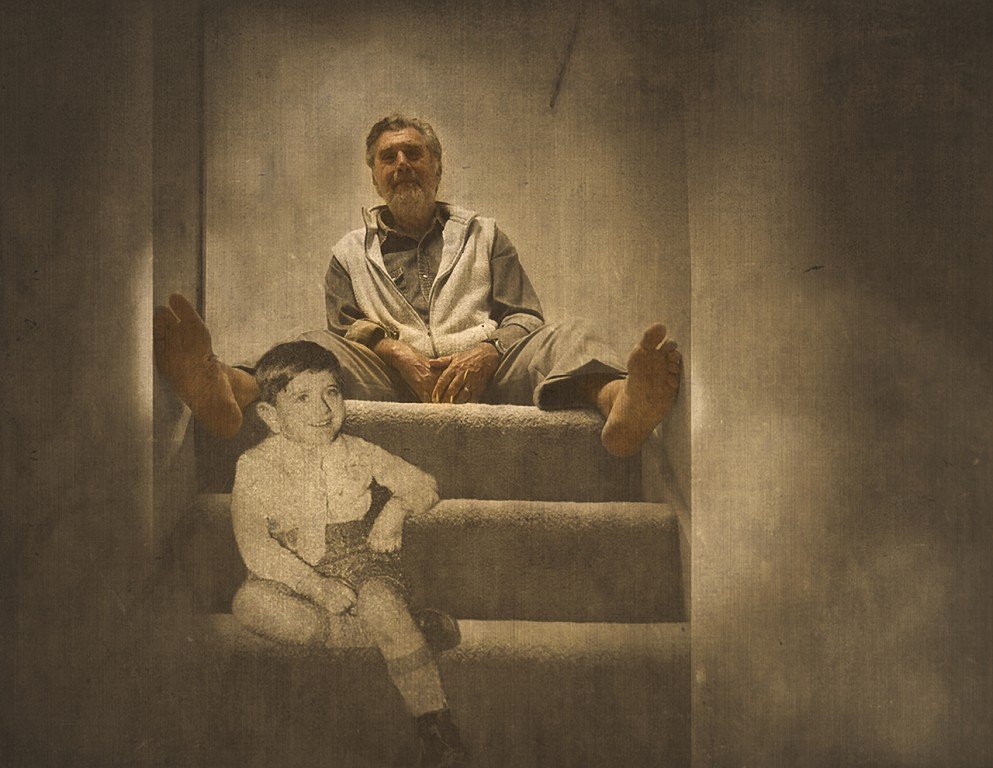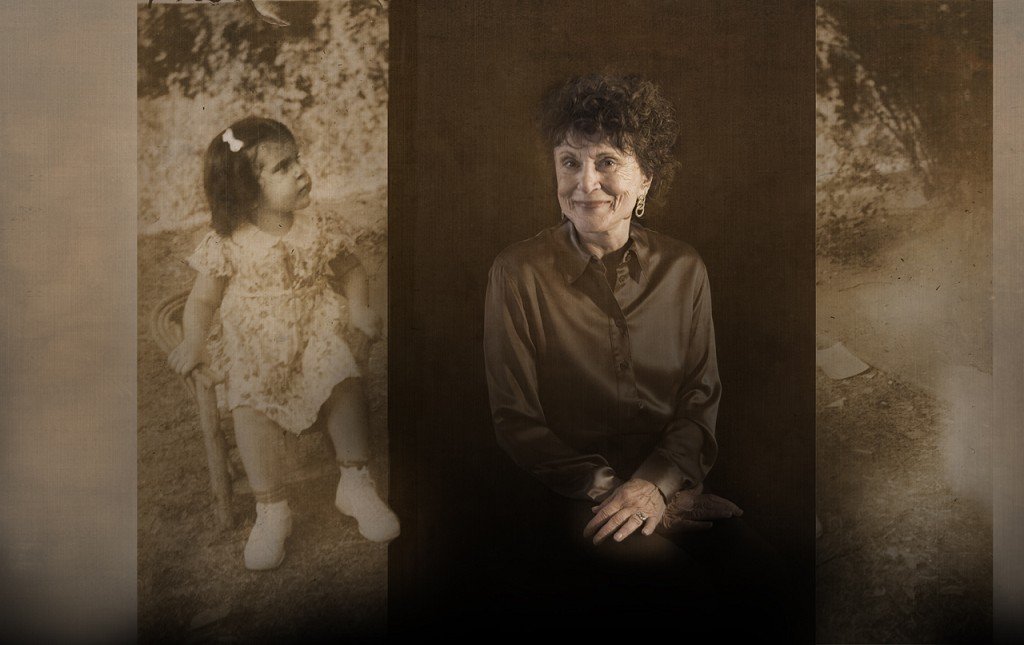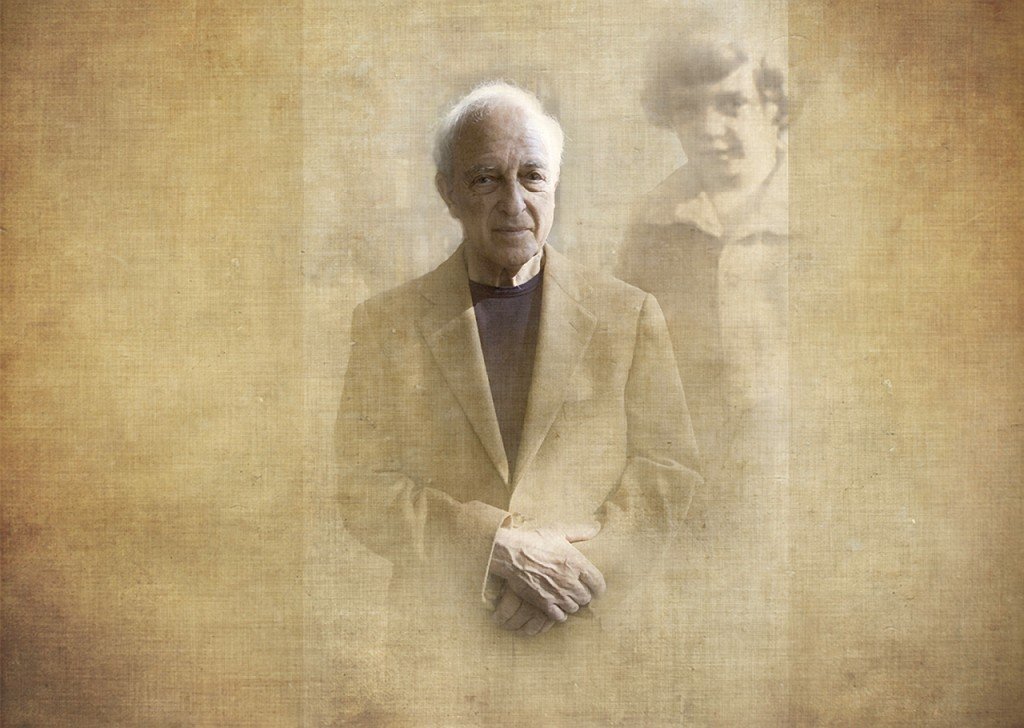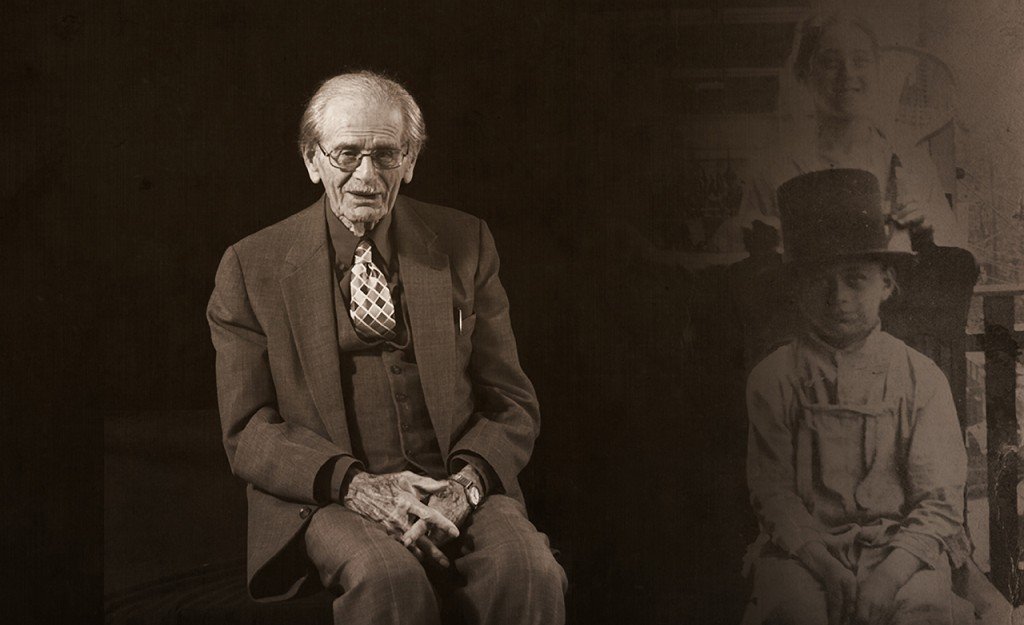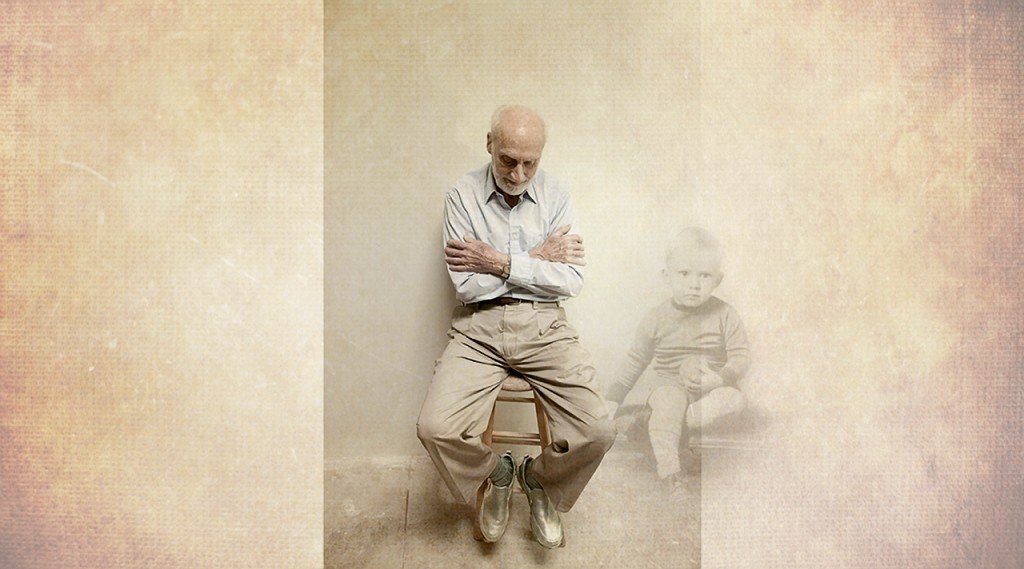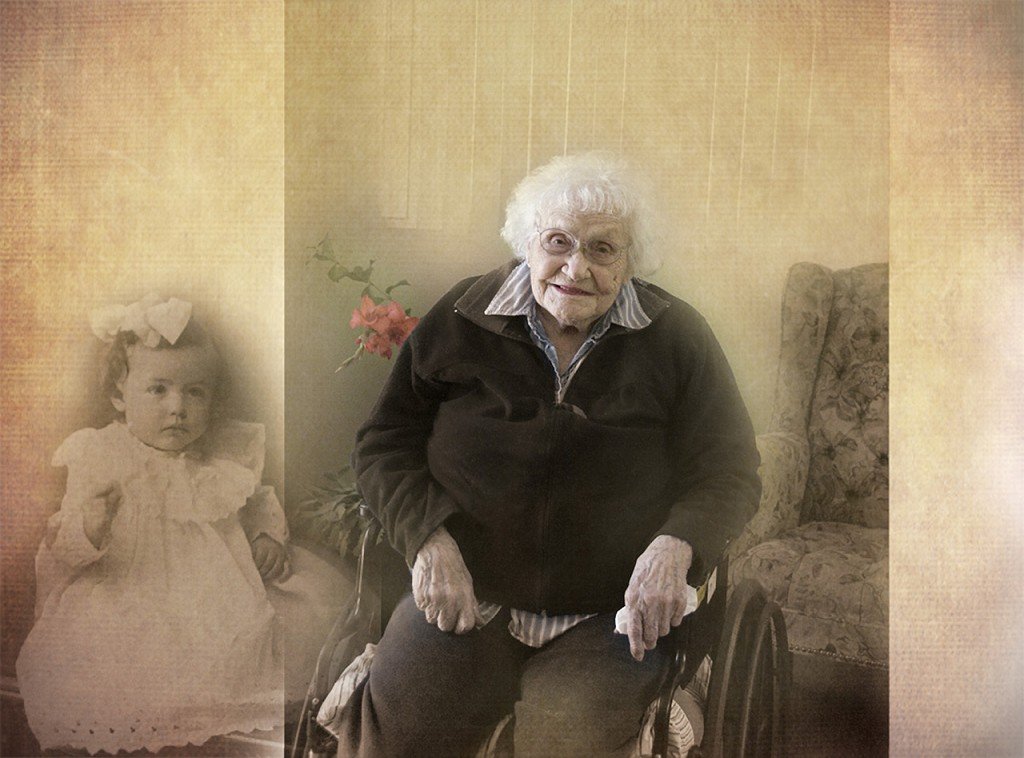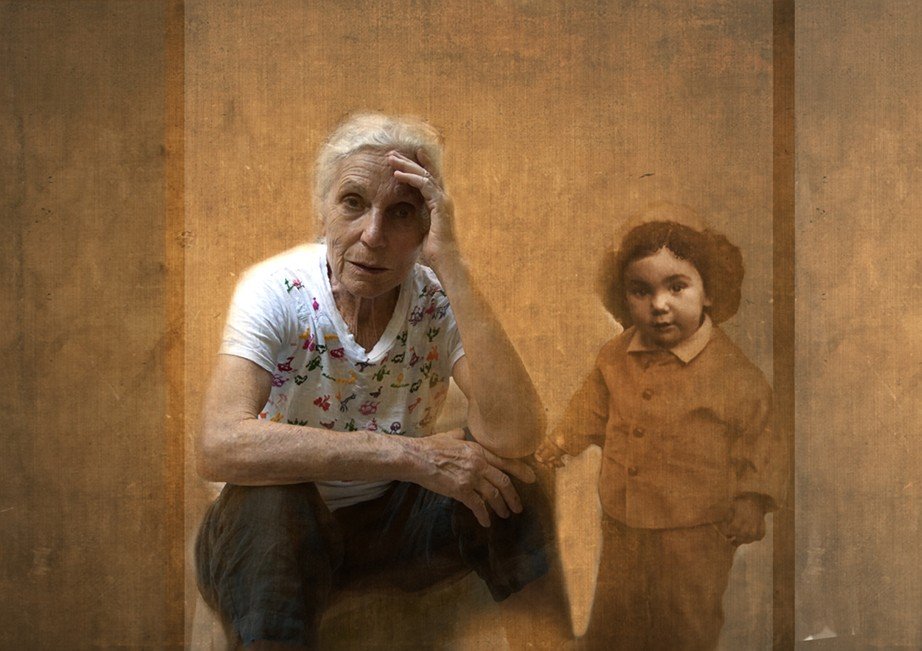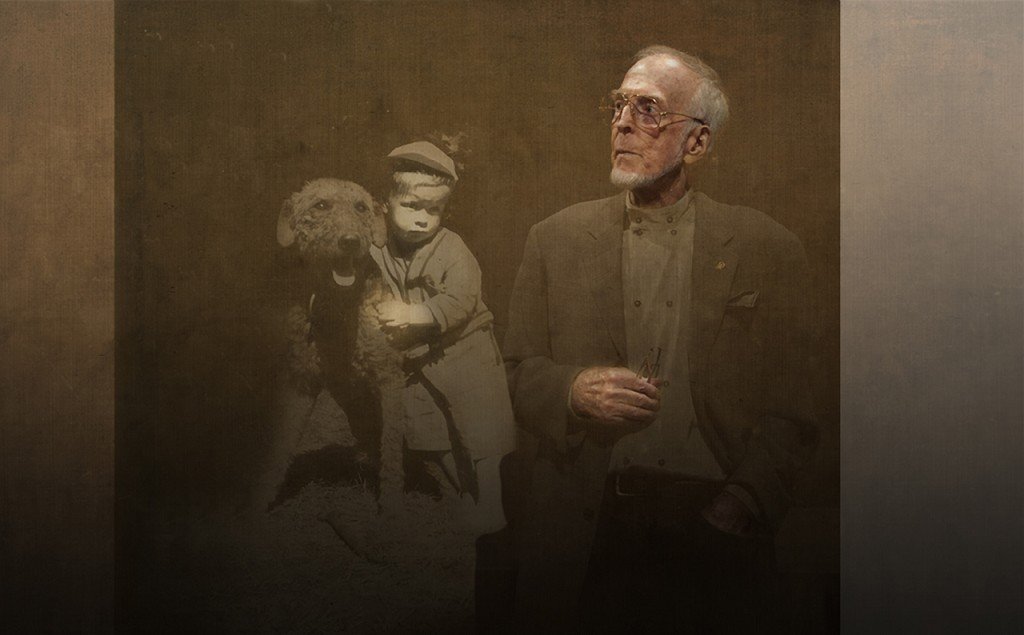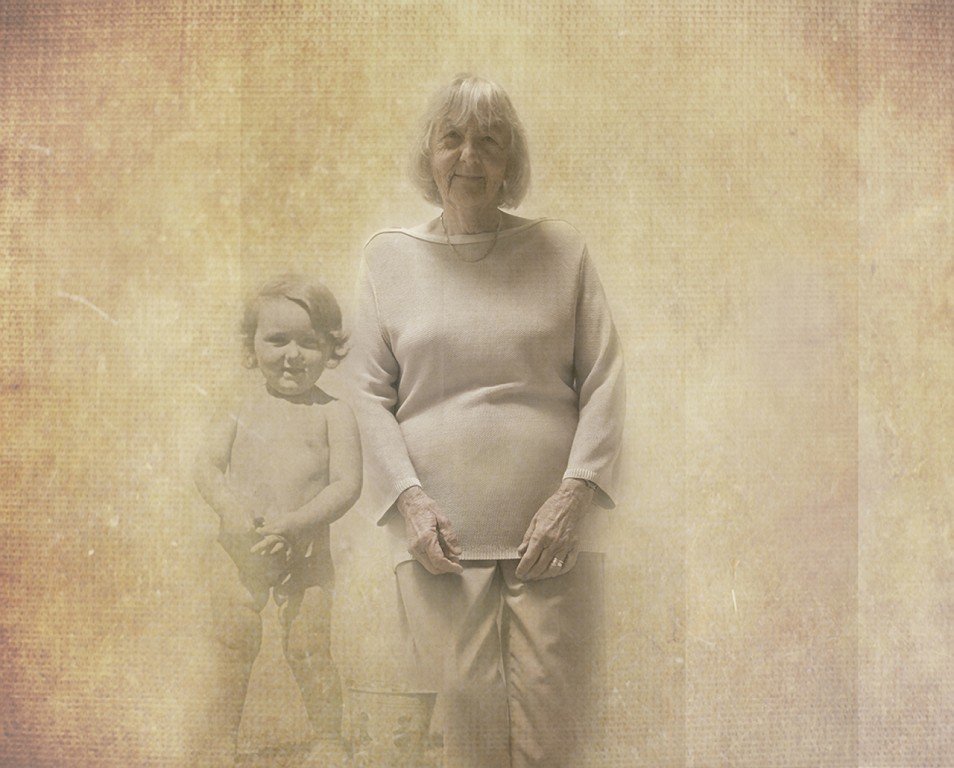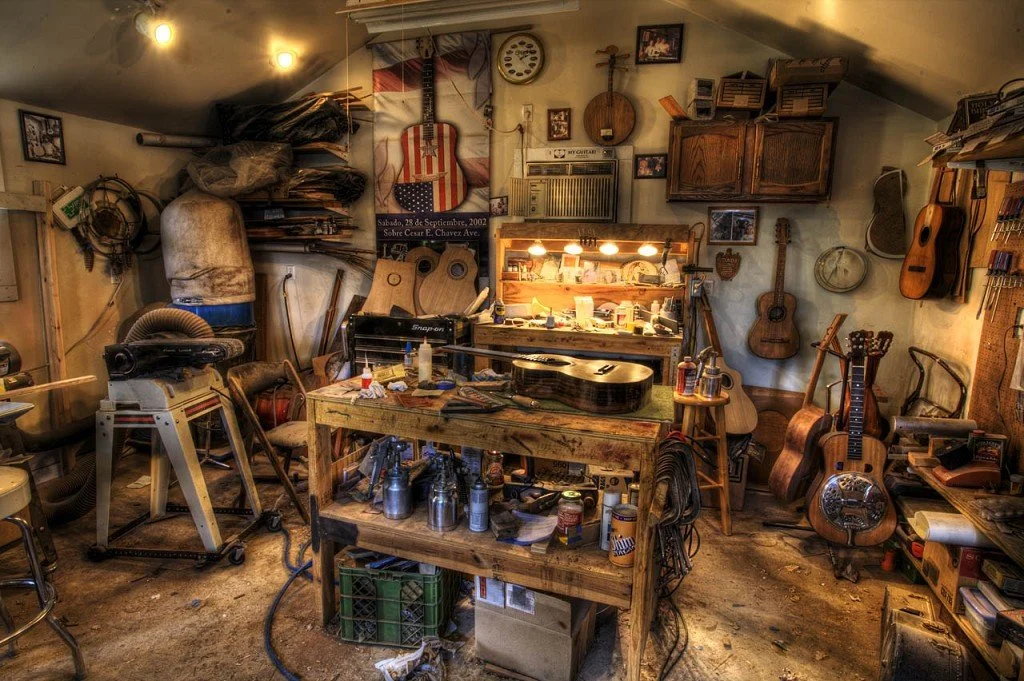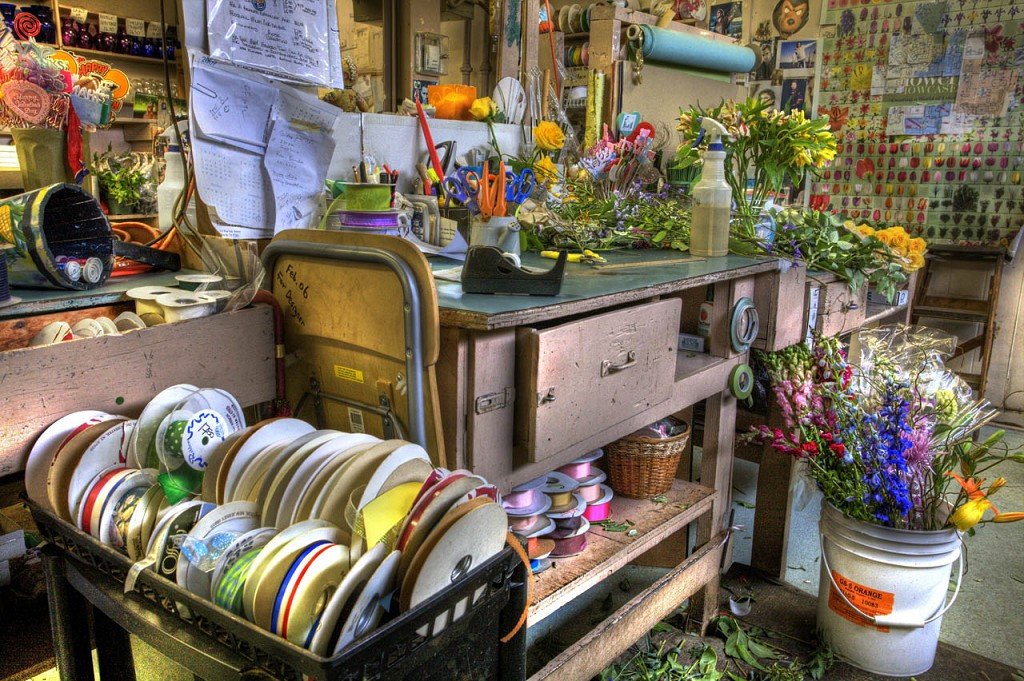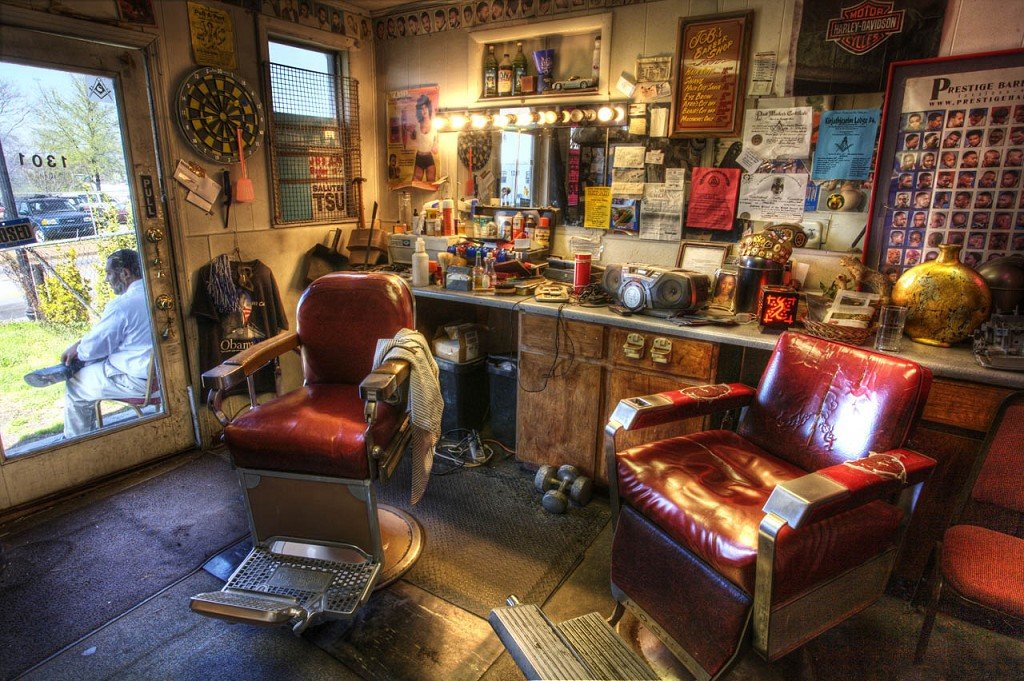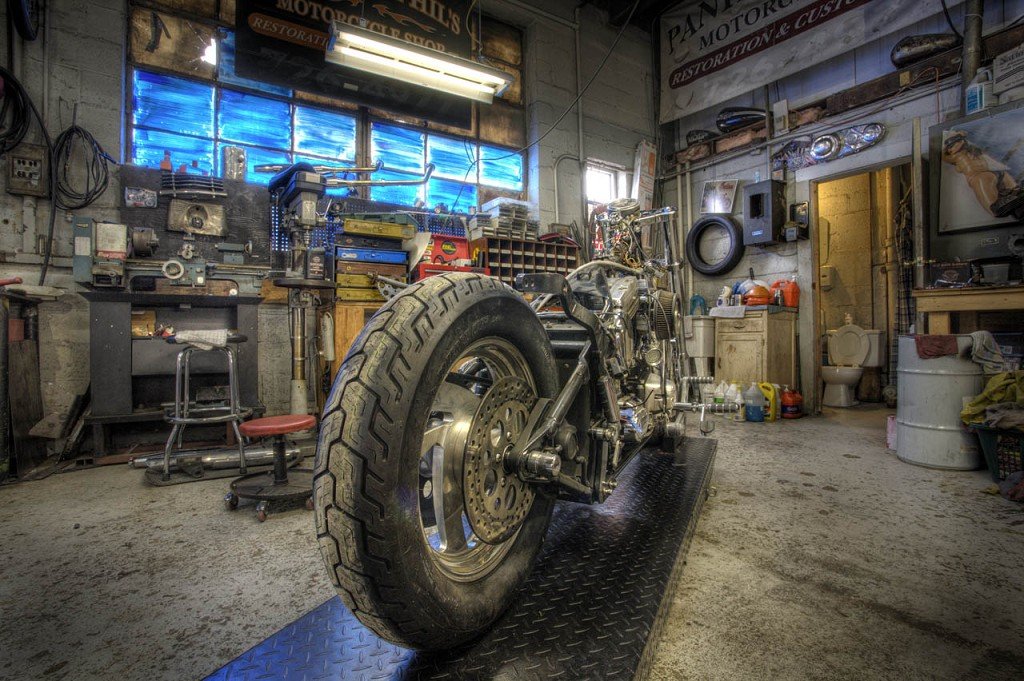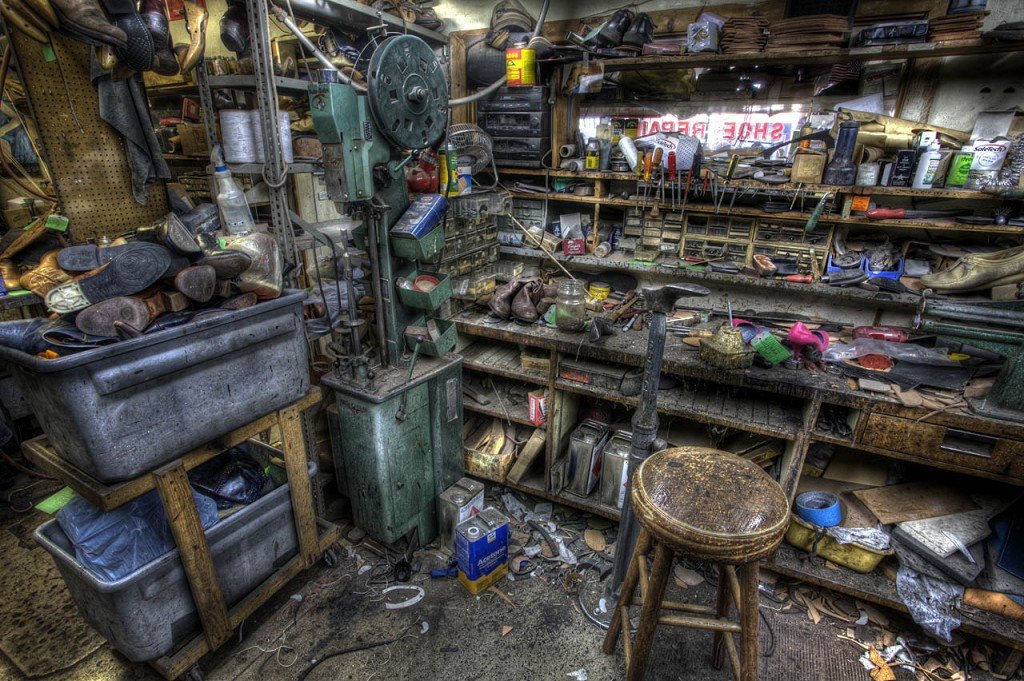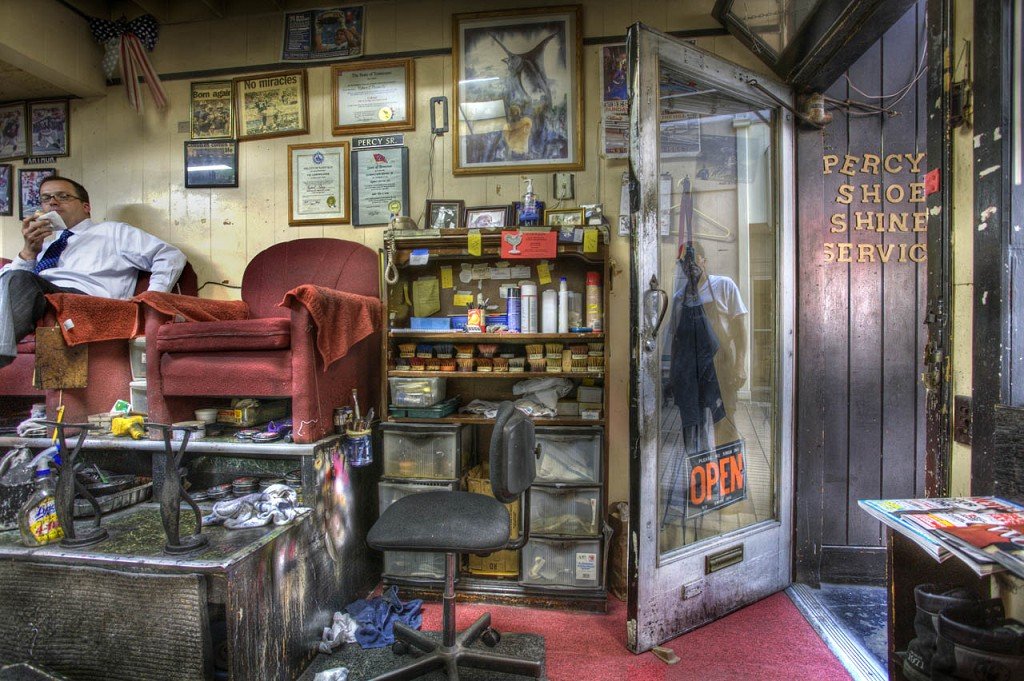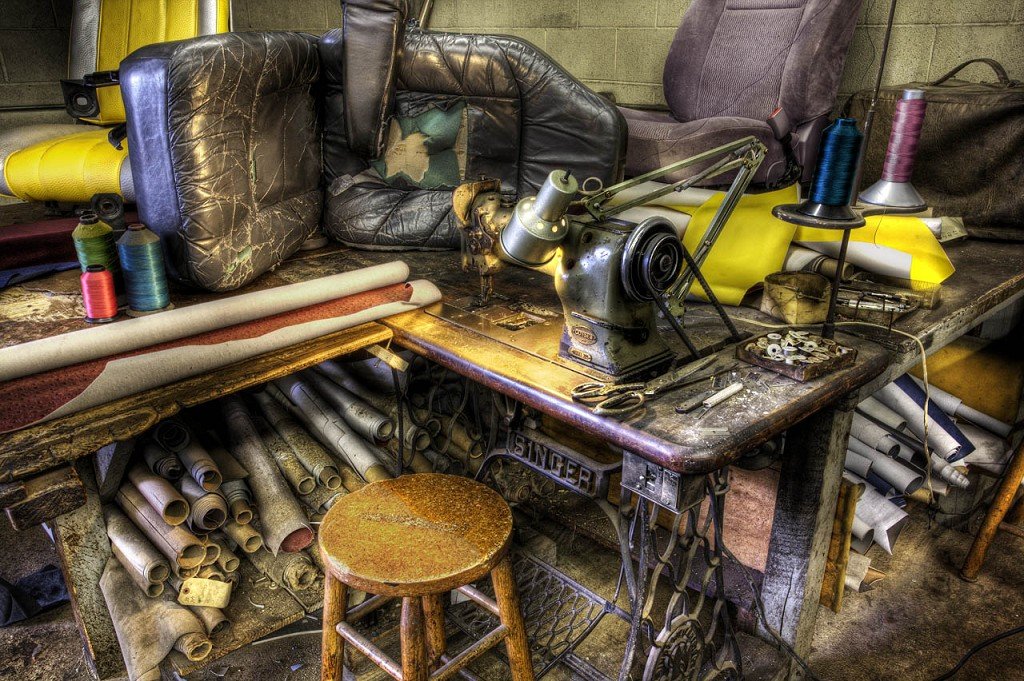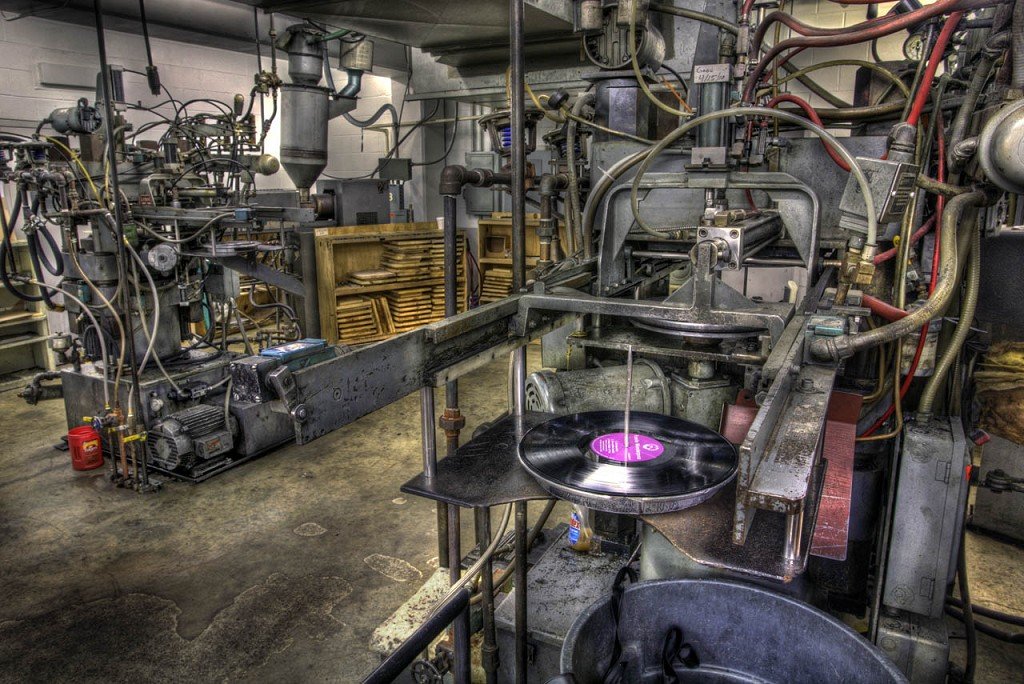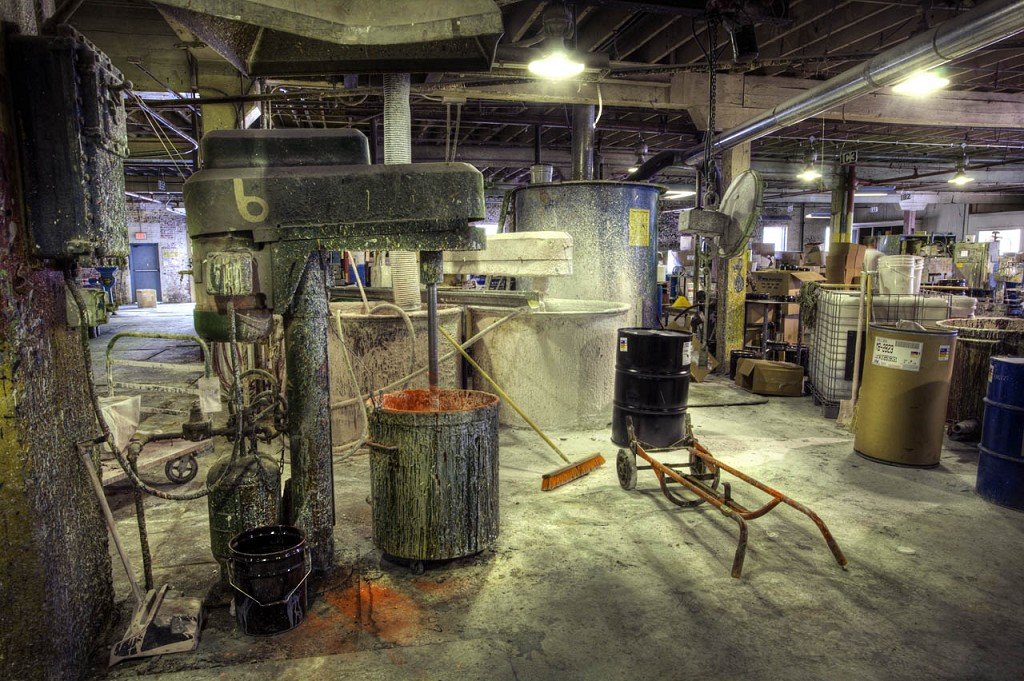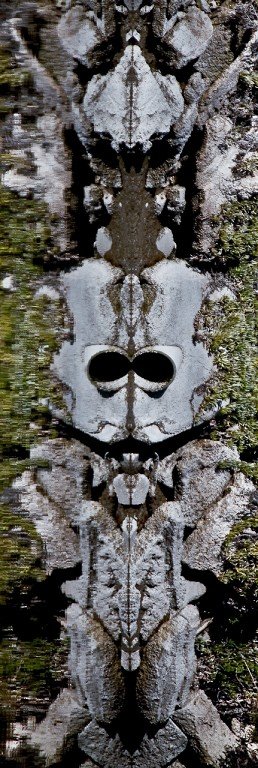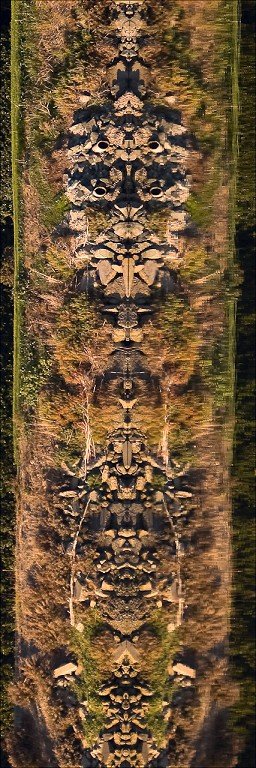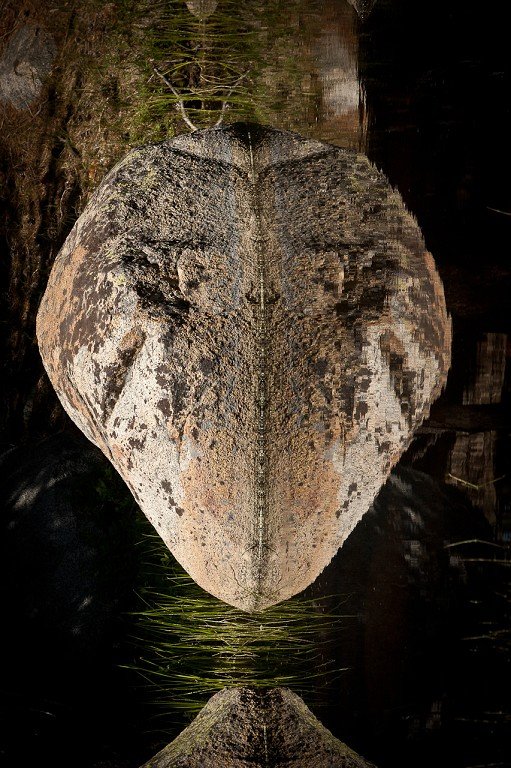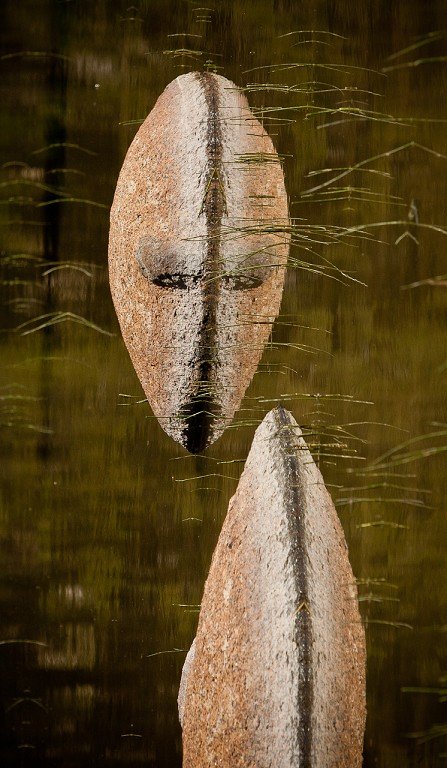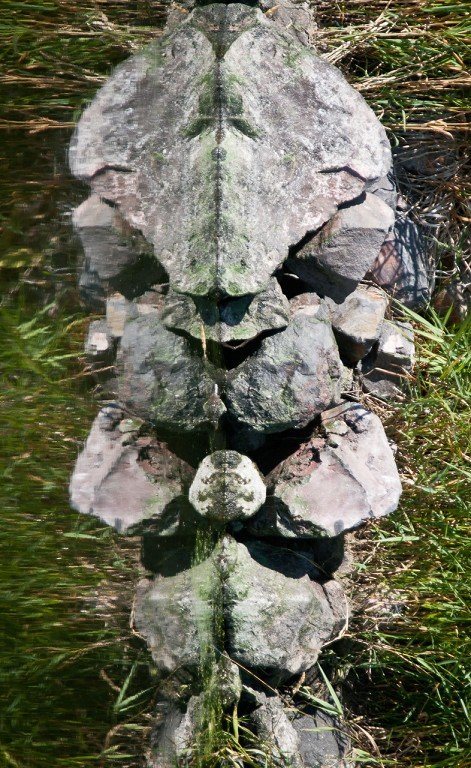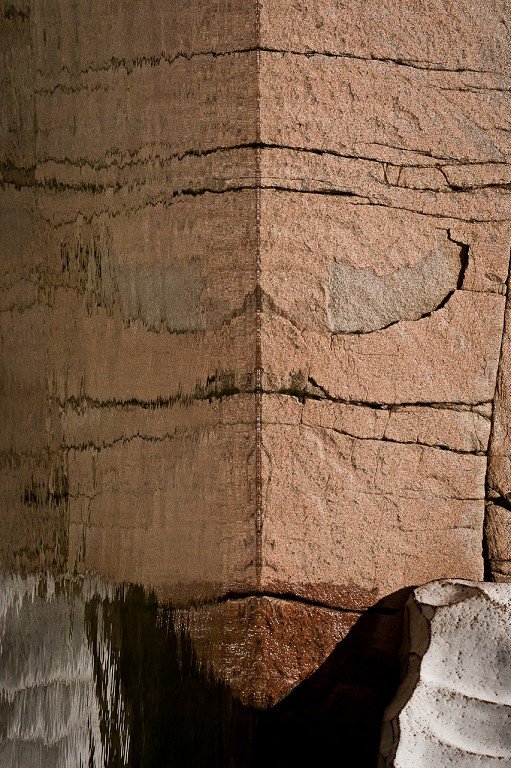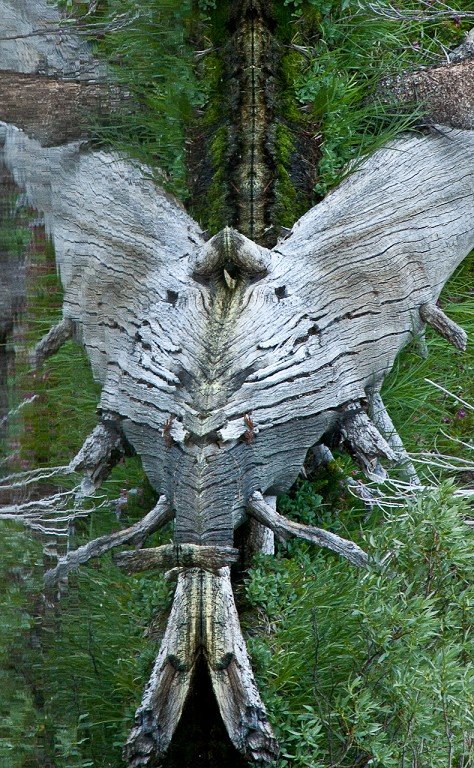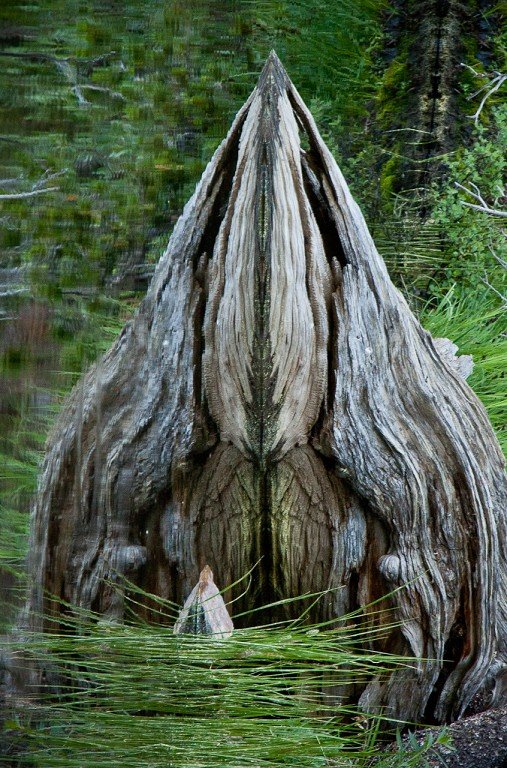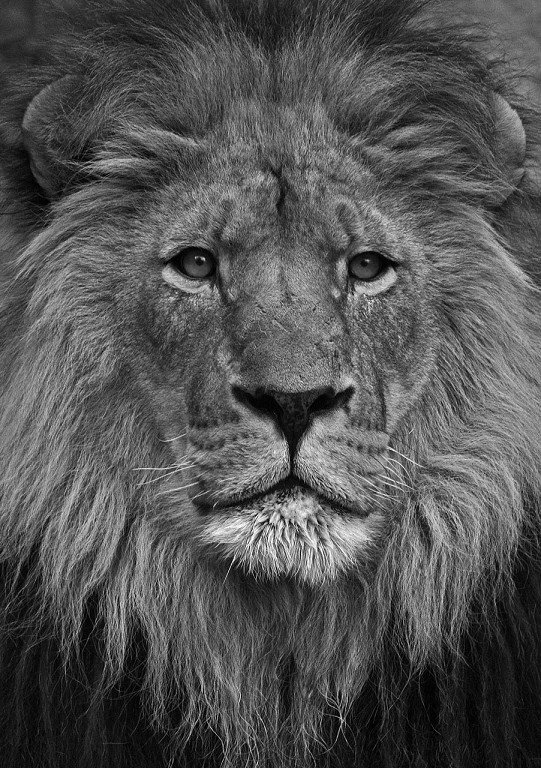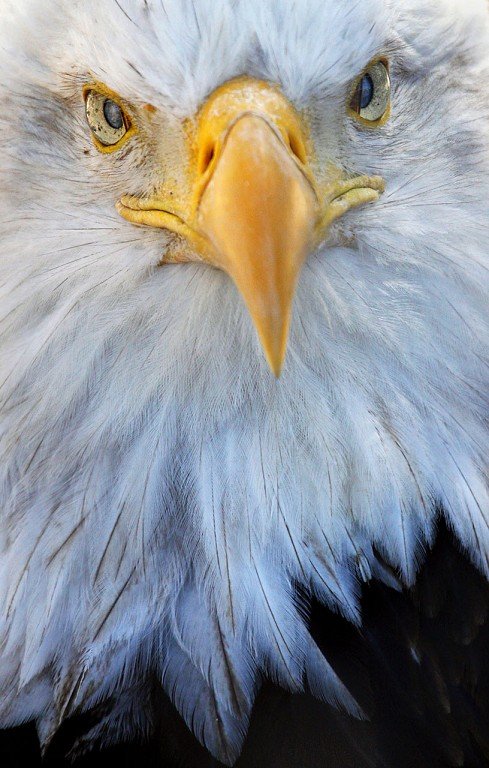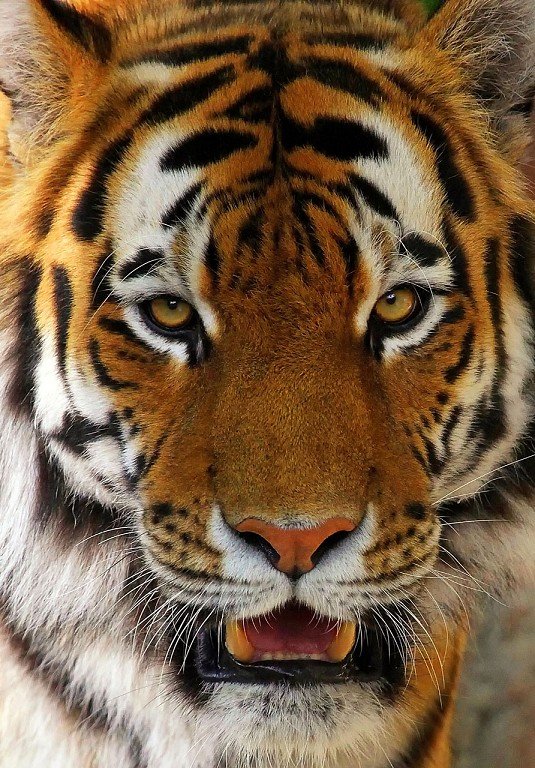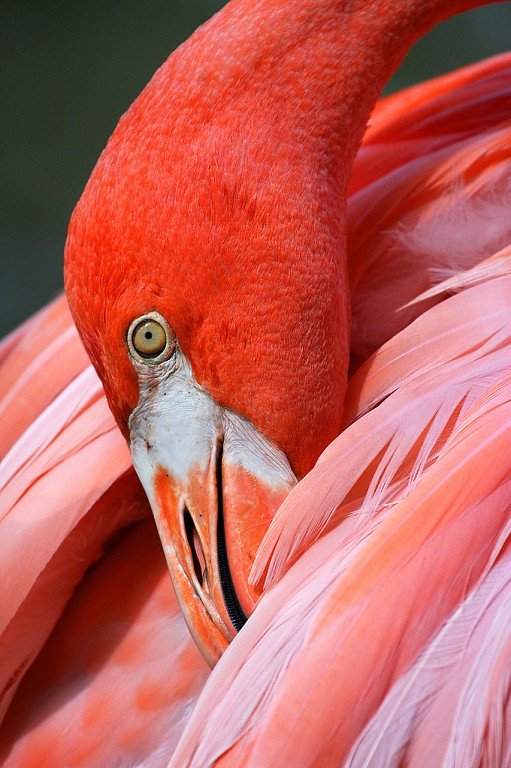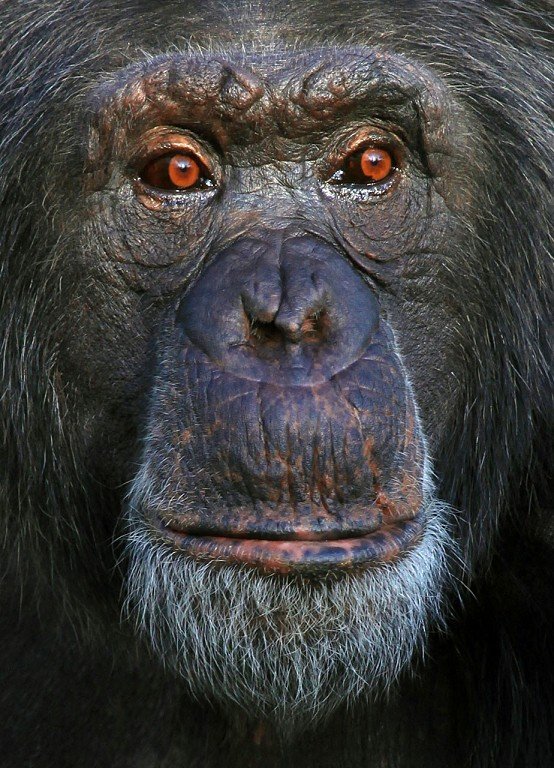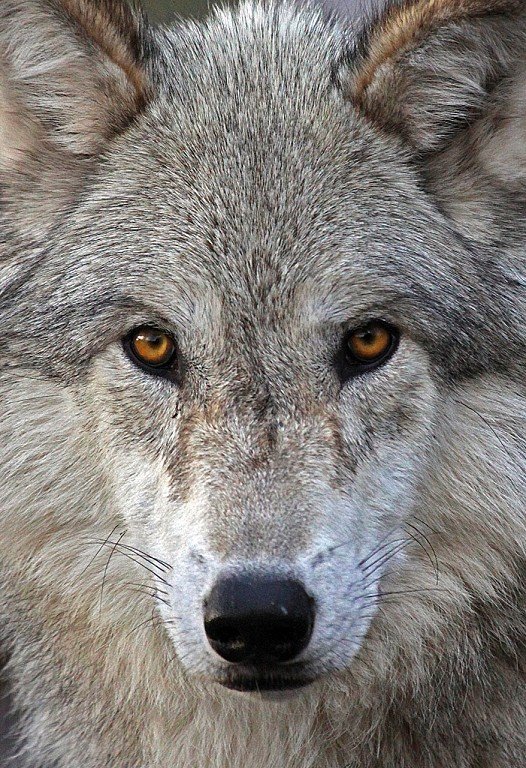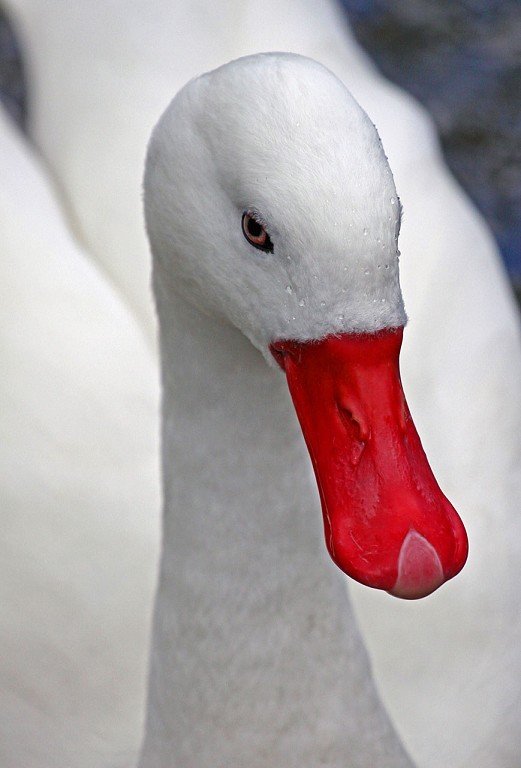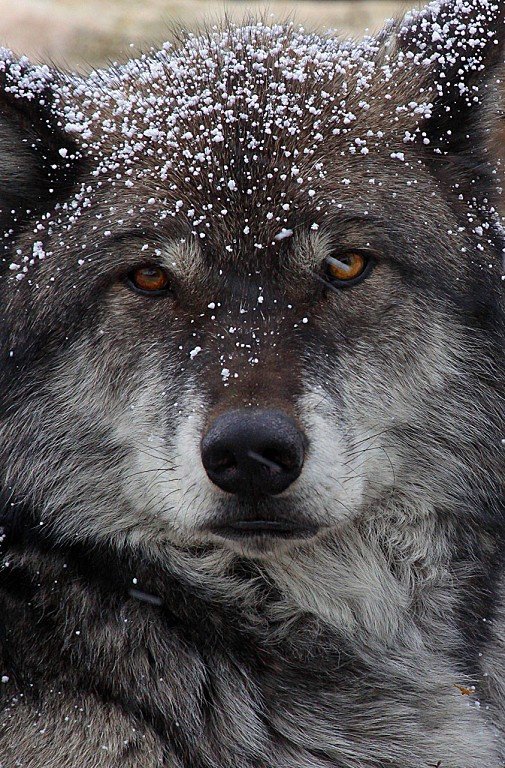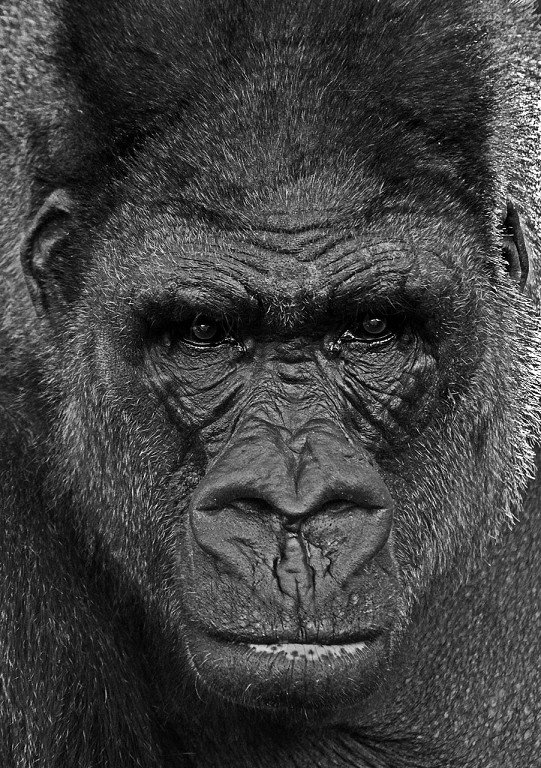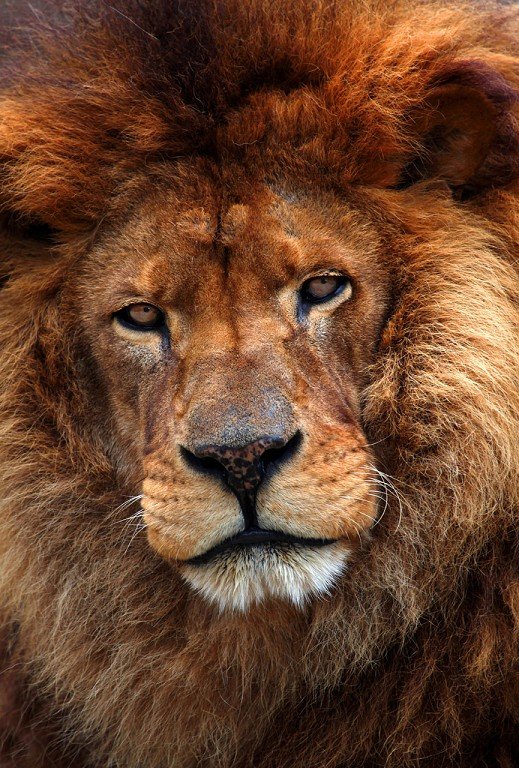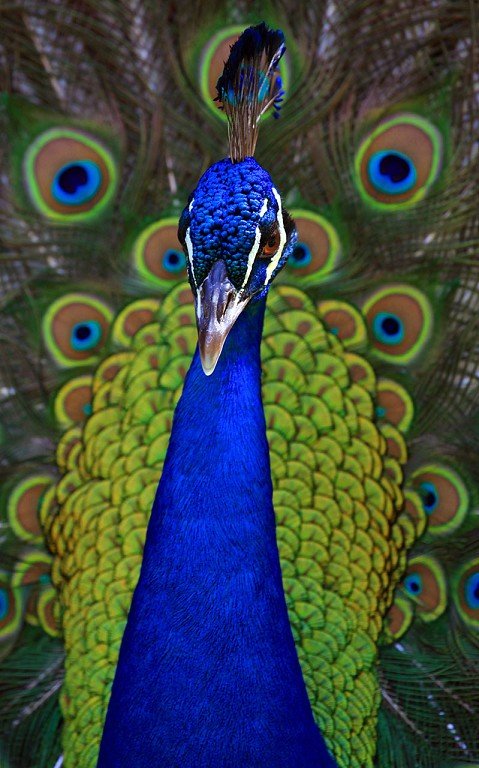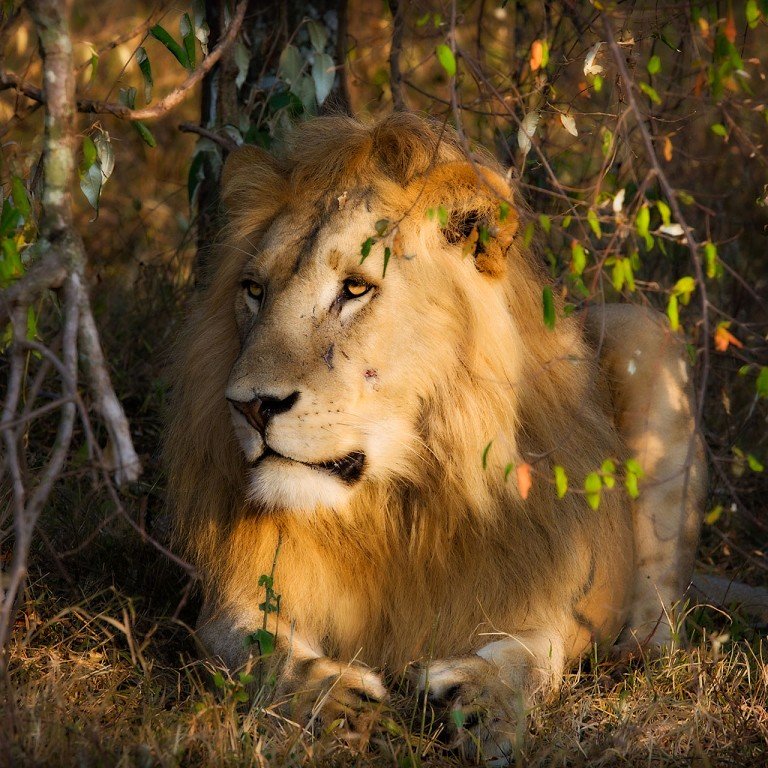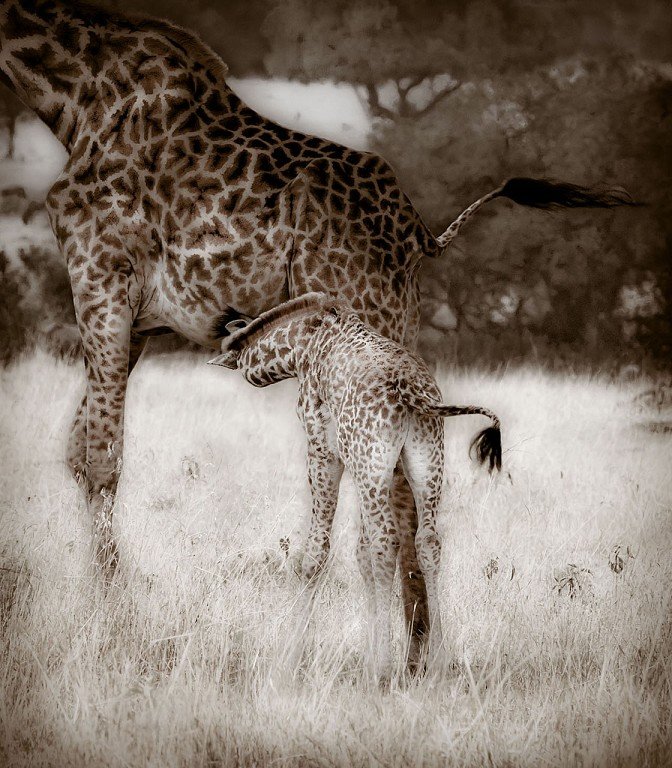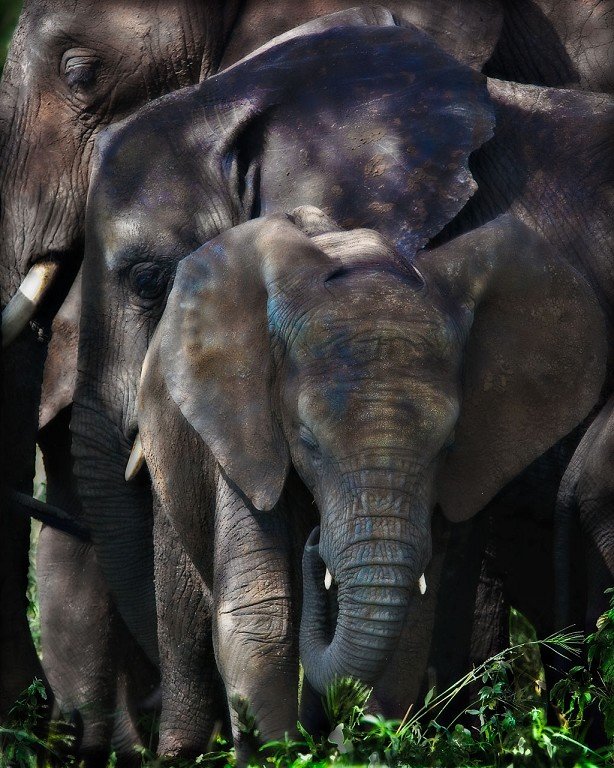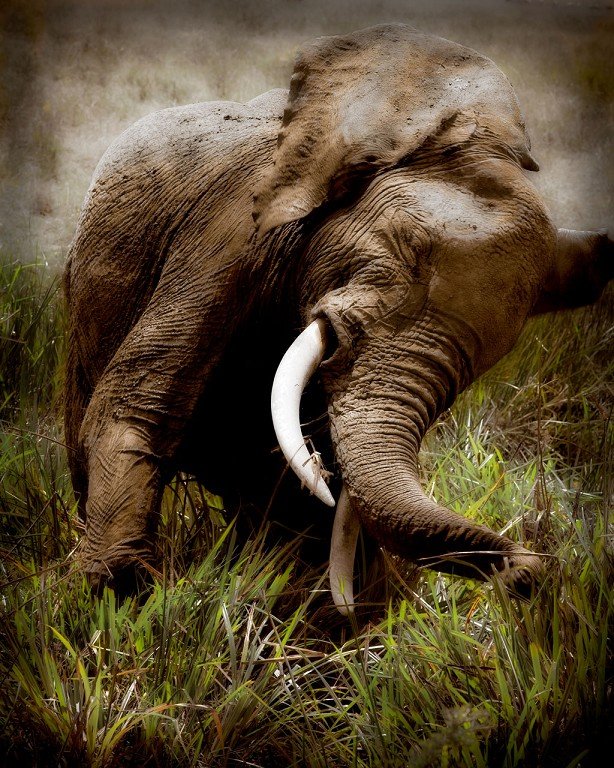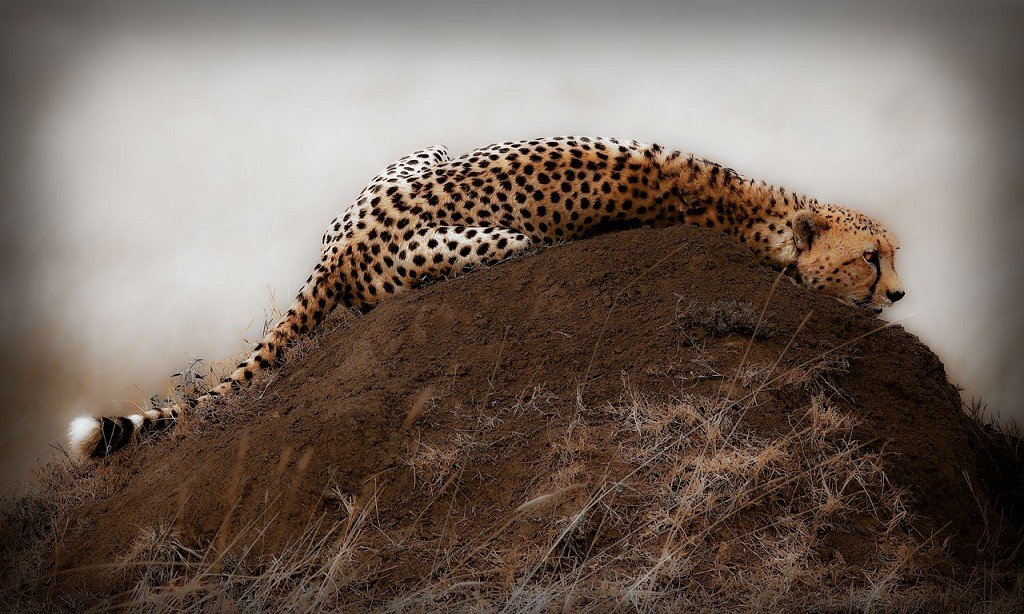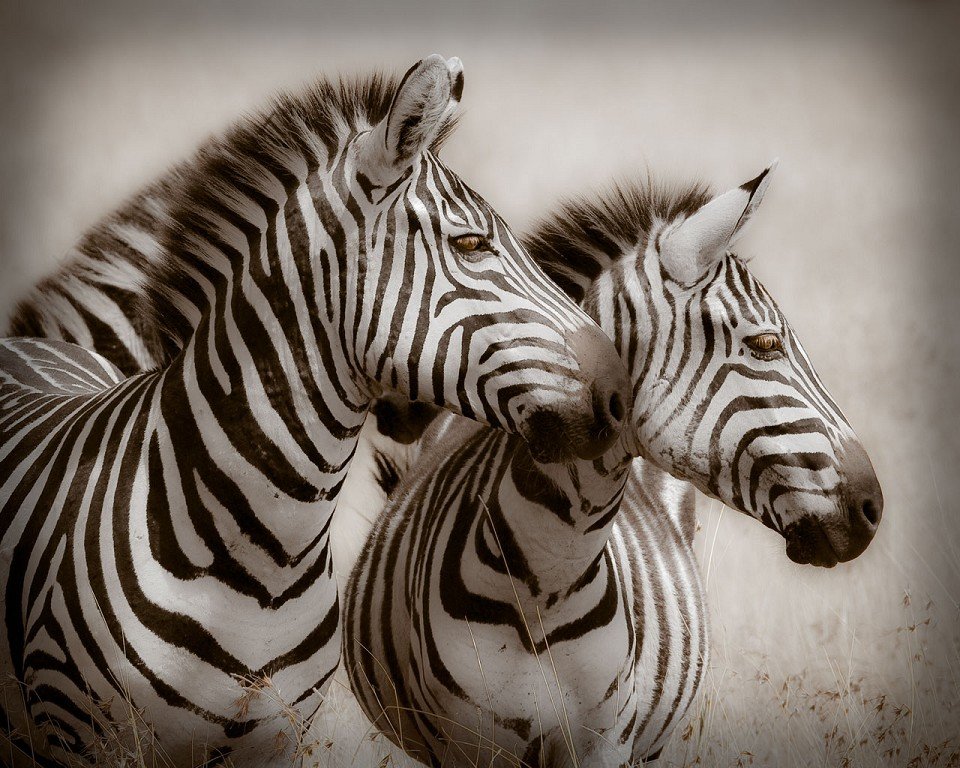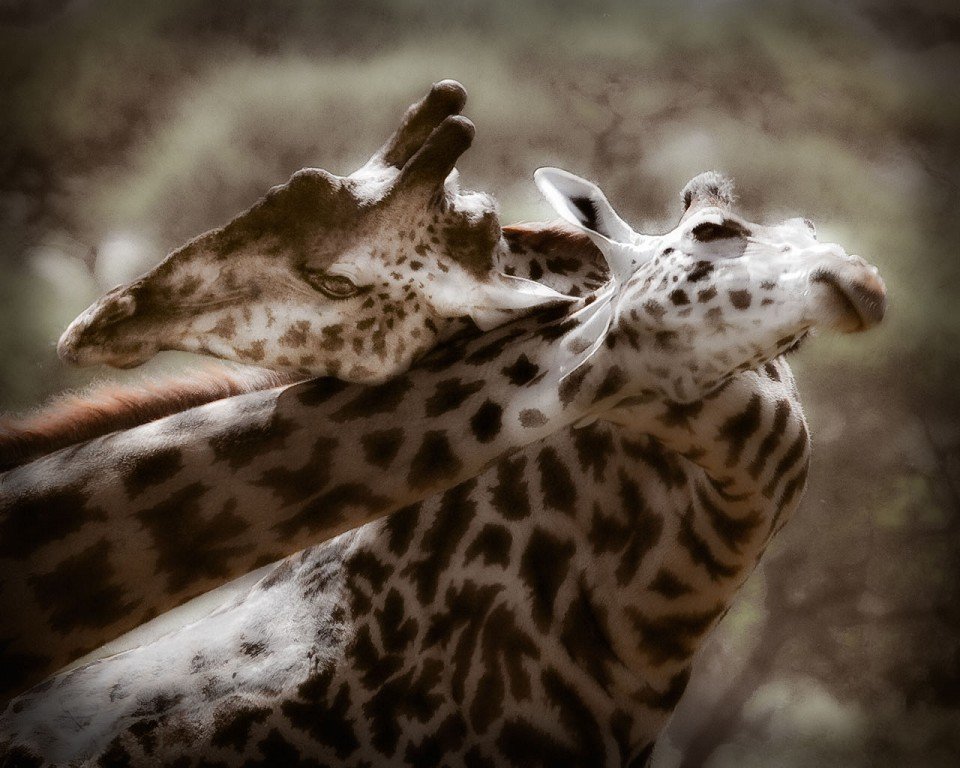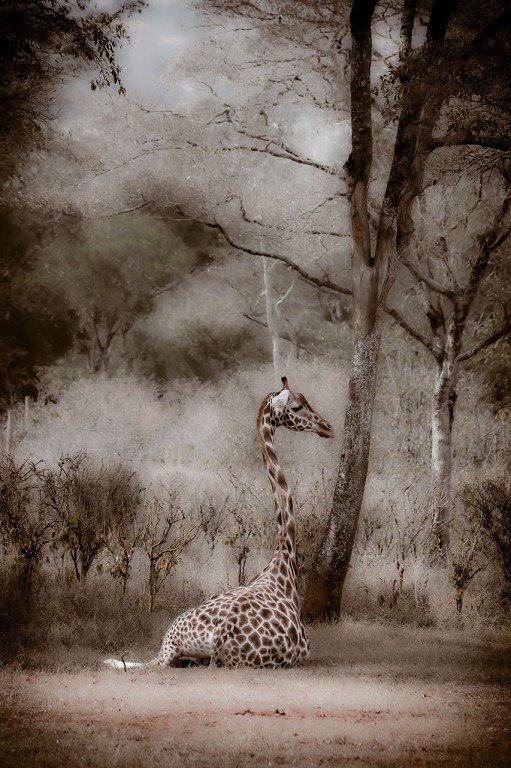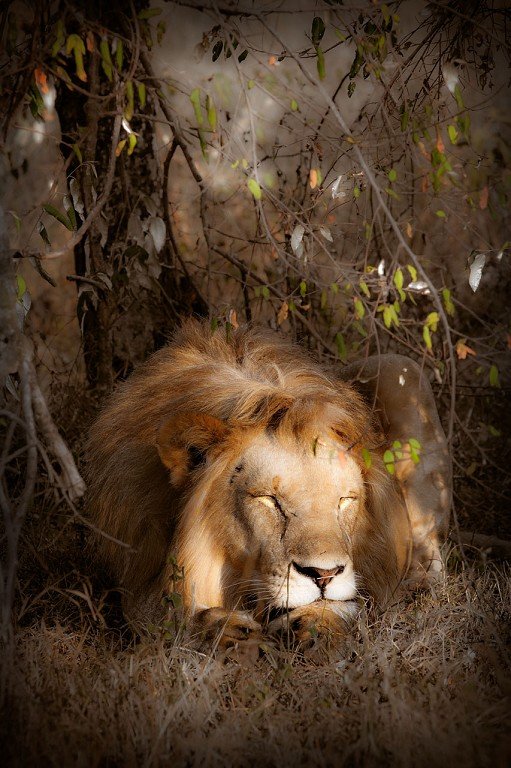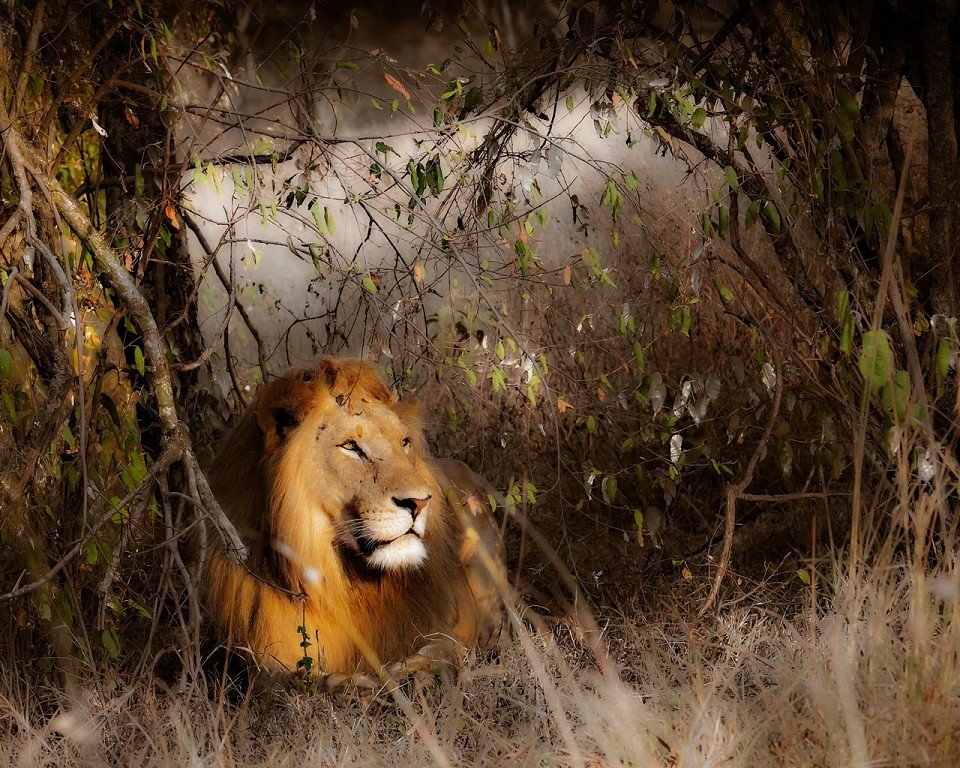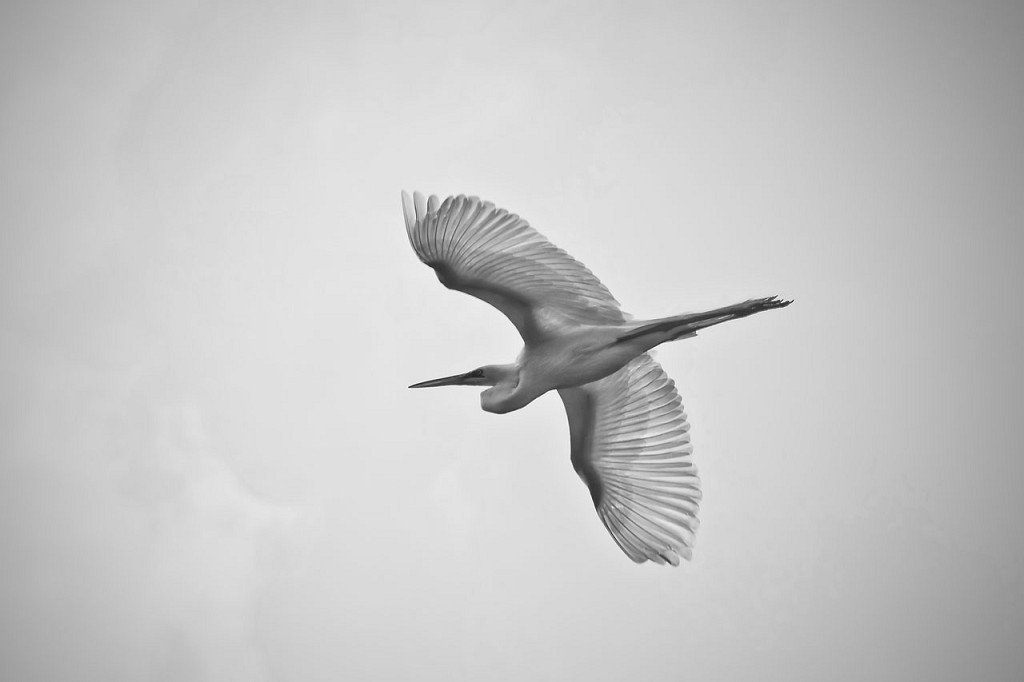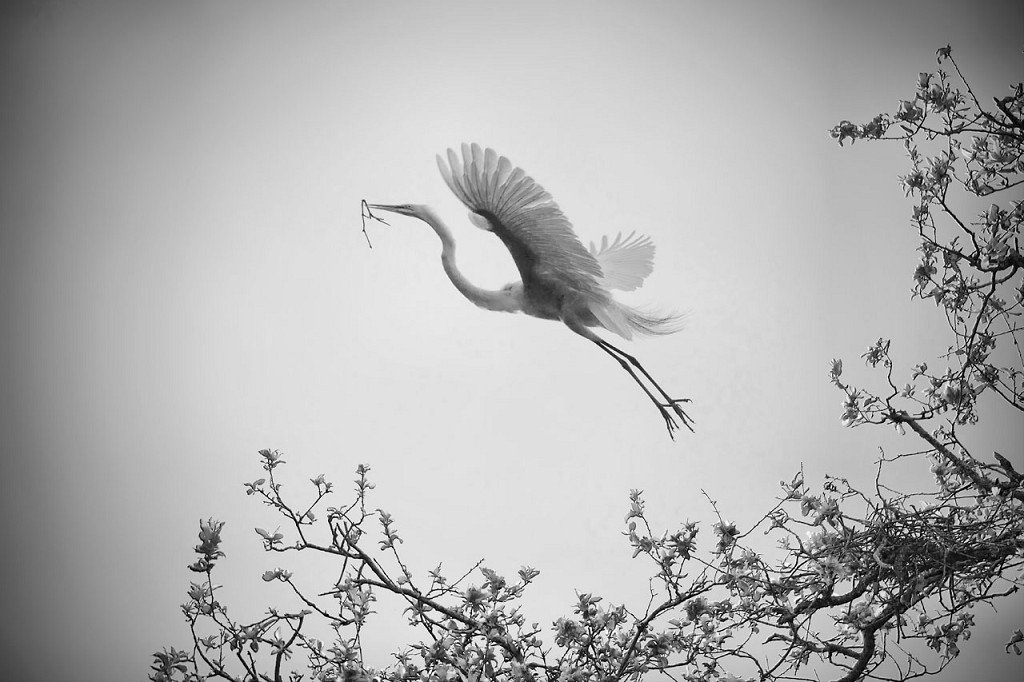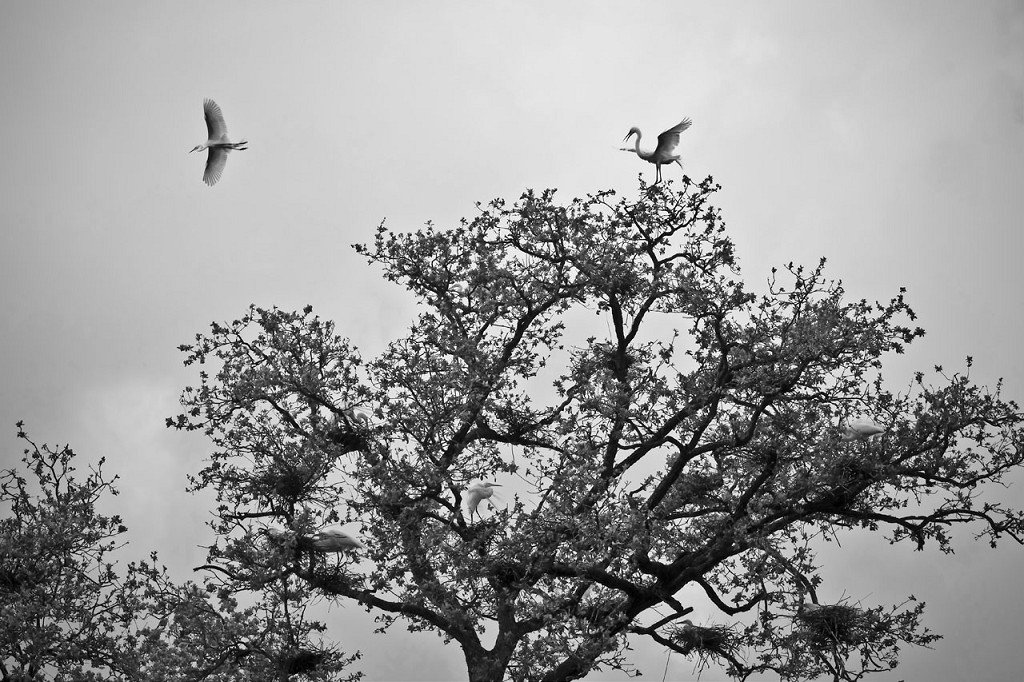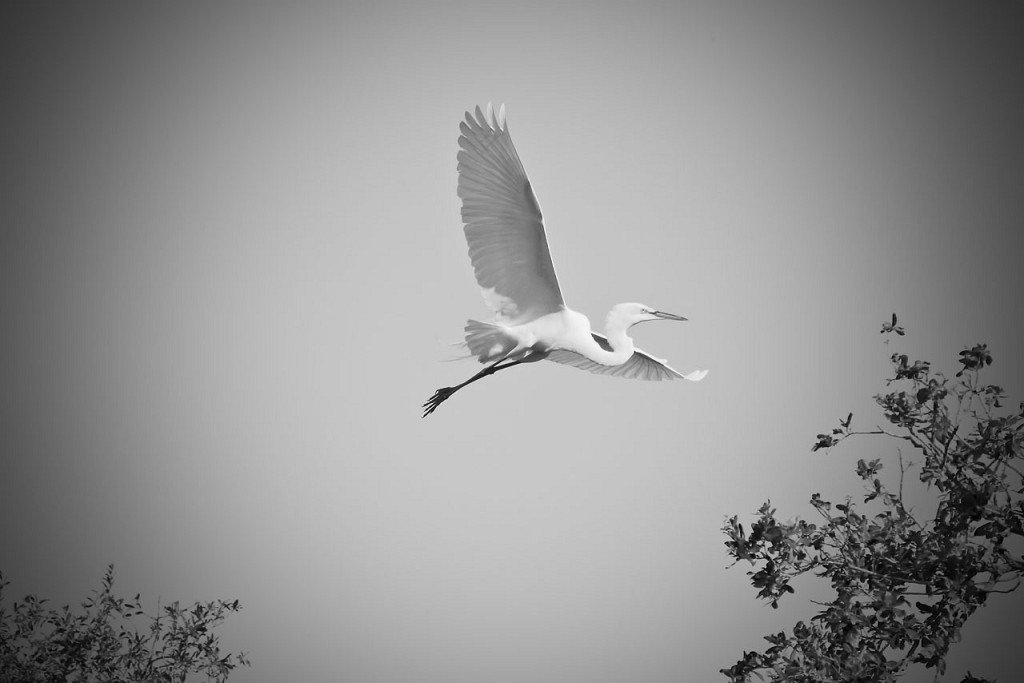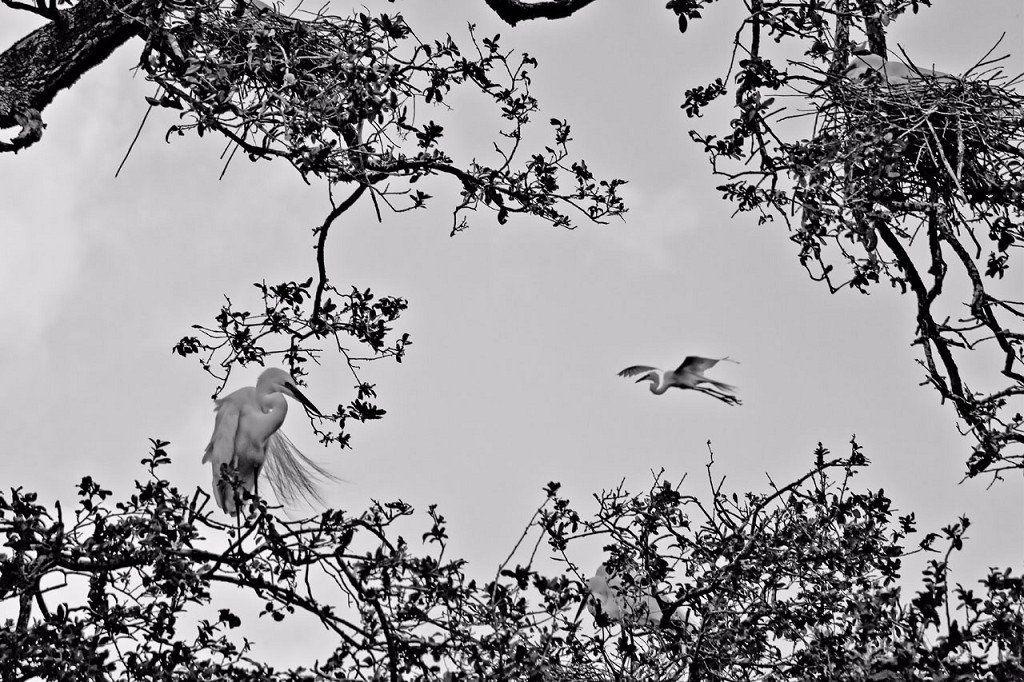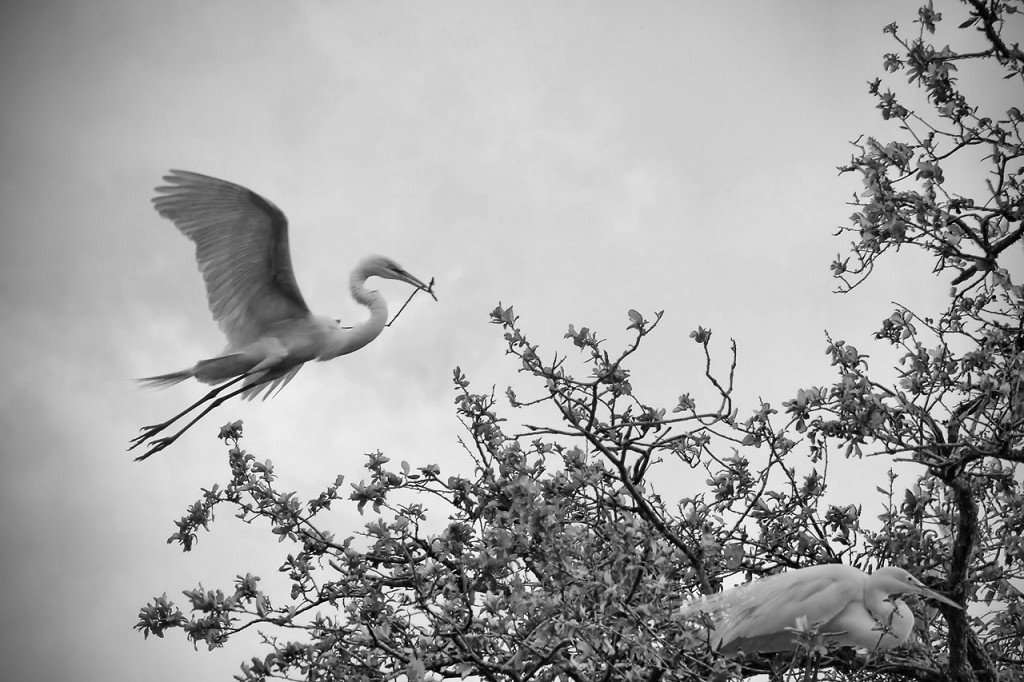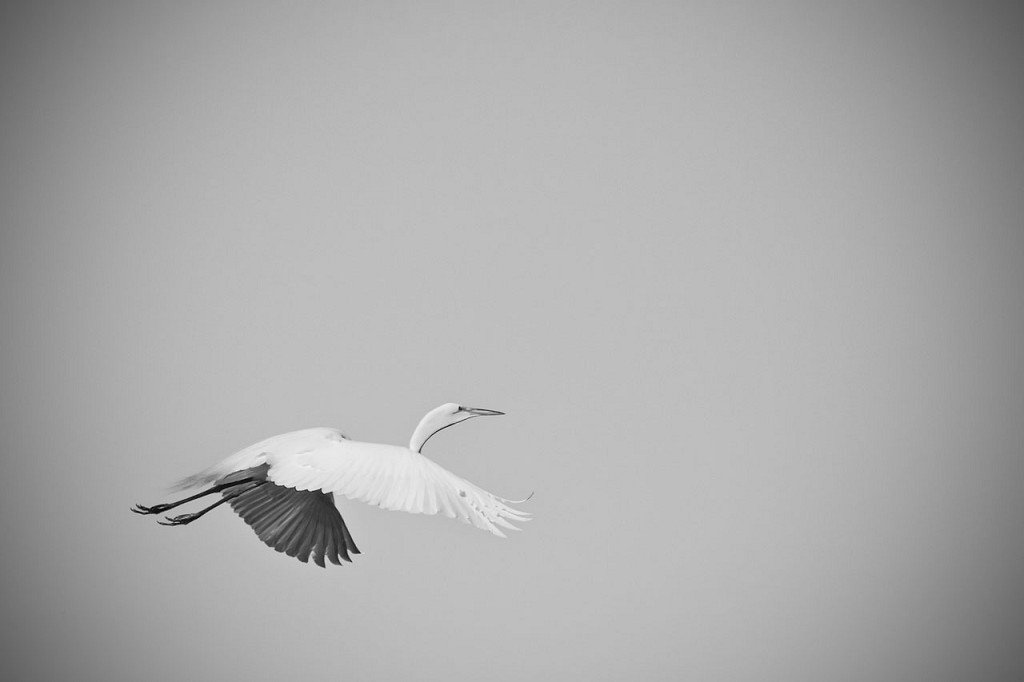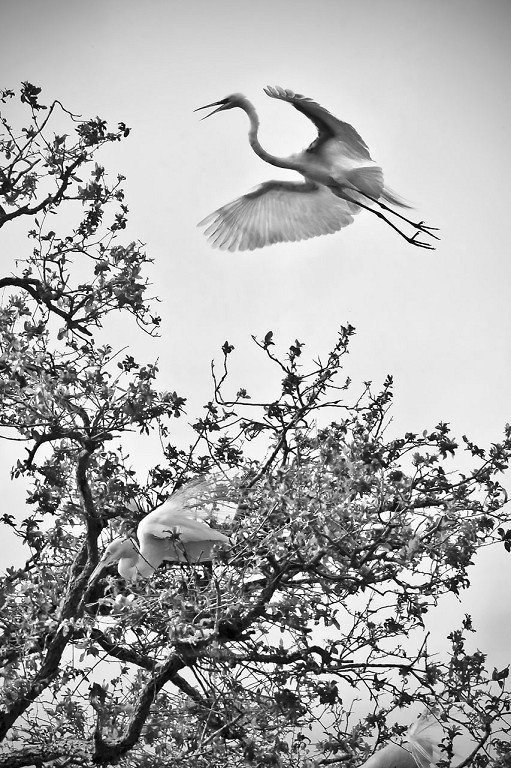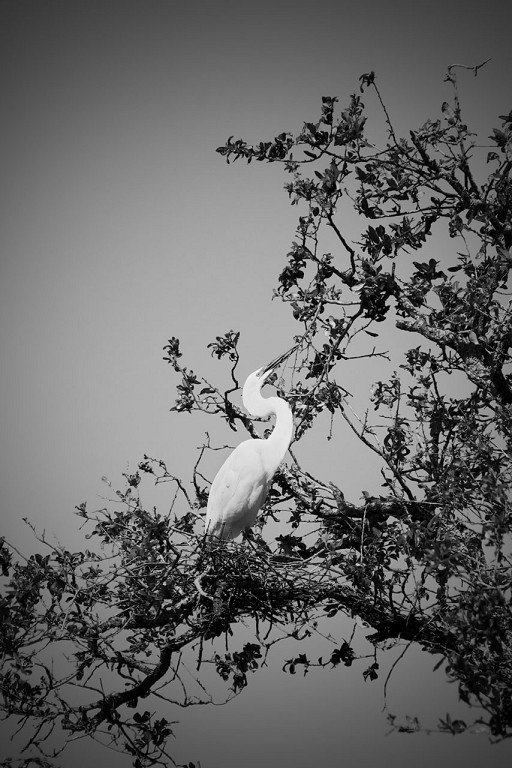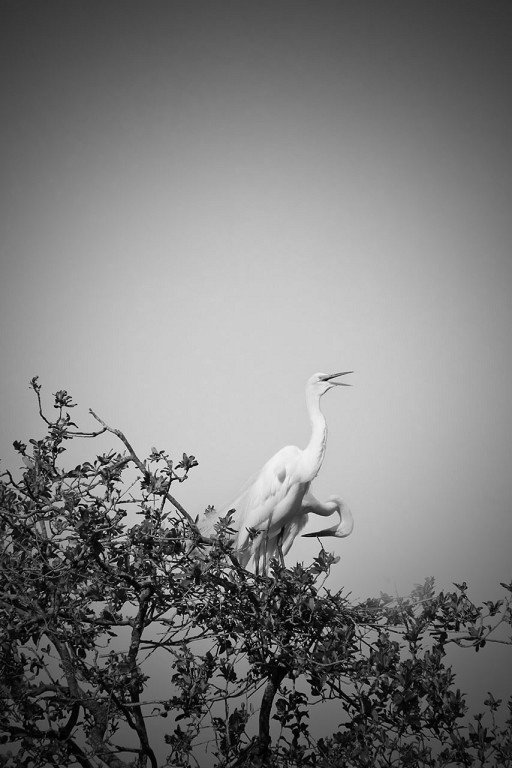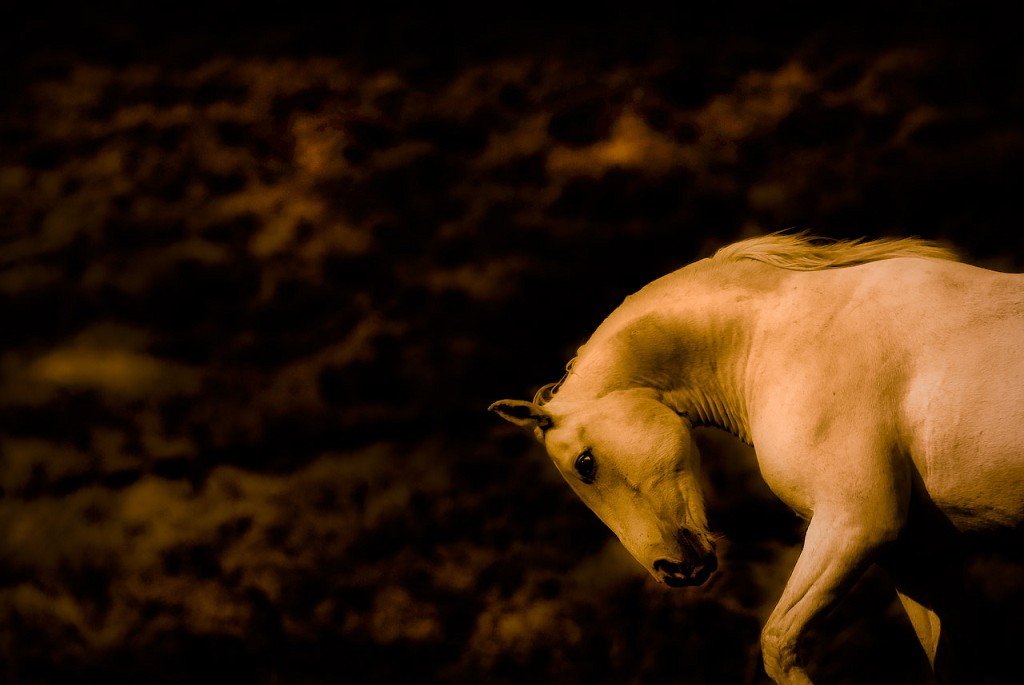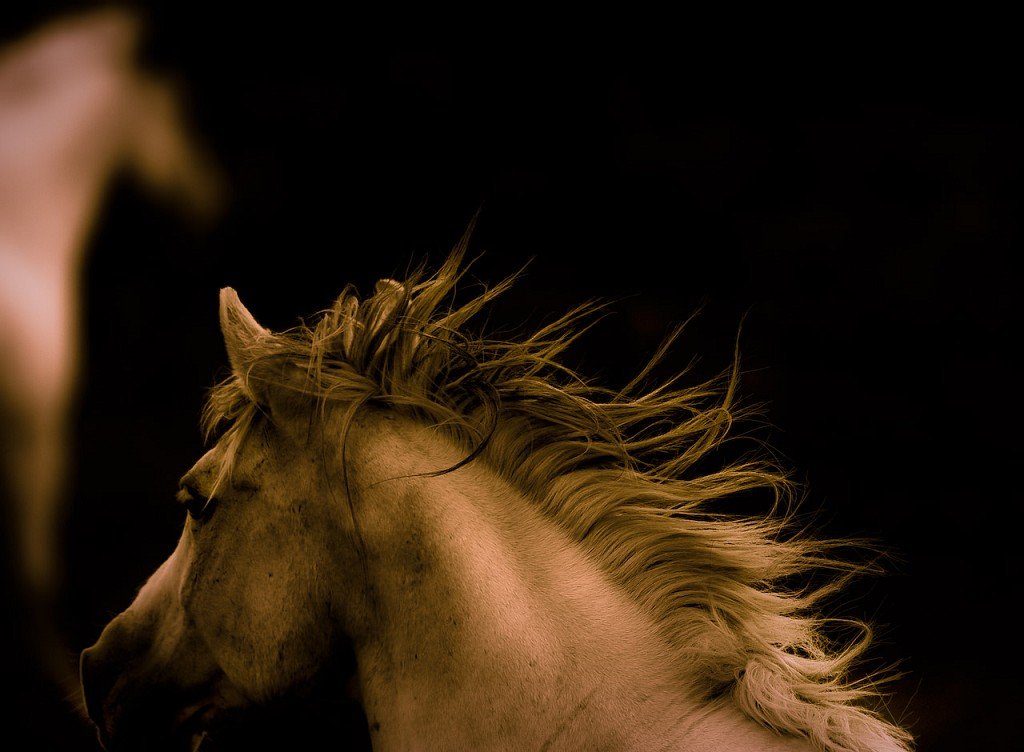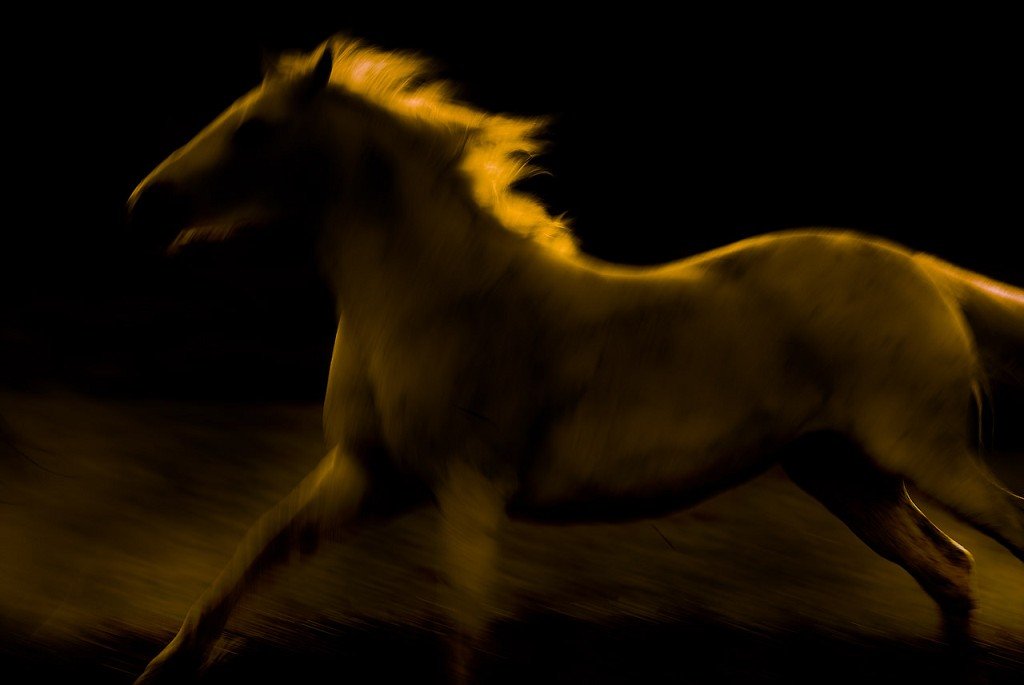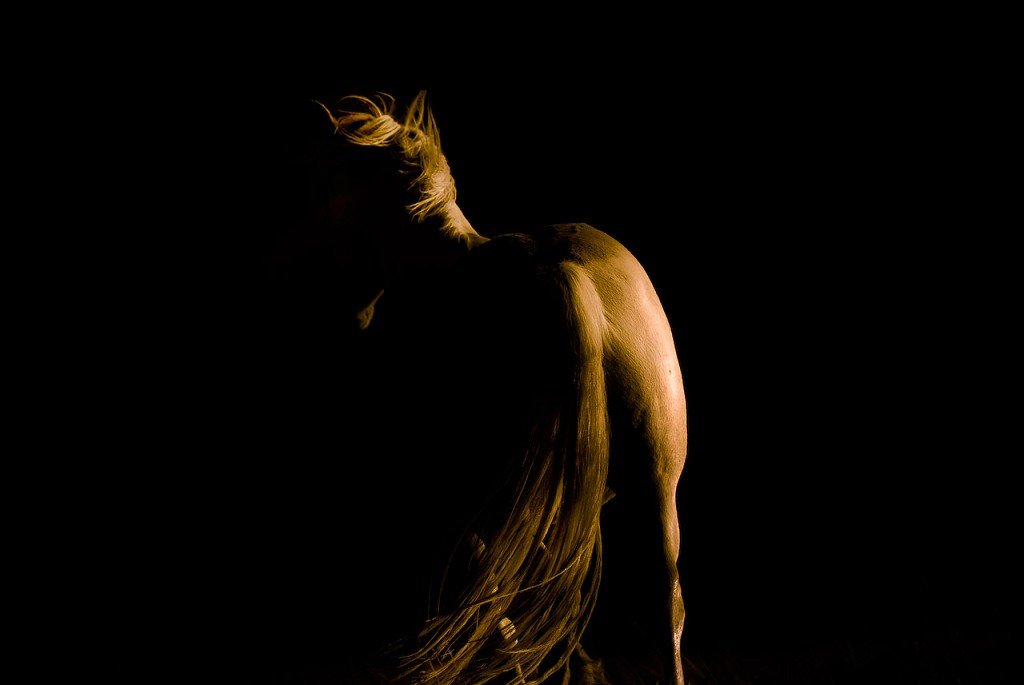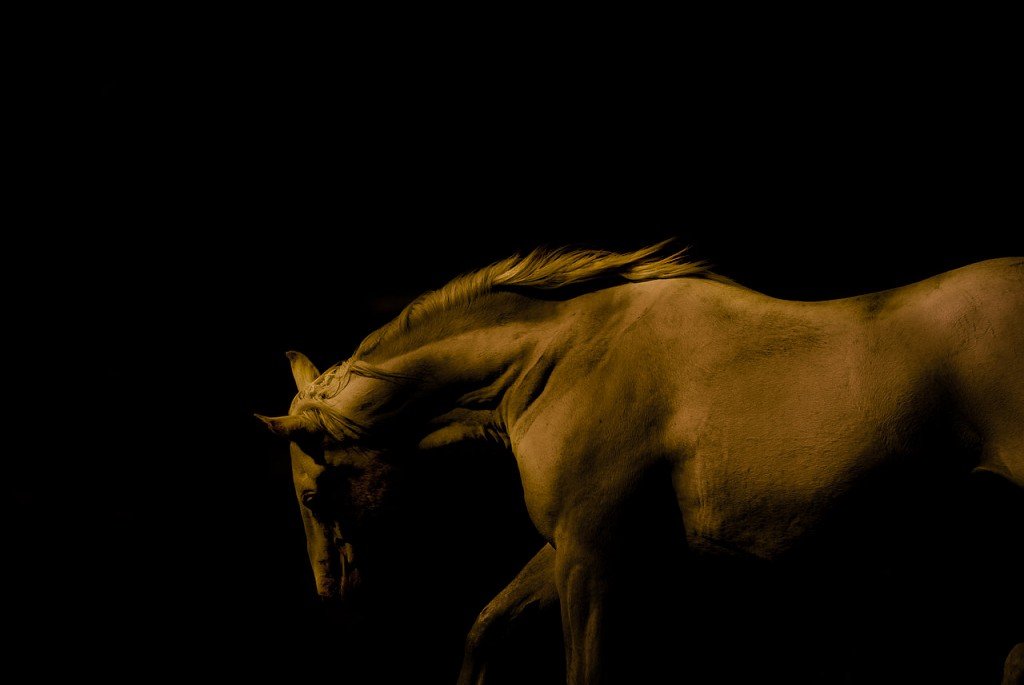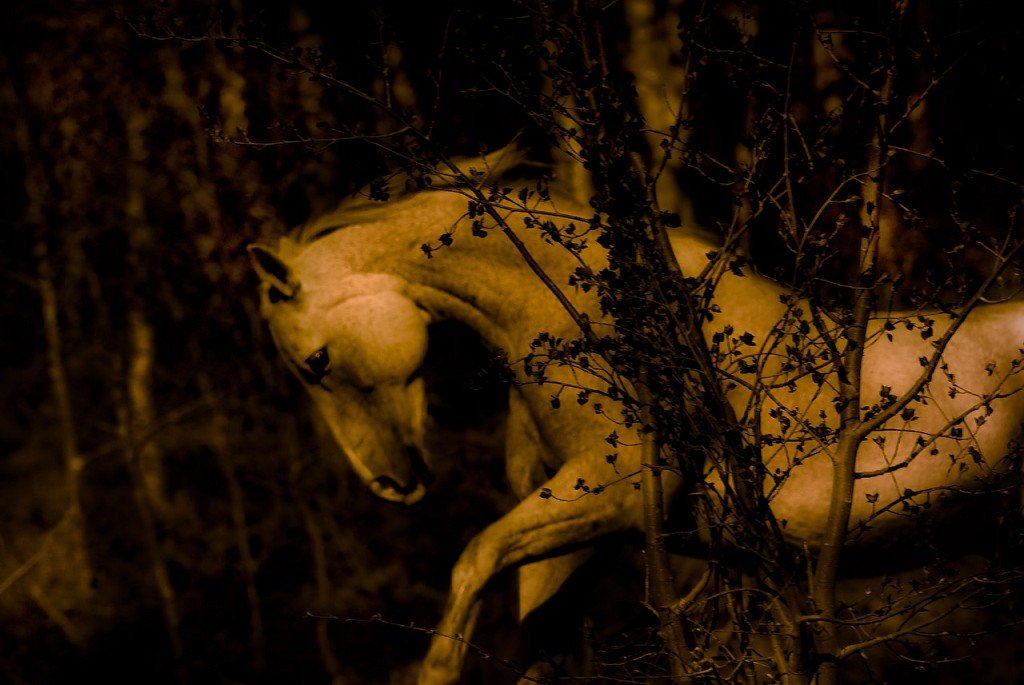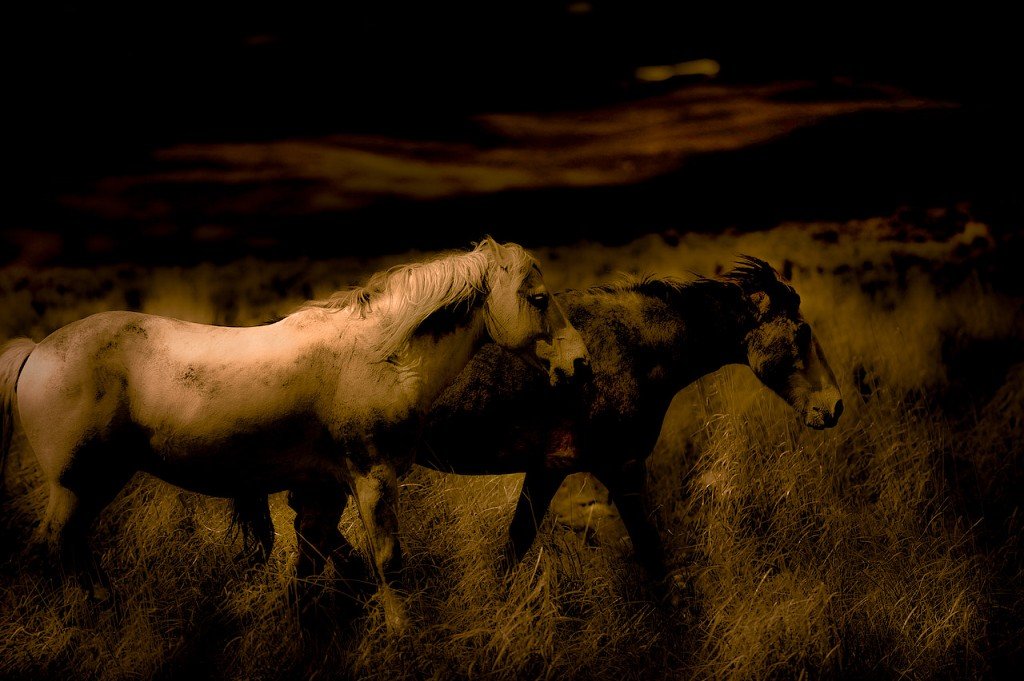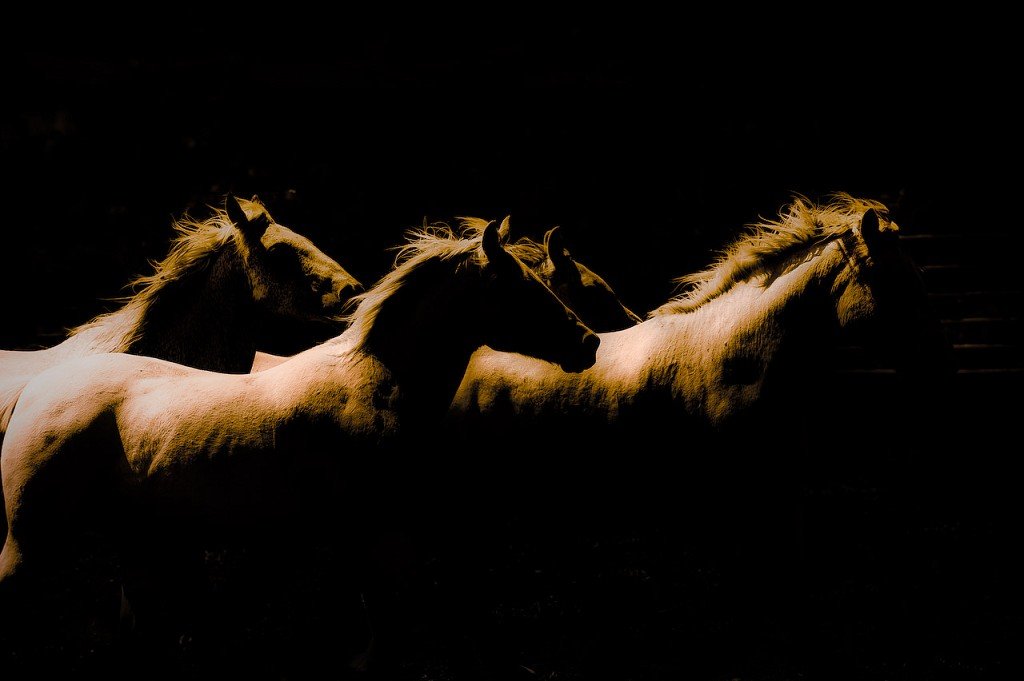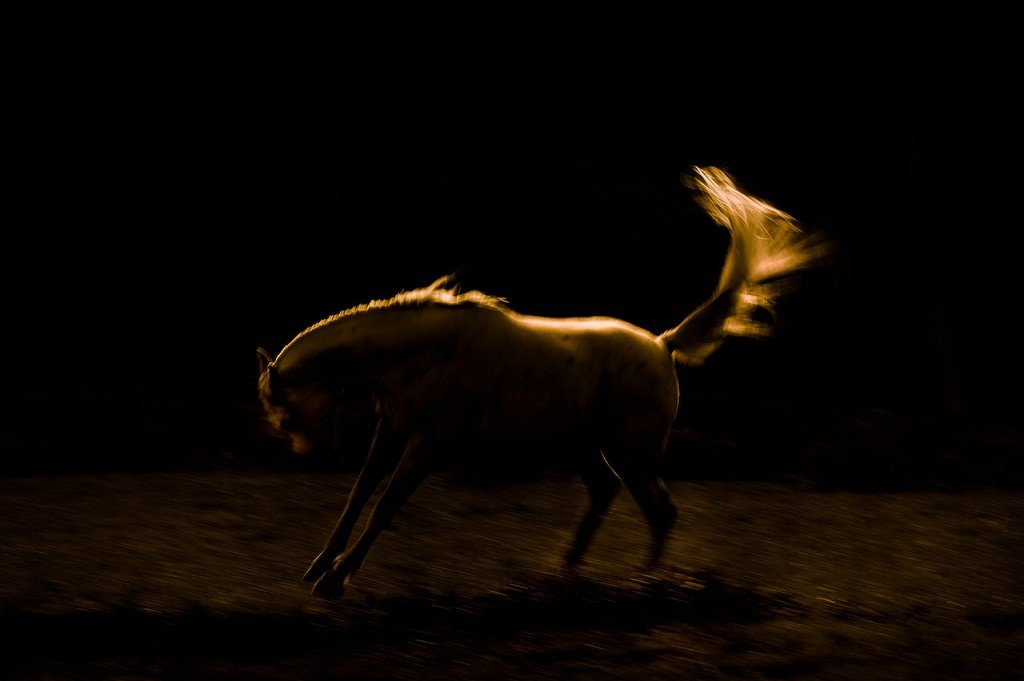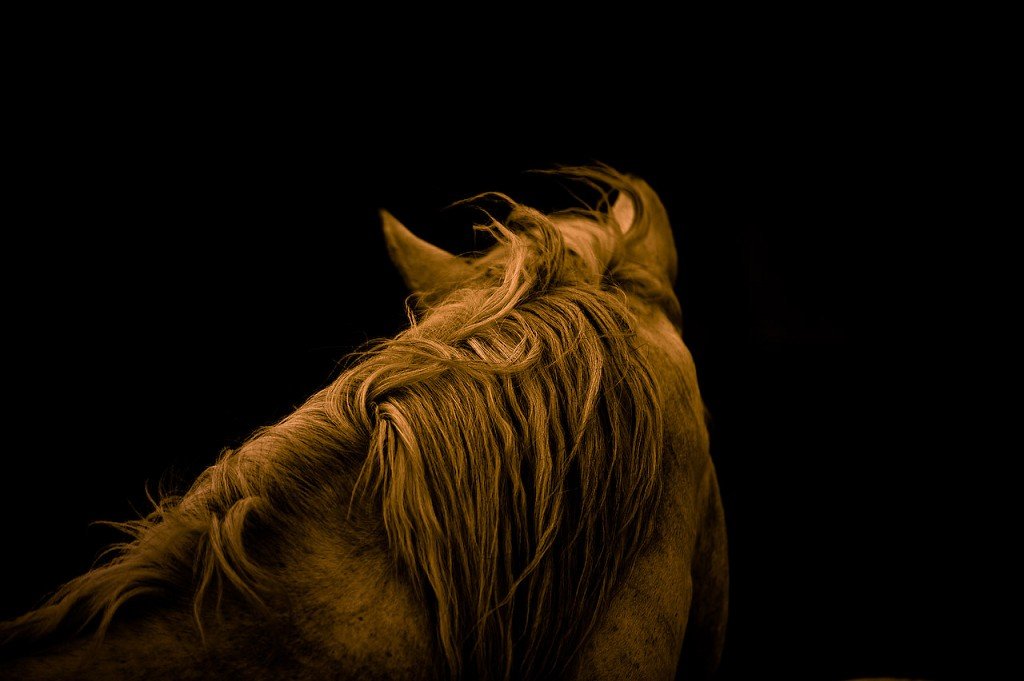EXHIBITION DETAILS
Portfolio Showcase Volume 5
JURORS STATEMENT
As a publisher of photography books, I am naturally drawn to bodies of work that tell me something I didn’t know about a subject that I was already interested in. I am also grateful when I see work that deals with subjects I had not previously given much thought to, but which, based on the photographs presented, I find myself taking a new and enthusiastic interest in.
Selecting 15 portfolios from the multiple of that which I started out with was both challenging and very, very satisfying. The only guidelines I gave myself were that 1) the work be heartfelt, no matter what the subject, and free of cynicism; 2) the work be visually interesting, making me want to look closer and longer than I normally would; and 3) the work be respectful of the subject, but also approach it in a way, or from a perspective, that is unexpected or unusual. The 15 portfolios that I selected are not the only ones submitted that exhibit these qualities, but they stand out nevertheless.
Josh Rushing photographed an incredibly complicated subject, one that he had already viewed from many different perspectives, and in many different situations. The subject and technical approach are perfectly paired, and the artist’s statement offers both wisdom and hope. Kathryn Jacobi hit the sweet spot with this work. It is not the first photographic project, by any means, to capture “double portraits” of one subject, separated by time. But it is done in a way that was new to me as a viewer, and with such honesty and respect for life that it warrants special attention.
Josh Rushing
BIOGRAPHY
I’ve been to Baghdad eight times since the U.S. invasion began. I first arrived in April 2003 as a U.S. Marine with the invading forces. I returned as a journalist on seven more occasions. I have witnessed Baghdad morph and contort like no other city, from the uncertain, early days of the occupation to ground zero of a bloody civil war, to a place characterized by labyrinthine cement T-walls that reduce inhabitants to live likes rats in a maze.
ARTIST ’S STATEMENT
This series of aerial, tilt-shift photos offers a glimmer of hope for Baghdad’s unbounded future — as a model city known for its treasures instead of the violence of its recent history. As the U.S. military withdraws, this scarred city is tentatively blossoming. Tourist attractions, like a 180-foot Ferris wheel, invite visitors to see Baghdad as something other than a battleground, to see the last eight years as a single grain in the three thousand years of sand in its ancient hourglass.
Please visit my website to learn about my television show, Fault Lines; my book, Mission Al Jazeera; my role in the film Control Room; or my past as a U.S. Marine officer.
Albert Winn
BIOGRAPHY
Albert J. Winn is a photographer based in Los Angeles. He has shown both nationally and internationally. His work is in the permanent collection of the Library of Congress, the International Center of Photography in New York, The Jewish Museum in New York, the Museum of Fine Arts in Houston, and the Center for Photography at Woodstock. He has a BS from Penn State and an MFA from California Institute of the Arts.
ARTIST ’S STATEMENT
Summer camp was once an important part of the cultural landscape of the Jewish adolescent experience in the United States. Camps provided a sense of community, reinforced group identity, engendered their own allegiances, and fostered networks of relationships that extended into adulthood. Started in the early years of the twentieth century as a refuge from congested slums, summer camps became vehicles for assimilation into the American mainstream, combining Native American and American folklore, sports, and arts and crafts activities in a Jewish cultural setting. For the entire summer, camp became an ideal community of children removed from home and parents – a mythological place of friendship, achievement, romance and promise.
Although camps still exist, they reached their heyday in the 1950s and 60s. The photographs shown here are of summer camps from a variety of locations throughout North America. Part of a larger body of work, they address the issues of memory, nostalgia, loss and myth associated with landscapes. The myths that surround summer camp, like those of any other place that represent an ideal, have a resiliency greater than the actual experience and, as such, become constructs of metaphor. As a long-term survivor of AIDS, the empty spaces have a special resonance for me. Devoid of the vitality for which they were created, they are not only a reminder of the loss of an ideal but also of lives lived and lost.
Maryellen Bartley
BIOGRAPHY
Mary Ellen Bartley’s book photographs have been widely exhibited in venues including McKenzie
Fine Art in New York, Photo Center NW in Seattle, Houston Center for Photography and Corden|Potts Gallery in San Francisco. The painter Ross Bleckner recently chose to exhibit her work alongside his at the Parrish Art Museum in Southampton, New York. She is a winner in Photolucida’s Critical Mass 2011- Top 50 Photographers, and she lives and works on the East End of Long Island, New York.
ARTIST ’S STATEMENT
In this series, I visit photography books as they stand open before my camera, using their chance settling and a full-frame, close-up view to see them in a new way, as the images fall into and out of the books, and into and out of abstraction.
This work interests me on many levels. First, there is the beauty of the interior space and the structure of the books, and the unique formal discoveries
of looking at them close-up. The stripes the pages create, the shadowy voids between pages that read like burns or stains, and the reflections the photos can make on the pages facing them are among the repeating formal motifs I’ve found.
On another level, I’m fascinated by the questions the work inevitably raises, concerning conceptual ideas about appropriation and reproduction in a mechanical versus digital age: What is the unique aura or presence of a book? How is an image seen and remembered?
Finally, what drives the work for me is the emotional connection I have to the books. I have tried to convey the sensuality and intimacy of reading and looking through books as well as the fleeting inspiration and little jolts of connection that readers find in the books they love.
Erica Shires
BIOGRAPHY
New York photographer Erica Shires is originally from Detroit and lived many years in Texas. She loves road trips to empty places and getting lost anywhere with her husband and camera.
She was named one of PDN’s 30 and her work has been featured in Foto8 and Communication Arts. She has exhibited in New York and London as well as many festivals worldwide.
Commercially, she has photographed for major advertising agencies and clients such as Ad Council, Kodak, Nike and New York Magazine.
ARTIST ’S STATEMENT
Wabi-sabi is the Japanese aesthetic for something that is damaged but all the more beautiful for it.
When I met L. waiting tables in the dimly lit Caffe Reggio in Greenwich Village, New York, I was immediately drawn to her. Reminiscent of an Italian movie star Fellini might have loved, a sadness well beyond her years shone through her features. Before we were able to meet again, a year later, we corresponded through letters and email. It wasn’t until we actually began working together that I found out about her illness.
We have been working together for five years now. Through letters, film and video, we are making up our story. I wanted to create a poetic interpretation of her struggles, not a straightforward documentary.
Jonas Kulikauskas
BIOGRAPHY
Jonas Kulikauskas is an American Lithuanian artist born and raised in southern California. He holds a BFA from Otis Art Institute of Parsons School of Design, Los Angeles. He has been making art for 25 years but never showed his work until recently. In his first year of showing, Mr. Kulikauskas was accepted to over 20 juried national and international group shows, received the Samsung Faculty Enrichment Grant at Art Center College of Design, and completed his first book of fine art photography, entitled City, Volume I : Strangers with an introduction by Carol McCusker, PhD.
ARTIST ’S STATEMENT
My art relies heavily upon my personal experiences.
I report back on what I have learned, observed, or survived and propose new lines of thinking. I like to find the wonderful in the mundane, reveal something new from what appears to be nothing, or offer an unexpected perspective on institutions, traditions, or people.
In the autumn of 2009, I was visiting the San Francisco Museum of Modern Art where I took a photograph of a guard. I had been studying him and thinking about how he must stand all day on the concrete and that he must adopt a particular stance to protect the muscles in his lower back. I stood behind him and zeroed in on his hands, his hips, and angled posture. Museum Guard was the first in my Strangers series. This is a different kind of street photography–portraits of people without showing their faces. I like the idea of striking the balance between capturing the private time that people dedicate to themselves and offering just enough information for the viewer to complete their own version of the story. Of course, the challenge is entering deep into the subject’s personal space without upsetting the moment.
William Harper
BIOGRAPHY
William Harper is a Chicago photographer and composer. His photography is concerned with natural form and line, and the mythologies inspired by nature. His photography currently shows at the Transistor and Black Cloud galleries in Chicago. His technology-based operas, musical theater and music for dance are often sourced from liturgical and folk traditions. William Harper has a PhD in music composition and teaches at the School of the Art Institute of Chicago.
ARTIST ’S STATEMENT
The camera is camouflaged and strapped to the tree. Sometimes a red light blinks. The whitetail buck doesn’t care, the doe is mindful and the coyote suspects a trap. No one else is there for now. Bresson’s Zen archer is napping in the pine grove, dreaming of half-naked fishermen throwing their nets into the clouds, and the photographer is telling the children a story about a hunter who tracks a deer deep in the forest to a glade he knows but never expected to see. At the edge of the clearing, the hunter glimpses people he thinks he should know – a girl recovering from death, a man healing a small bird in his mouth, and another man overcoming his fear of snakes with the help of a doe. Someone is making a fire. There are choirboys and raccoons. Nobody stays for long. A runaway child slips into the glade and joins the animals. She wants the coyote for her own. The coyote will stay with the runaway but won’t get too close.
Some of the stories the photographer tells are true. Some are outright lies. He explains to the children that photographs don’t lie but he doesn’t need to. They can tell when a lie is actually true and, in any case, are somewhat flexible on the issue.
Ann George
BIOGRAPHY
I grew up with people and places that grounded my roots deep into the Southern soil. I sense the South in its old things that still have purpose, its soft blanket of pine straw and its suffocating summer nights. I know it in the strong coffee, the mud and the paper mills, in the blur of the cotton and the sugar cane fields, and in the small white churches that dot the landscape. It’s in the distant train whistles, the cicada song that signals the dark, and in the accents of the people I love. These Southern memories will always be part of who I am and the work I do.
In an effort to create images that reflect a sense of nostalgia, I blend Photoshop techniques, oils, glazes and waxes to create texture and depth. I meld pixels, paper and paint to create photographic fusions that celebrate my native Louisiana as well as the people, places and stories that move me. I make a humble attempt to portray the role of inspirational storyteller through imagery, and look for ways to satisfy my vintage eye through camera, computer, printing and paint.
ARTIST ’S STATEMENT
I use photography as more than a means to capture a moment in time. I use it as a voice to capture a movement through time. The desire to describe
a journey, a fairytale, or a feeling of progressing through and to something propels me to a beginning and an end, like the images in The Three Chapters of Illumination: God Calling.
I created this series during a period of loss. It represents a metaphorical journey in three stages: burden, knowledge then liberty. Throughout I used the wolf to signify fear, and the girl to symbolize mankind. The mask represents how one, consumed by grief and self-pity, can be unaware that these burdens can be removed with knowledge and wisdom.
Robert Kalman
BIOGRAPHY
Robert Kalman lives in New York state and has been making pictures as a freelance editorial photographer since 1975. His self-published photographic books include Descended From the Stars: Portraits of the Kuna People, The Women Kept Looking at Us: Portraits From a Nicaraguan Village, In Time & Space: The Barcelona Portraits, Worlds Beyond Words: The European Portraits and No Difference Between Them: The Black & White Portraits.
ARTIST ’S STATEMENT
I think back across 20 years to my first morning in Larreynaga, an obscure Nicaraguan village situated about 40 kilometers inland from the Pacific coast.
I distinctly remember being struck by the tranquil dignity of the people as they began the business of their day. And as I began the business of my day, moving about the village with a large-format camera, asking people in broken Spanish if I could make their portraits, I had a completely unanticipated experience in the way people responded to me. As I approached, without exception people would calmly consider my request, nod approval with a bit of gravity then face the camera with an unselfconscious, serious grace.
In December 2010 and July 2011 I returned to Larreynaga to begin the project of re-photographing these villagers from two decades earlier. What astonished me was how little the village had changed. Except for the presence of a cell phone tower, time literally seems to have stood still: Cowboys still rustle cattle down the dusty main street; transportation is chiefly by horse, ox cart, the occasional bicycle, and, of course, on foot; and pigs, chickens and dogs are omnipresent. And the people, despite the passage of 20 years, once again presented themselves to me with the same dignity, grace and absolute honesty.
I re-photographed 60 people for this project. Their portraits were made with a 4x5 view camera.
Kathryn Jacobi
BIOGRAPHY
Kathryn Jacobi is a classically trained, contemporary realist painter, printmaker and photographer who has worked professionally for over 40 years, exhibiting in galleries and museums throughout the United States, Canada and Europe. Throughout her life as an artist, she has worked on two consecutive and disparate bodies of paintings. The first group is based on direct observation or old photographs and relates to her experience of the world. The second group derives from her imagination, with the paintings collectively weaving a narrative of her inner life and its journeys. Over the past decade, she has become more intrigued by what she now considers a third avenue of practice and exploration — the creative possibilities that are inherent in digital photography and the computer darkroom.
Kathryn was born in New York City in 1947. She attended UCLA, UC Berkeley and CSU Northridge, where she received her BA in 1978 and her MA in 1980. While Kathryn has spent much of her life in California — she presently lives in Santa Monica and has a studio in Los Angeles — she has spent much of the past two decades in the forests of British Columbia, where she had a second home and studios.
ARTIST ’S STATEMENT
The photographs in The Child is the Father of the Man address one of the themes that has always fascinated me — how we age, how the child becomes the old man or woman, and what remains vital throughout a life. In Wordsworth’s poem, the eponymous words “the Child is father of the Man” evoke a universe of metaphoric, visual possibilities. I juxtapose a contemporary portrait photograph of an elderly (or aging) person with his/her image as a child. I compose and layer the final image until the connection between mortality, memory and imagination, at least in my eyes and heart, becomes palpable.
Jerry Park
BIOGRAPHY
My interest in photography began a long time ago, although my serious shooting has gone on only for about 10 years. I think I’ve always been drawn to dramatic images, both black & white and color. For me, a well-composed, well-developed or edited photo provides one of the highest forms of emotional satisfaction. It does for me all the things art is supposed to do.
ARTIST ’S STATEMENT
After spending most of my working life in corporate America, with its homogeneous, boring work environments, I was intrigued by the work spaces that people, when not tied down by the “Corporate Handbook” and when left to their own wiles, create around them for comfort, inspiration and productivity. Here was the uniqueness that I was curious about. So, I set out to knock on doors of every variety in Nashville, asking to shoot the nooks and crannies inside. Almost everyone smiled and let me in.
The resulting 50 or so “behind the counter” images, along with the equally fascinating stories of how these companies and spaces came to be, have provided me hours of enjoyment, in the shooting and upon later reflection. And, an unexpected pleasure: I have many new friends.
Thomas Heinz
BIOGRAPHY
Tom Heinz is an independent, multimedia artist based in San Francisco, where he has taught digital photography, filmmaking and animation. His work has been exhibited in solo and group shows, and his films have been shown worldwide. He has received multiple magazine competition awards, including publication of many images in the Photographer’s Forum annual, as well as the Mayor’s Achievement Award for Recognition in the Arts from the City of Brisbane.
Additionally, Tom has taught photography at Peace Corps training facilities and he is a field representative for Lucasfilm’s THX Theatre Alignment Program. He received his BFA and MFA in Filmmaking from the San Francisco Art Institute in 1972 and 1974, respectively.
ARTIST ’S STATEMENT
These images are not manipulated in any way. They are straight from nature to camera to print. They are portraits of the spirits that live at the interface of this world and another. Portraits of the Earth Goddess. These are reflections of our own dualistic psyche, reflecting our good side and a side that is perhaps not so good. When you change your point of view you see things differently. This photographic passion began when I awoke one morning facing an alpine lake in Banff, Alberta.
The face of Mother Nature I saw beckoned for her portrait. She doesn’t stay around long enough to pose. Her fleeting moments will never be seen again. I can’t say these faces talk to me but I sure talk to them. I say hello, then thank them for coming to my photographic session.
My body of work consists of:
Tribal Masks – single face or body
Tribal Totems – face upon face upon face Footprints – traces of mankind
Every time you look at these you’ll see something different.
Barry Steven Greff
BIOGRAPHY
Barry Steven Greff was raised in Elmont on Long Island, New York, where he was exposed to travel and photography on family vacations as a child. He graduated from the University of Miami, Florida. Constantly seeking new wilderness locales, Greff preserves the best Mother Nature has to offer by capturing the Earth’s natural beauty in its most pristine state. He also creates close-up, intimate portraits of wildlife and jellyfish in his signature style.
Greff has exhibited at galleries such as Mason Murer Fine Art in Atlanta, the Center for Fine Art Photography in Fort Collins, and Camera Obscura Gallery in Denver, and his prints can also be found in public and private collections. His work has received international recognition from some of the most highly respected individuals in the photography community. It has been acknowledged in the Black & White Spider Awards, the International Color Awards (Photography Masters Cup) and International Photography Awards, and it has been published in Black & White Magazine, COLOR Magazine, Silvershotz (Brisbane/London) and Photo District News.
Greff lives in Weston, Florida, and is available for commissions and assignments worldwide.
ARTIST ’S STATEMENT
It is in various forms of captivity that I find the animals and birds for this series. They are protected from me and I am protected from them. My images capture a life force that is controlled yet untamed.
I am drawn to their eyes, which draw the viewer
into the frame. The framing device jolts the viewer from reading the images as cliché. By abstracting the eye or face from the rest of the body, I force an intimate exchange of energy and focus between image and viewer. These images make us confront the dignity, personality and identity of these magnificent creatures and remind us of why they so desperately need our protection.
Bob Demchuk
BIOGRAPHY
I paint with light and color to create images that are a mixture of wildlife, lyricism and portraiture. Bob Demchuk is an award-winning motion picture director. He has been a still photographer for the past 45 years and a dealer of 17th century Old Master Dutch portrait paintings for the past 20 years. He combines these two creative careers into a unique form of photographic essays.
ARTIST ’S STATEMENT
Before Tomorrow Comes is a series of two books about the Pokot people and the wildlife of eastern Africa. The first book focuses on the threatened culture and environment of the indigenous Pokot people of Kenya as Western civilization forces them to change. It is a visual and narrative journey to the heart of the Pokot people’s past, present and uncertain future. The riveting story unfolds in the words of chief Domokong and medicine man Lolkorteba as told to Demchuk, whose stunning photographs illustrate his journal entries and capture a traditional way of life on the cusp of irrevocable change.
The second book focuses on the effects a paved road across the Serengeti will have on the world-famous wildebeest migrations.
Demchuk received a 2011 Gold Medal of the Prix de la Photographie, Paris (Px3) for the first book, and a 2011 Silver Medal Winner of the Px3 for the second.
Michael Flicek
BIOGRAPHY
Michael Flicek’s work has been selected for juried exhibitions at venues including Project Basho Gallery in Philadelphia, Camera Obscura Gallery in Denver, Open Shutter Gallery in Durango, Artspace and
12 12 galleries in Richmond, PhotoPlace Gallery in Middlebury, the Mpls Photo Center in Minneapolis, and the Center for Fine Art Photography in Fort Collins. His work has been published in Portfolio Showcase, Volume IV and in COLOR Magazine. He has had two solo exhibitions at the Corridor Gallery in his hometown of Casper, Wyoming — Nature Studies: A Journey in Black & White and Architecture Speaks in Black & White. Michael has won numerous awards in international competitions, including the Black & White Spider Awards, the International Photography Awards, Prix de la Photographie, Paris (Px3), and the Worldwide Photography Gala.
ARTIST ’S STATEMENT
I came across an egret rookery in a New Orleans park. Large numbers of these prehistoric-looking birds nested predominantly in a single tree near a small waterway by a running path. As park goers came and went, seemingly without noticing, I was mesmerized by the spectacle. In this tree just a short distance away, the birds would spread their large wings and take flight. For each bird that left the tree, another returned. Some would go to feed in the waterway, while others would return with twigs for a nest. The tail feathers of those perched in the tree would flutter in the breeze. The scene was hypnotic, and I was lost in the moment as I watched and made photographs of this special time and place just a short trolley ride away from the never-ending party of Bourbon Street.
Tina Thuell
BIOGRAPHY
As a photographer, I always look for the beauty in everything, and I find it just about every time. On the rare occasion I cannot seem to find it with my eyes, I know I can always find it with my camera. I started taking photographs at the age of 10 and have not stopped. I am self-taught, and have had help and inspiration from many mentors along the way.
ARTIST ’S STATEMENT
I love to photograph many different subjects but my greatest joy comes from photographing horses. I have loved horses from the first moment I encountered them around the age of five. The obsession hasn’t left me yet. The merging of my passion for horses and love of photography came later in life than you might expect but, when it hit, there was no turning back.
Here I am, 10 years after that “aha” moment. I know without a doubt that this is what I want to do, what I need to do and what I was meant to do. My desire to capture the true spirit of the horse and share it with the world is what drives me. This most recent project, entitled Beauty for the Night, is my interpretation of the secret world of horses that spend their nights under the stars and not in stables. What do they
do and how do they feel? If we could watch them without their knowing, what would we find? Were it not for the slivers of light that allow us this brief glimpse, their beauty would be wholly of the night.
